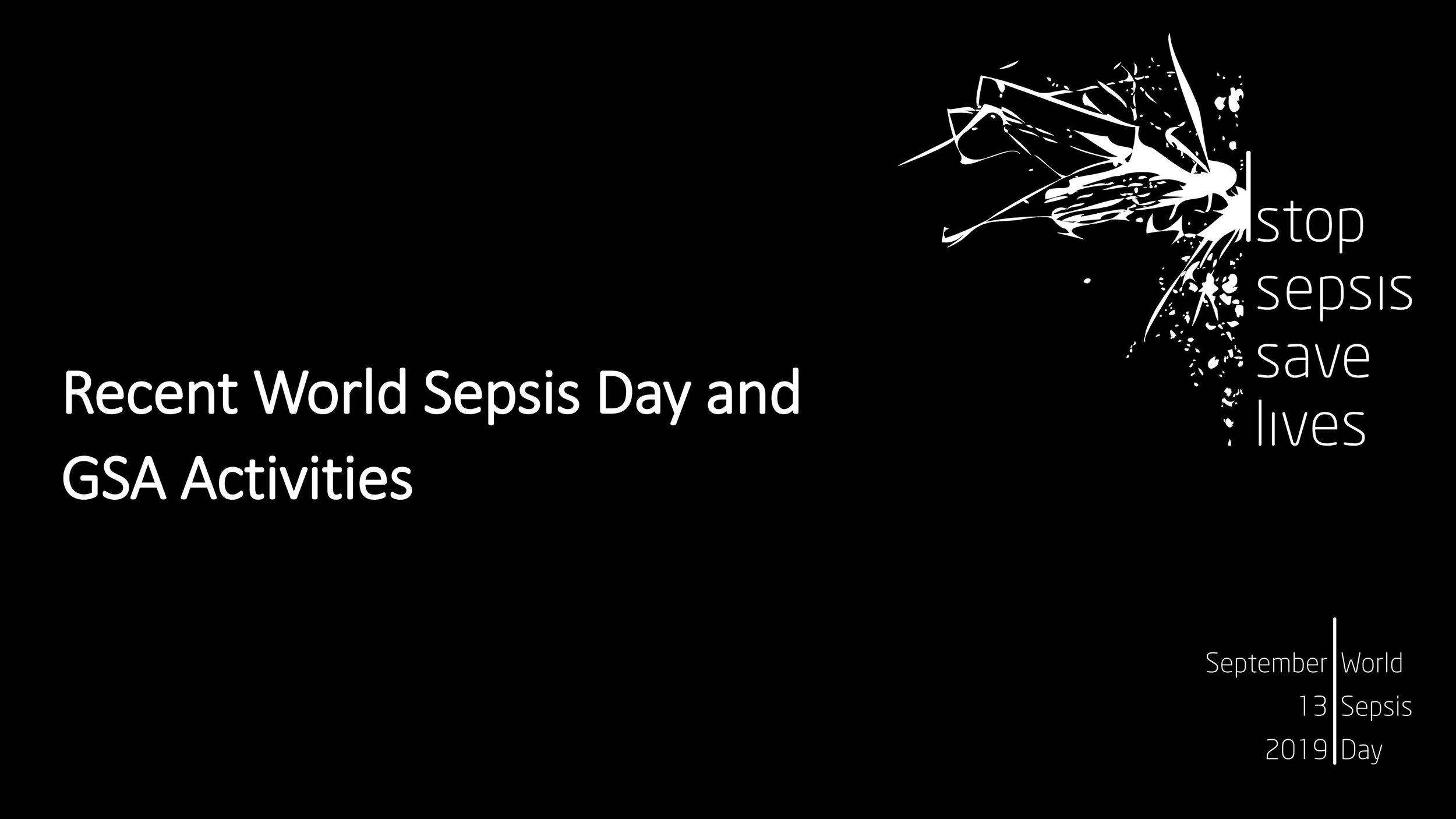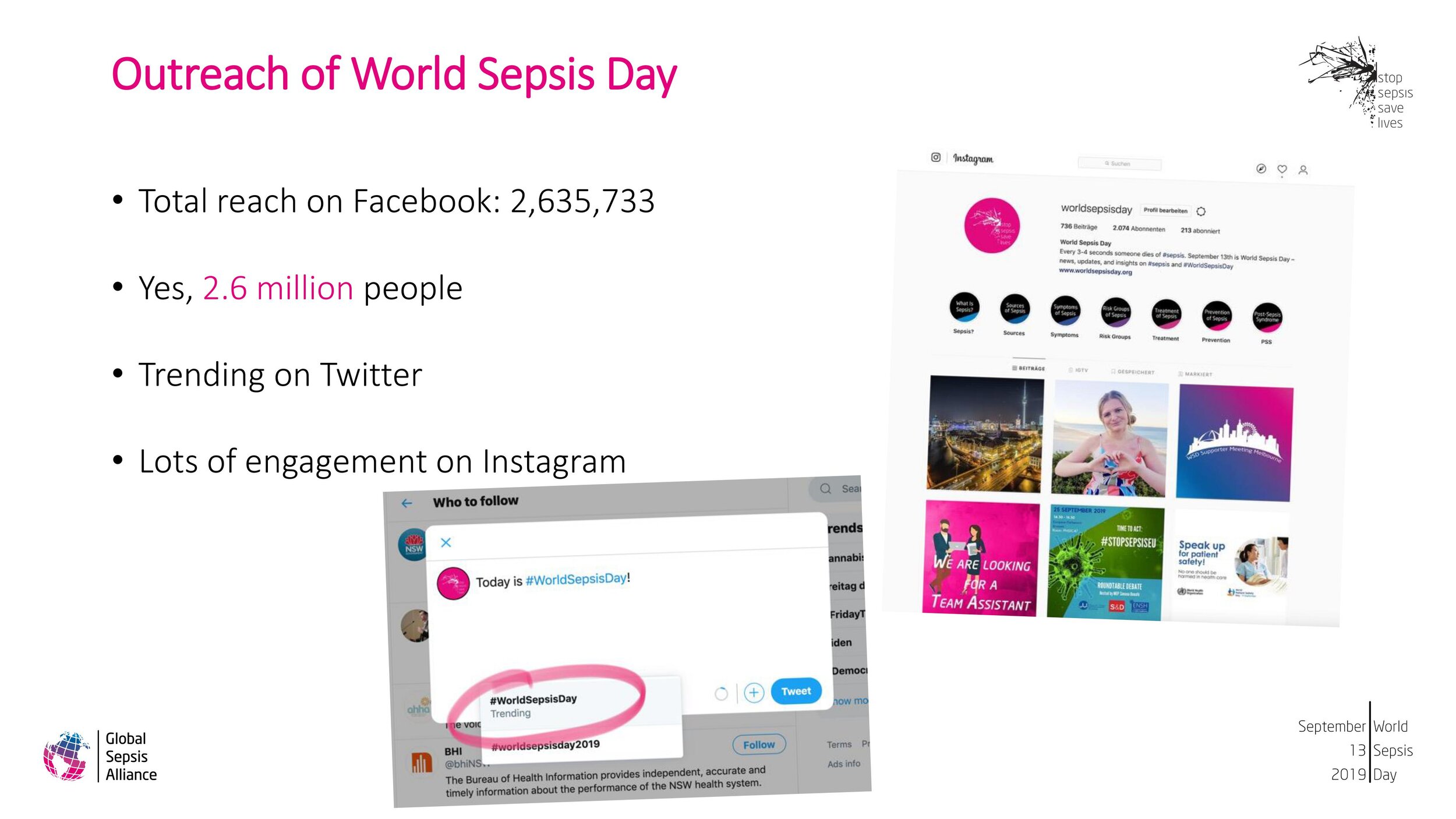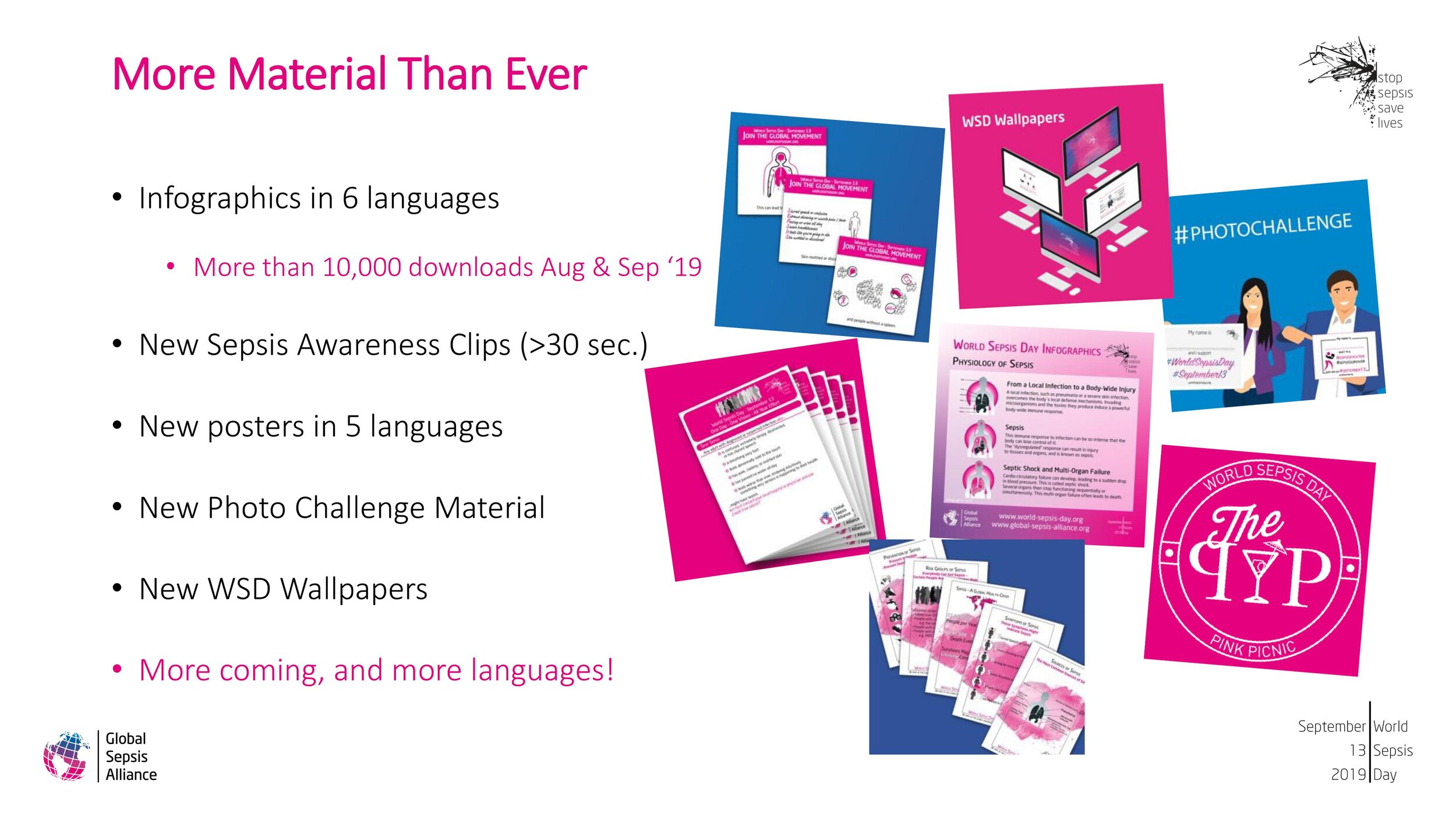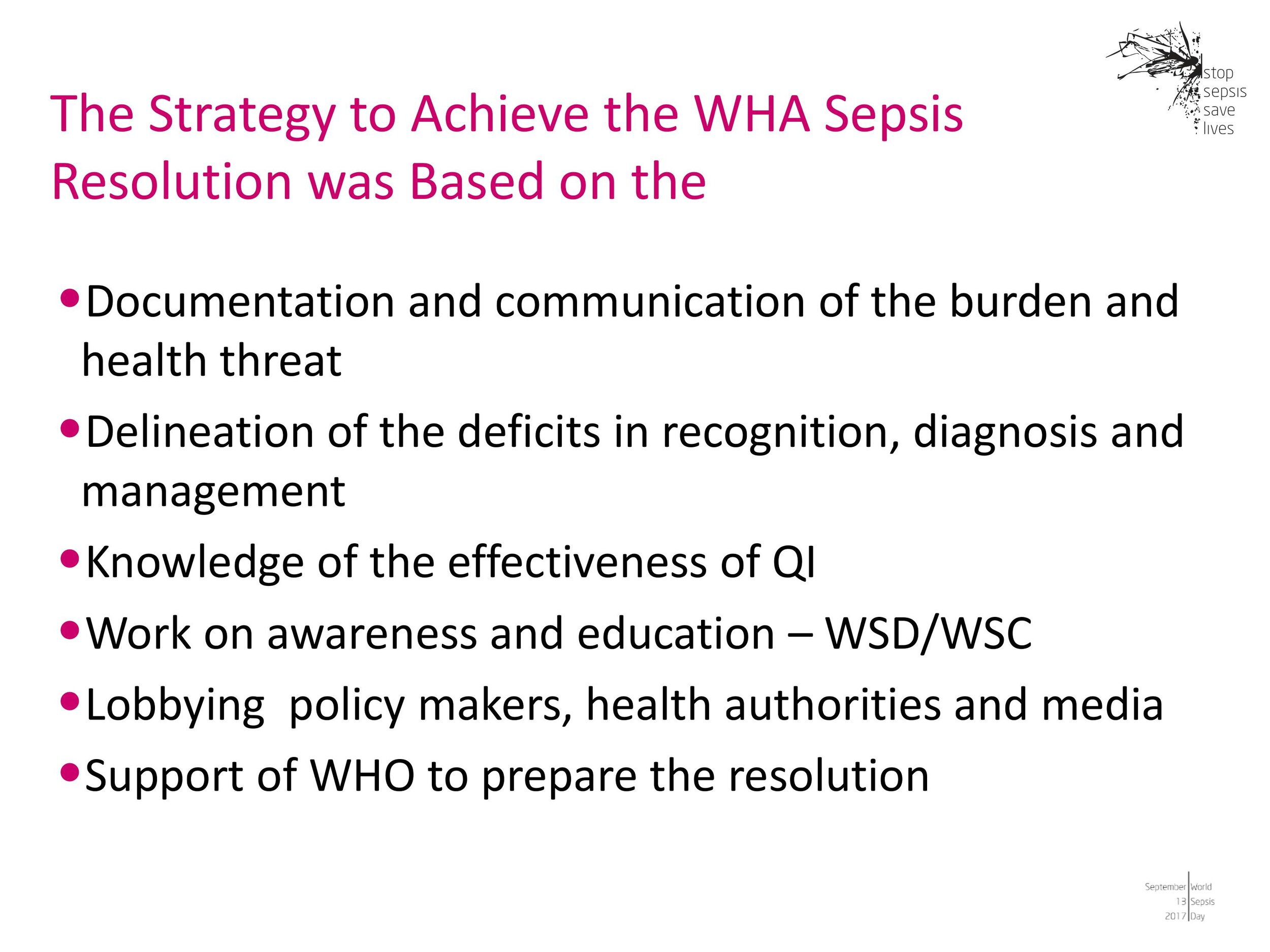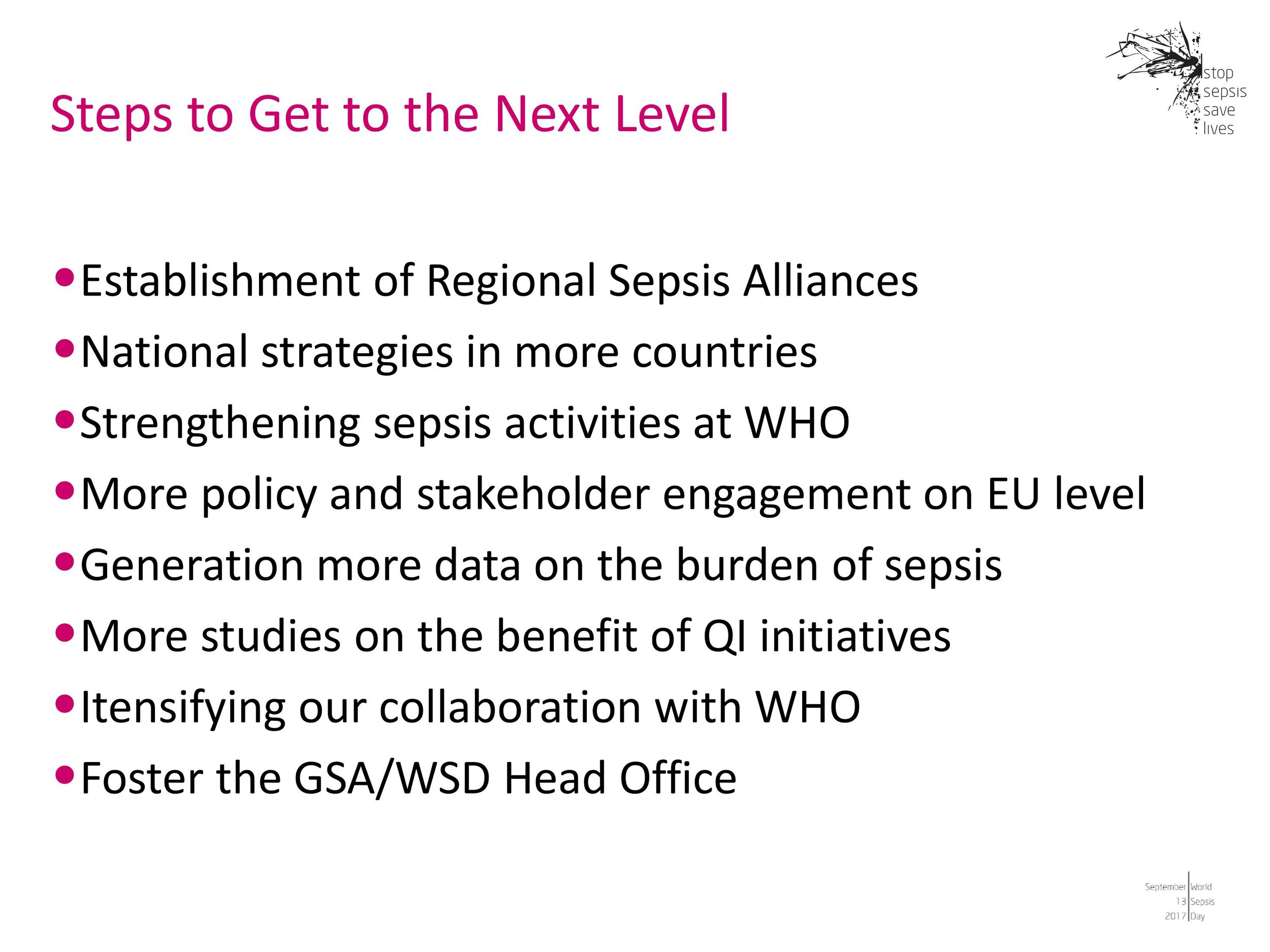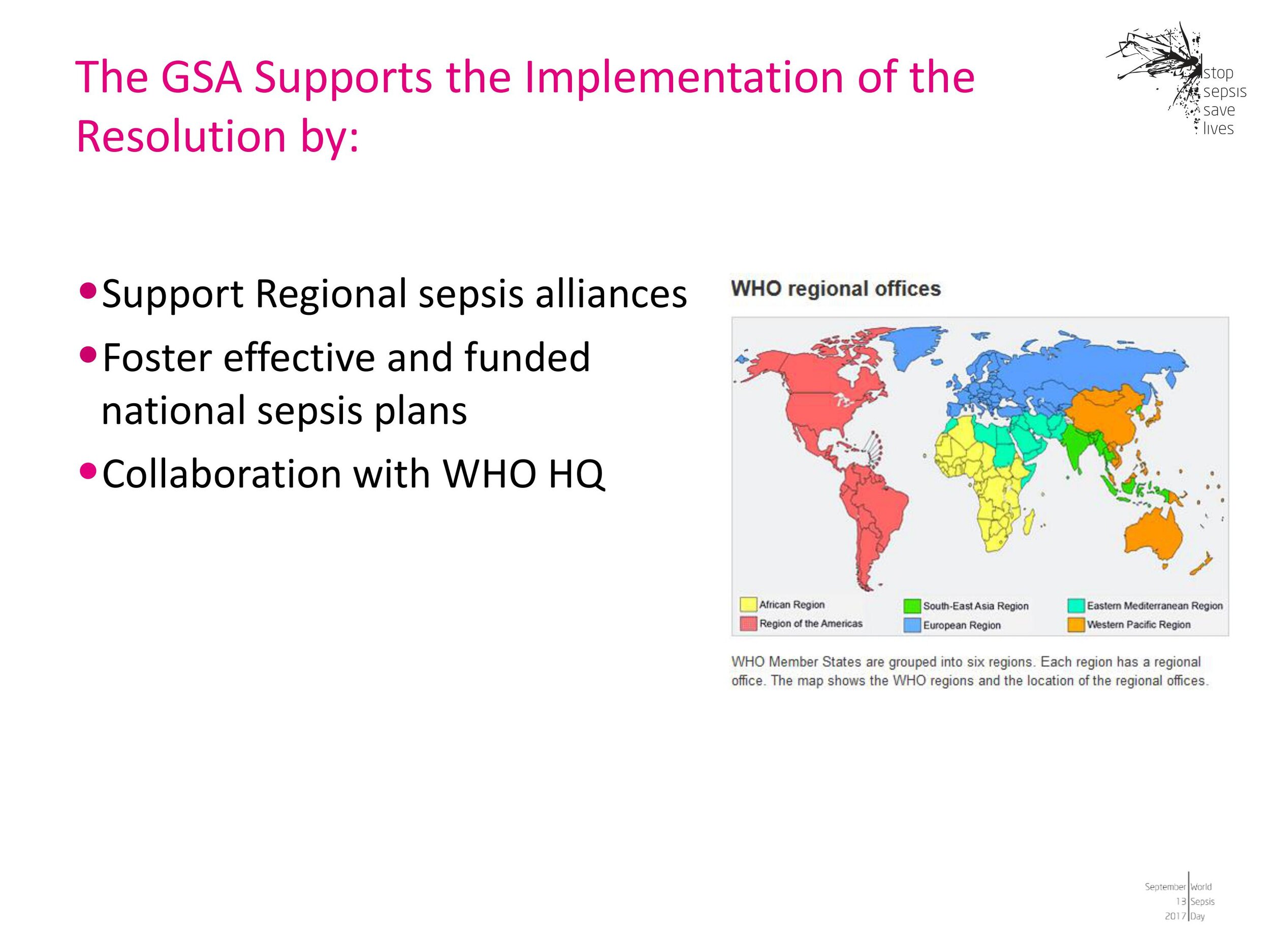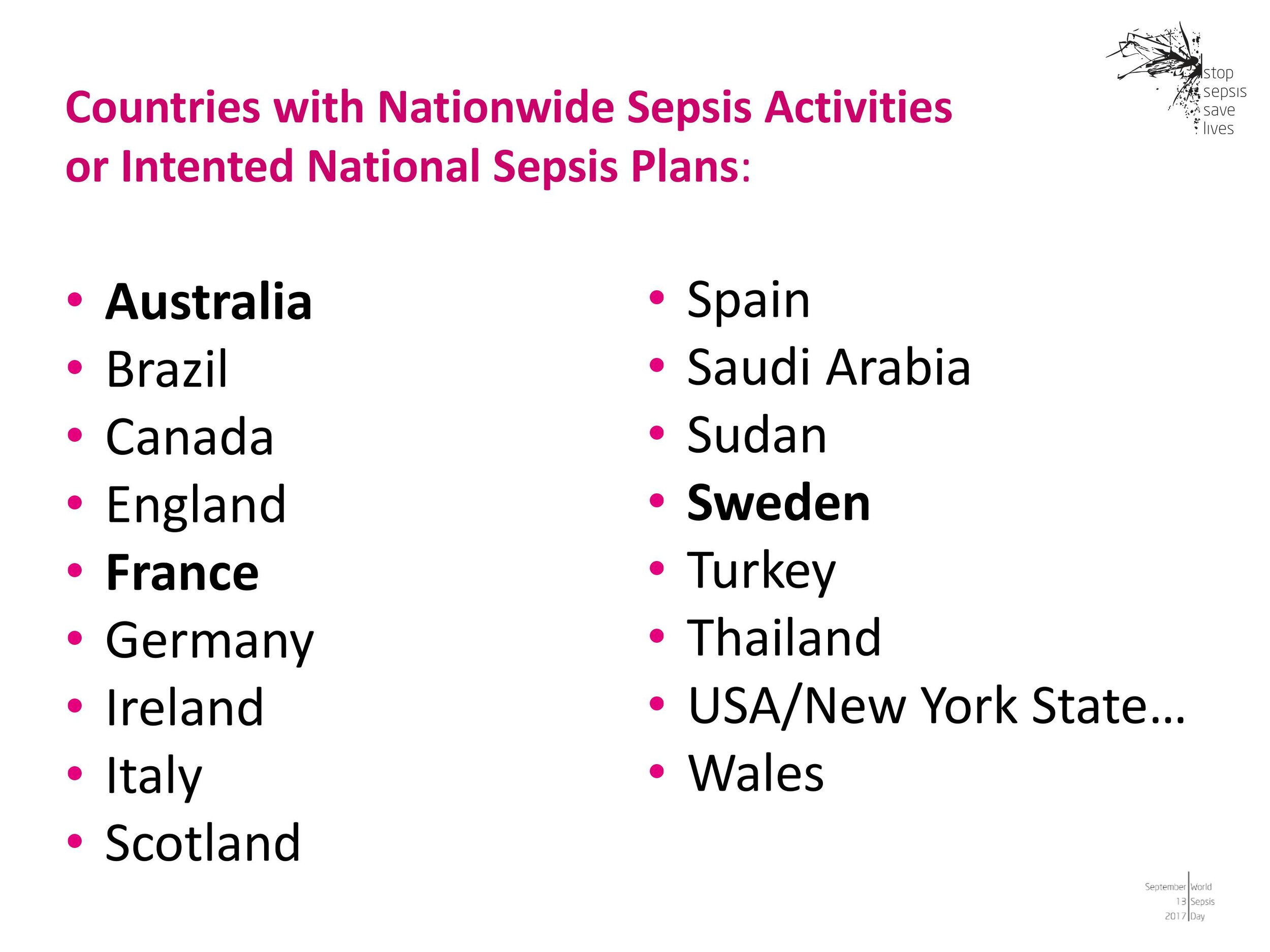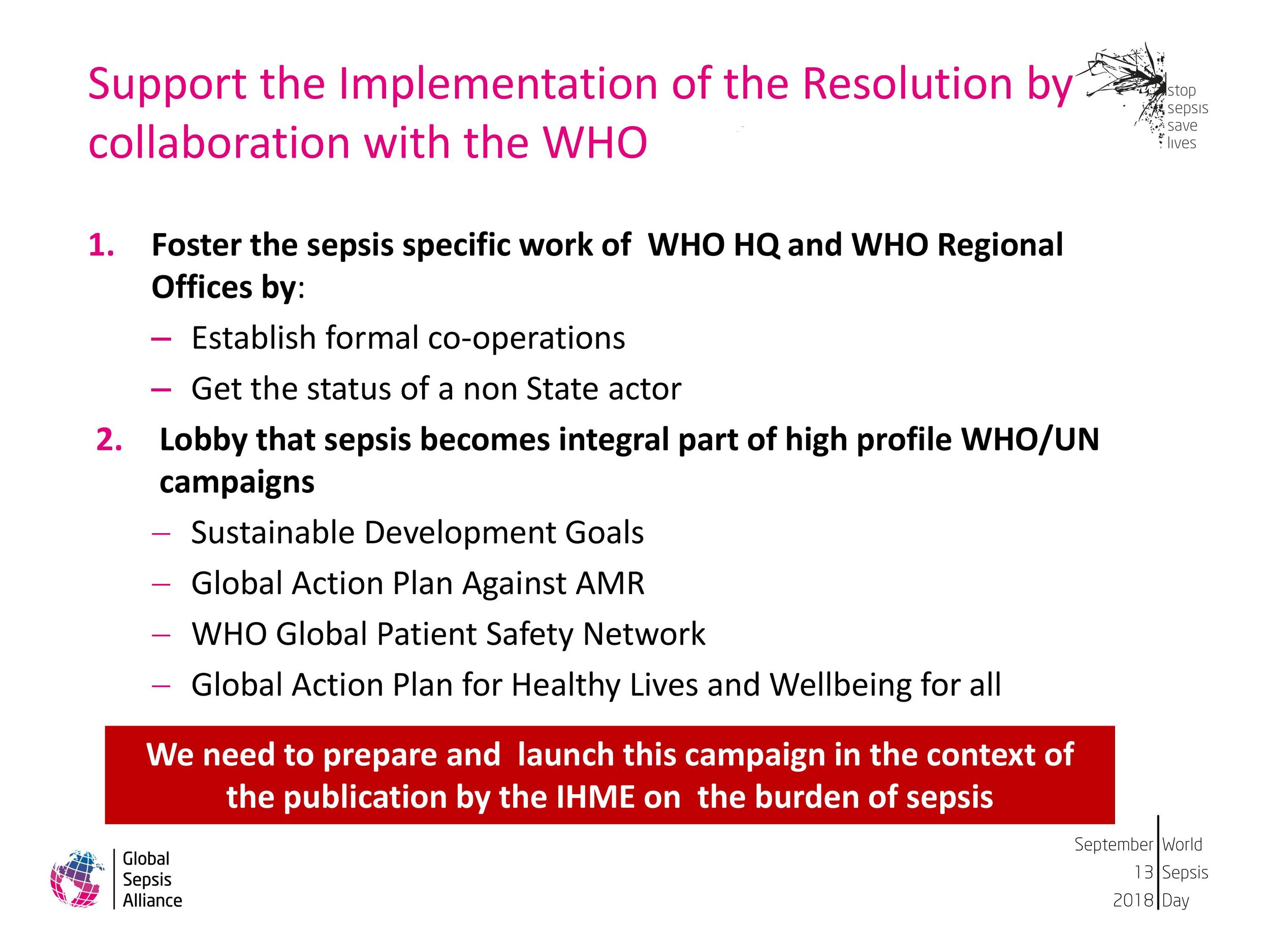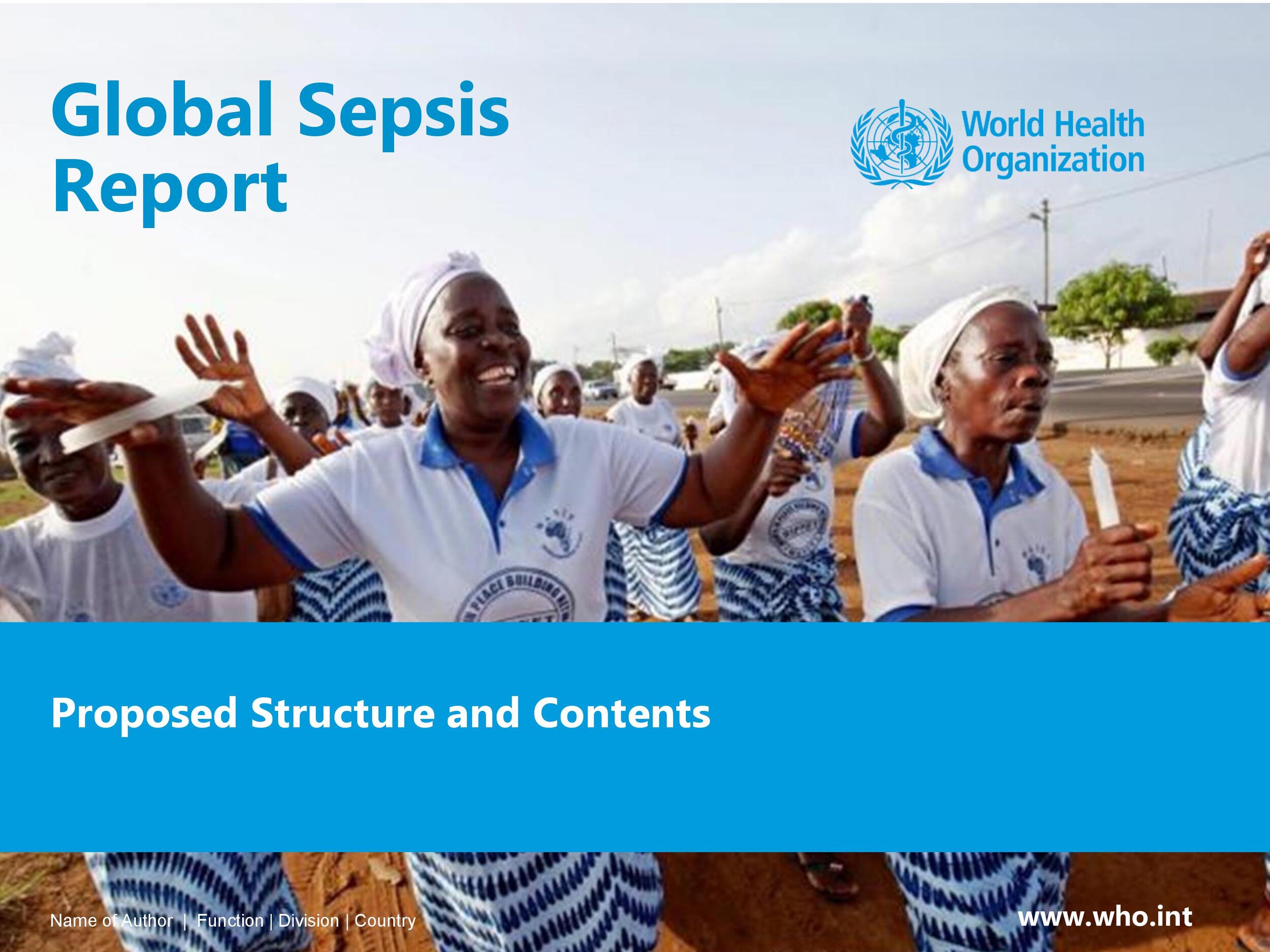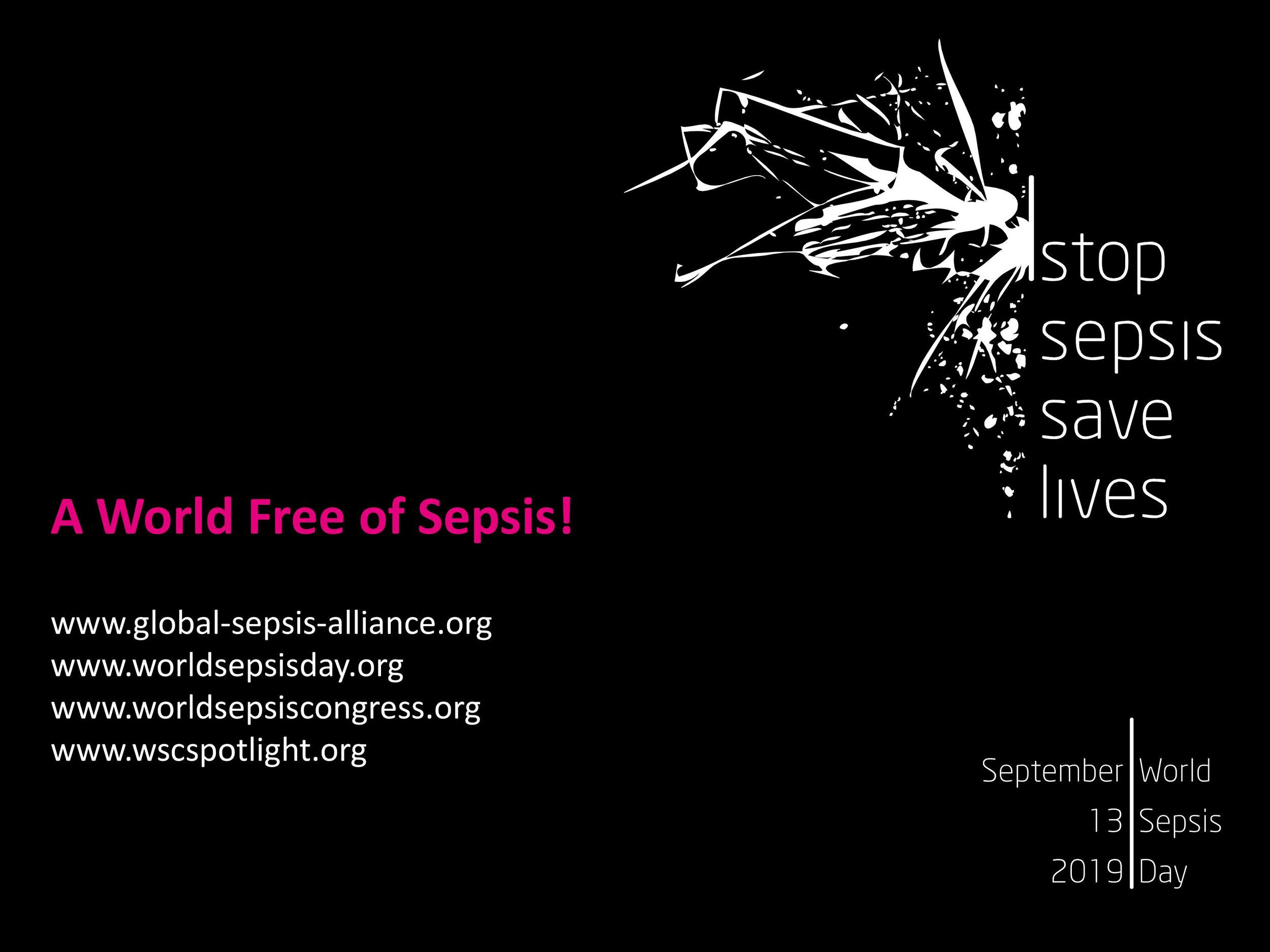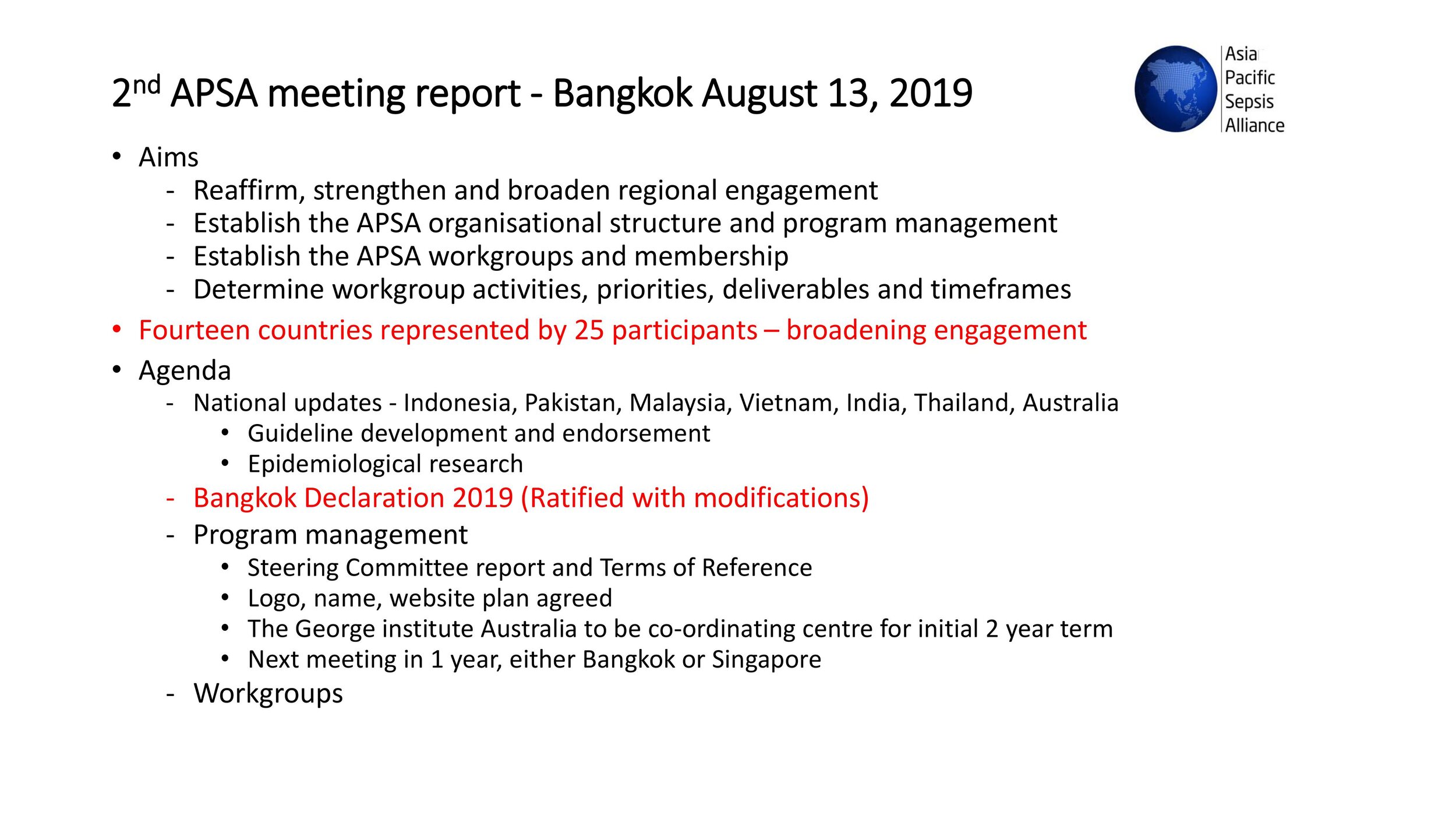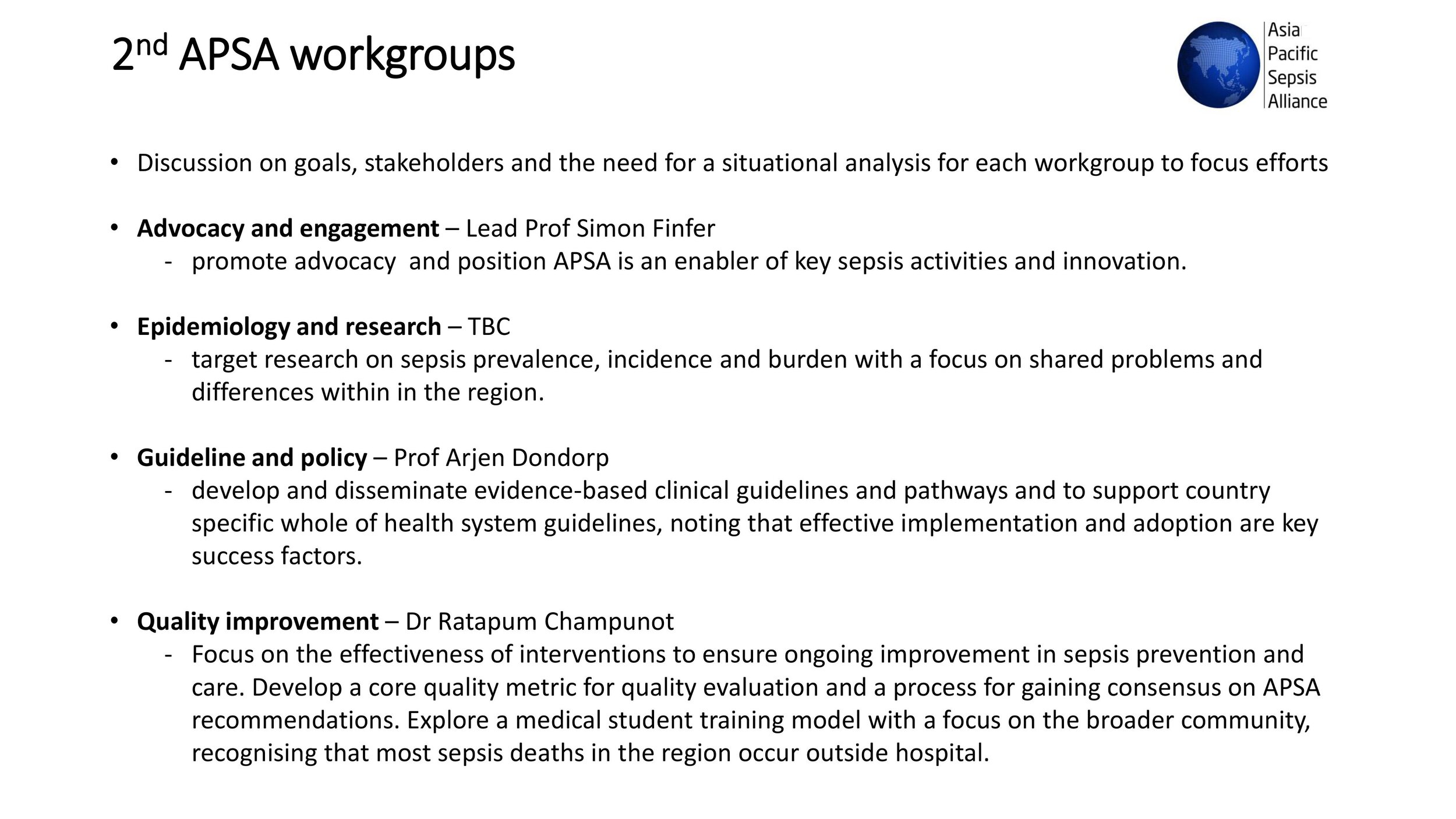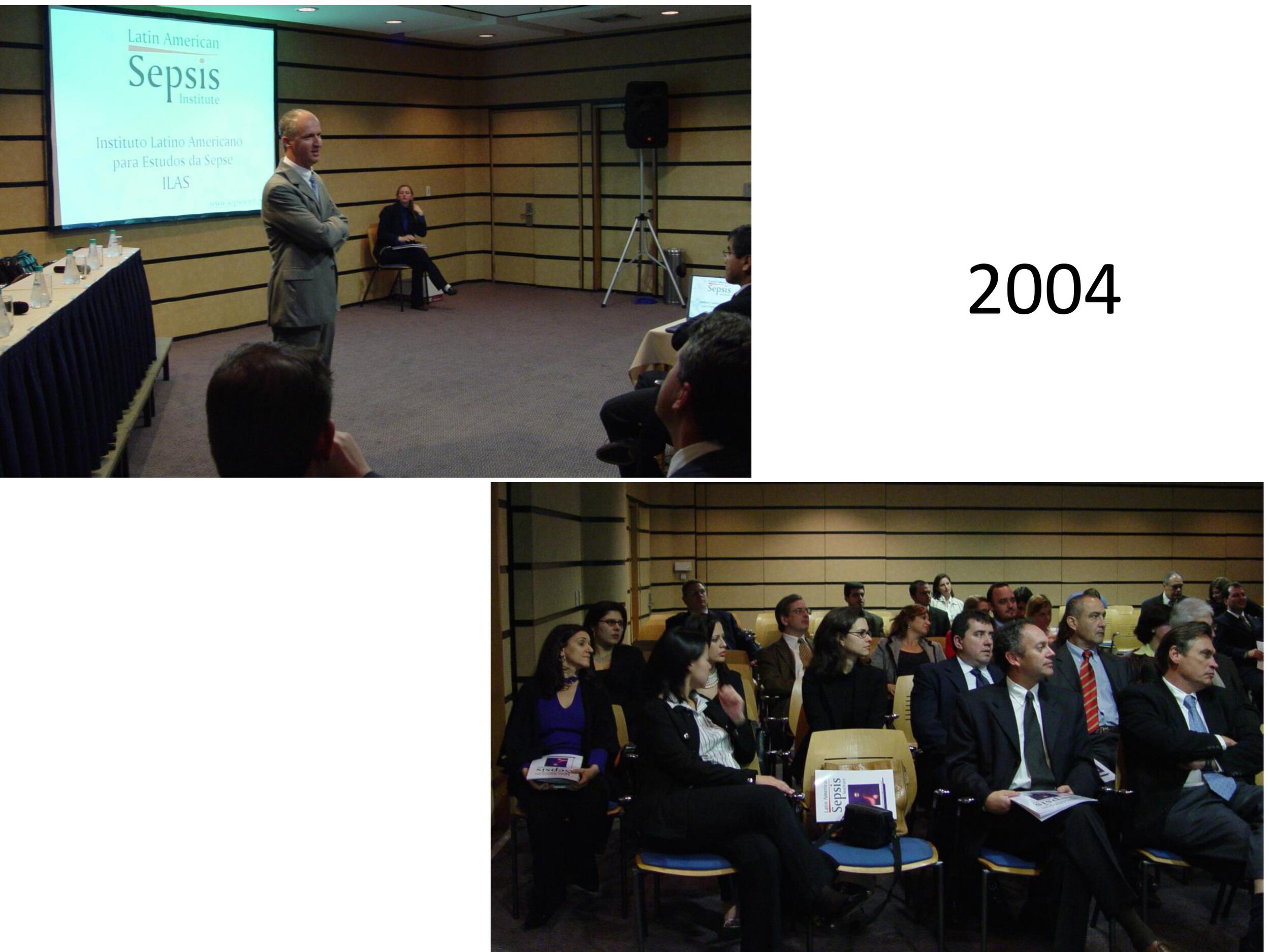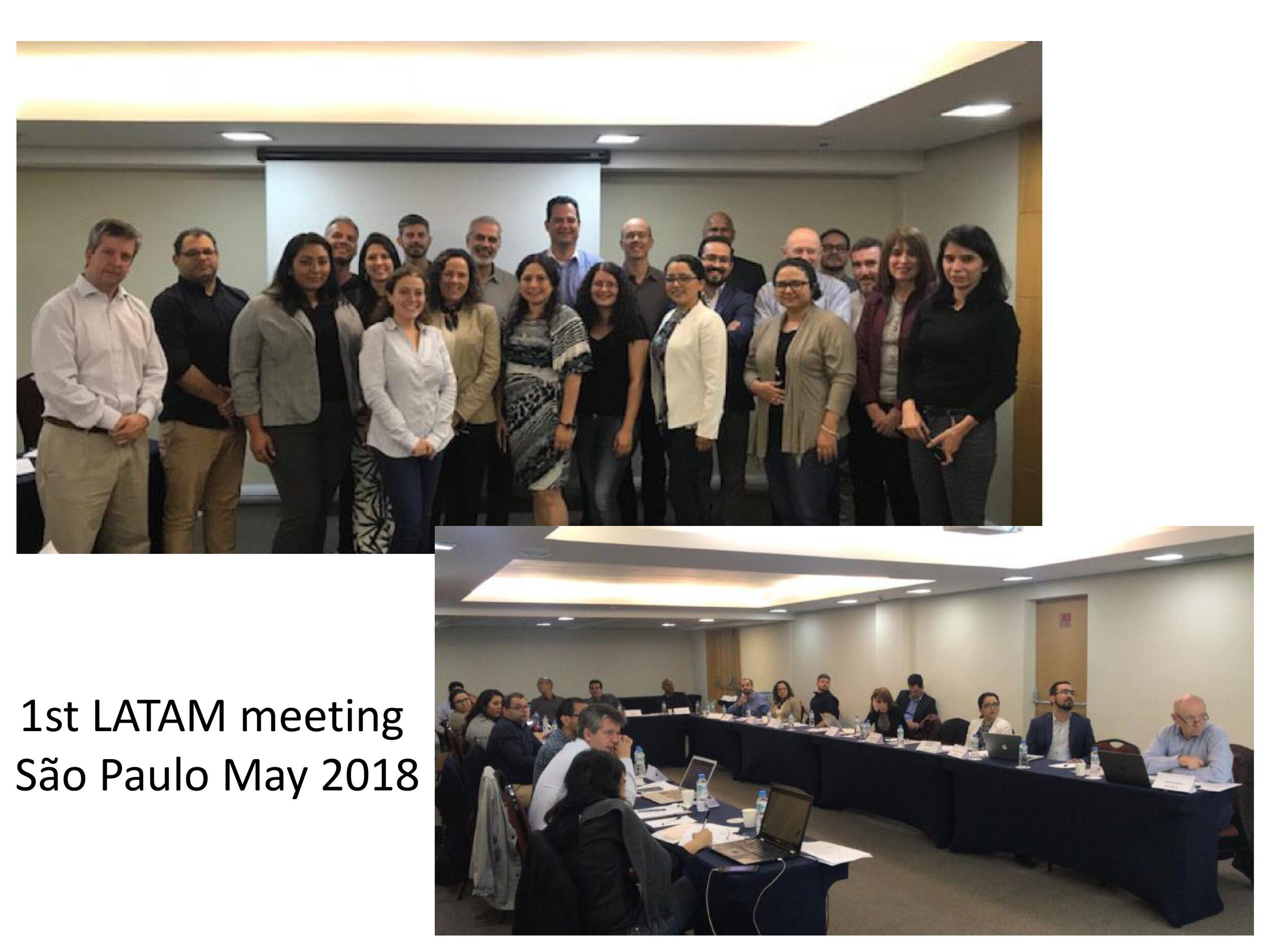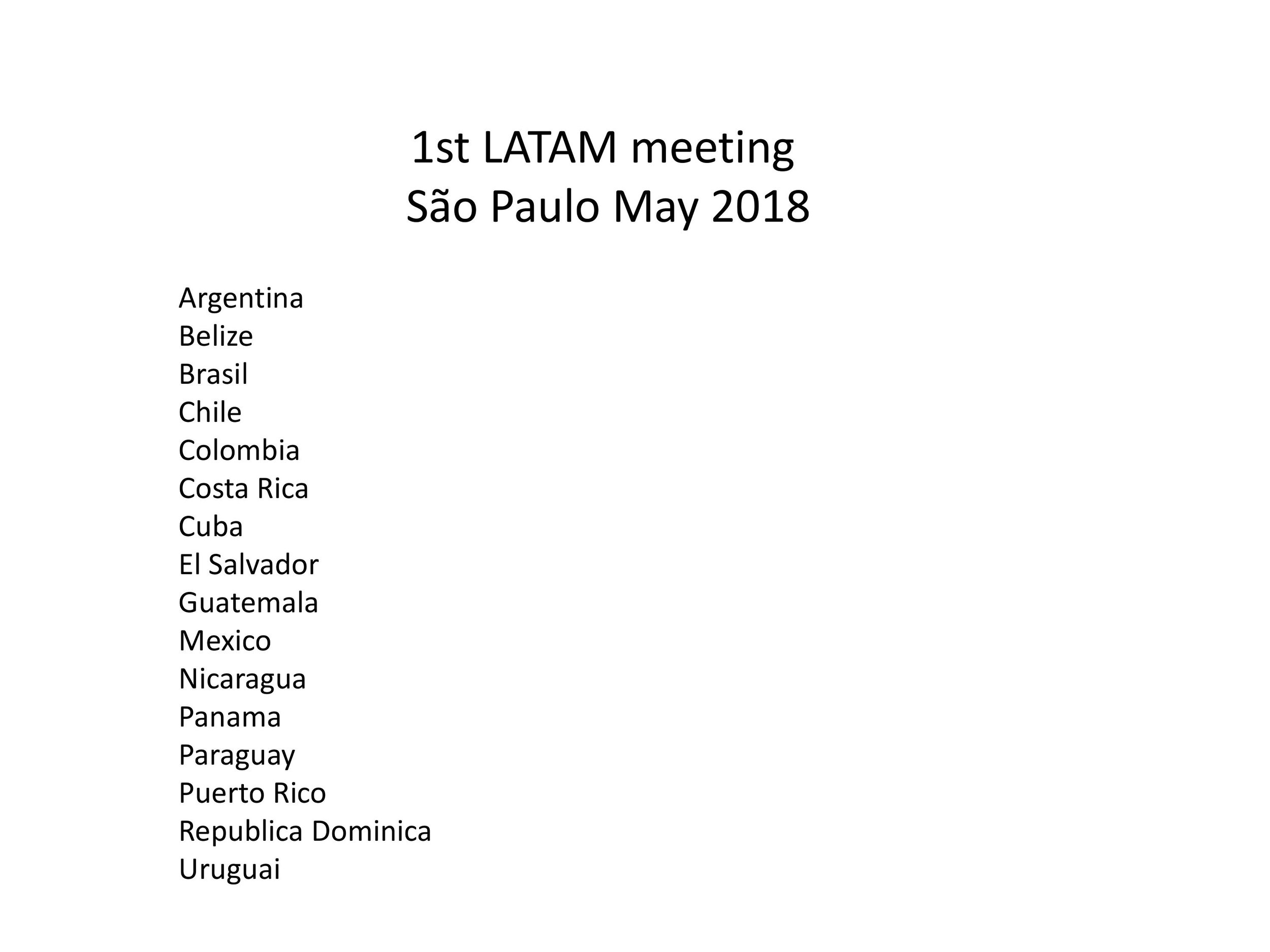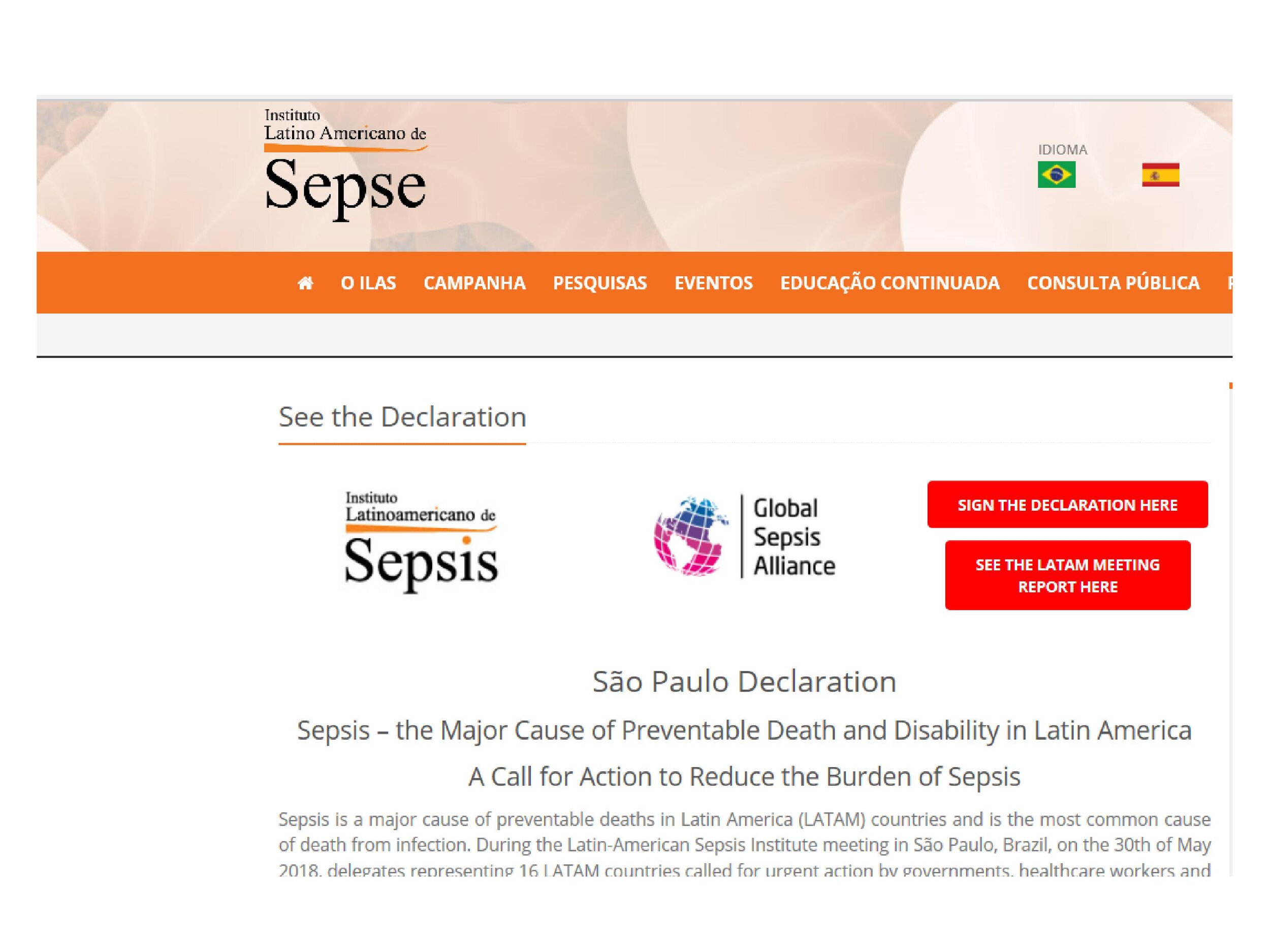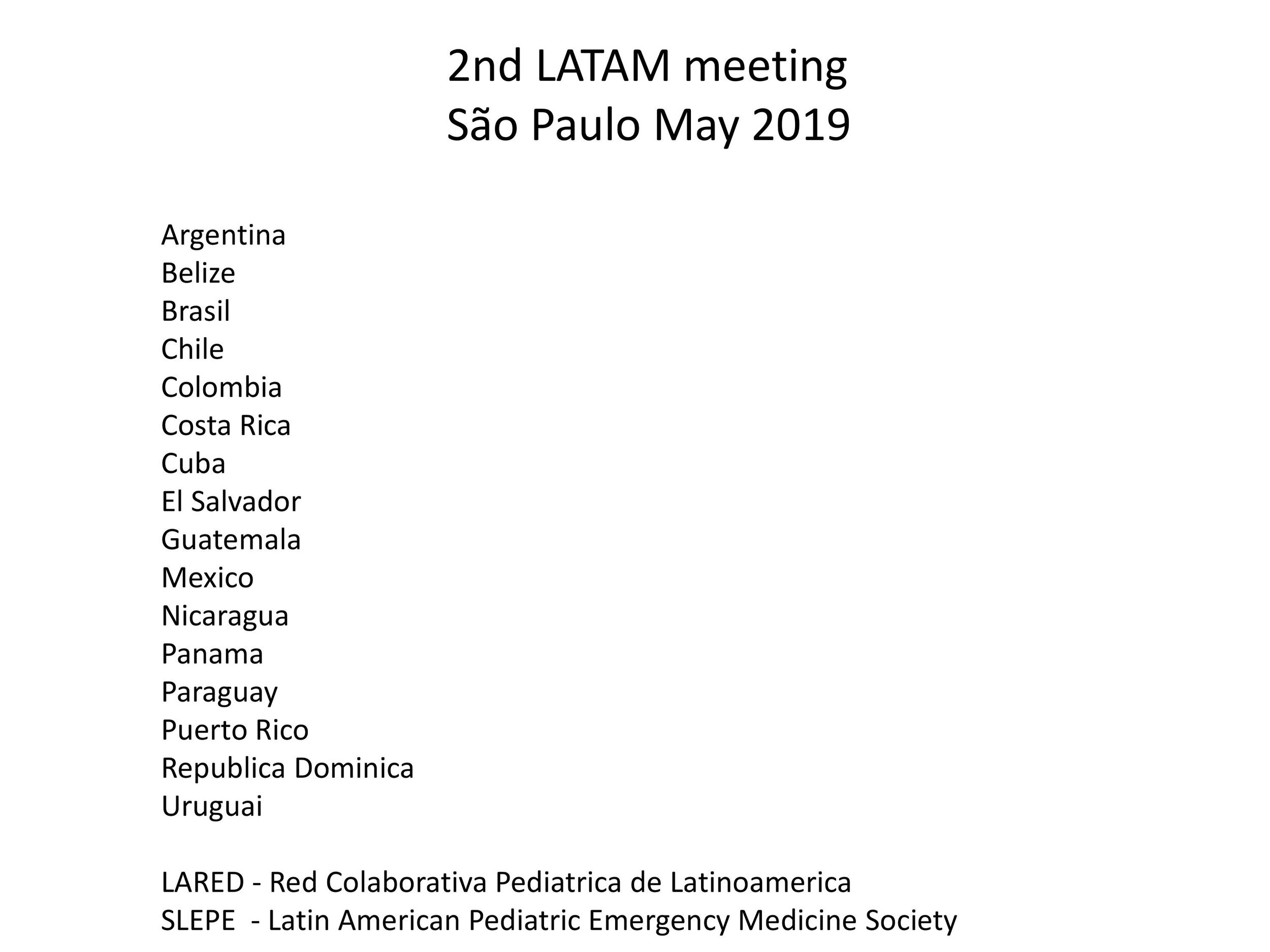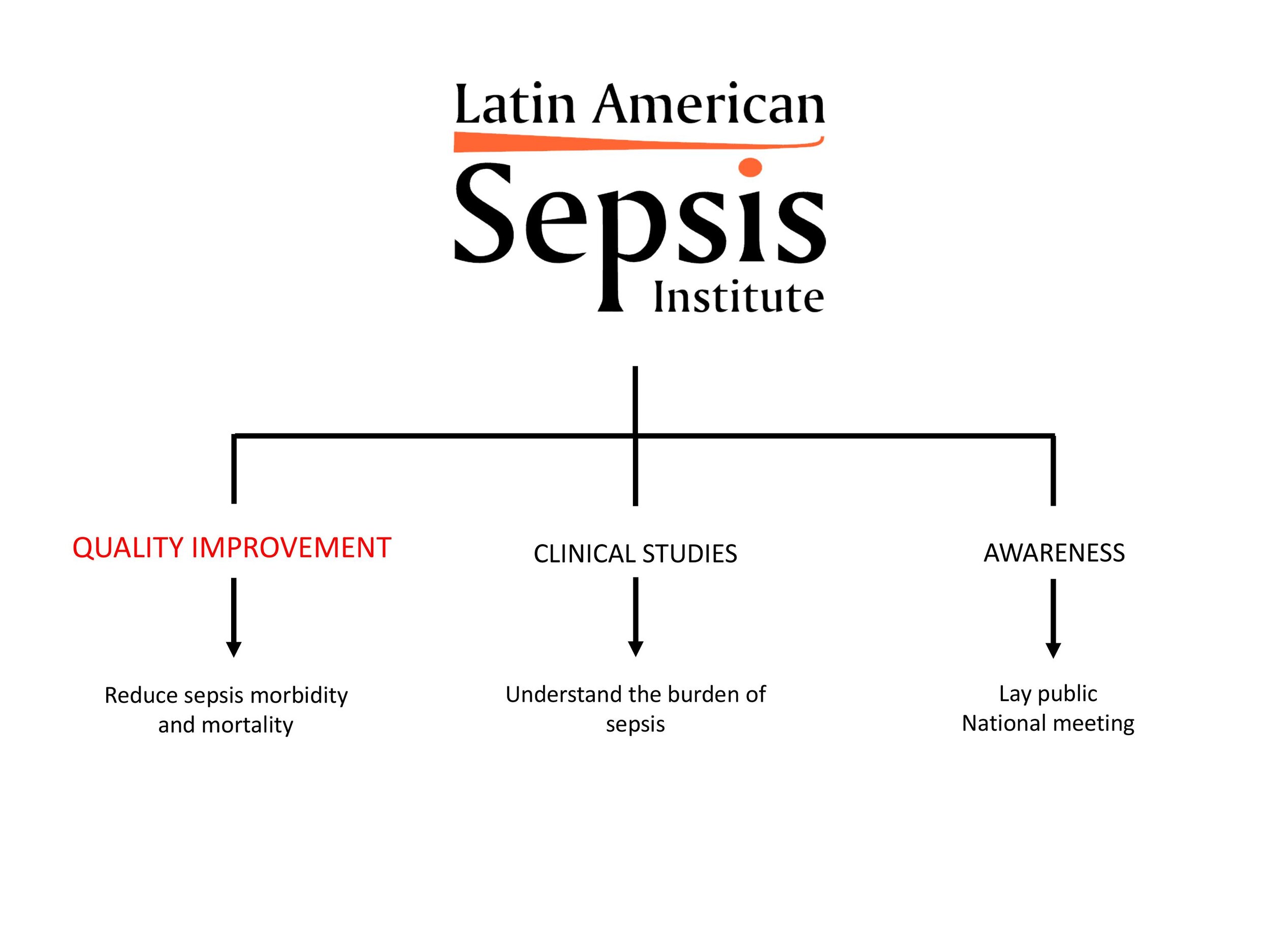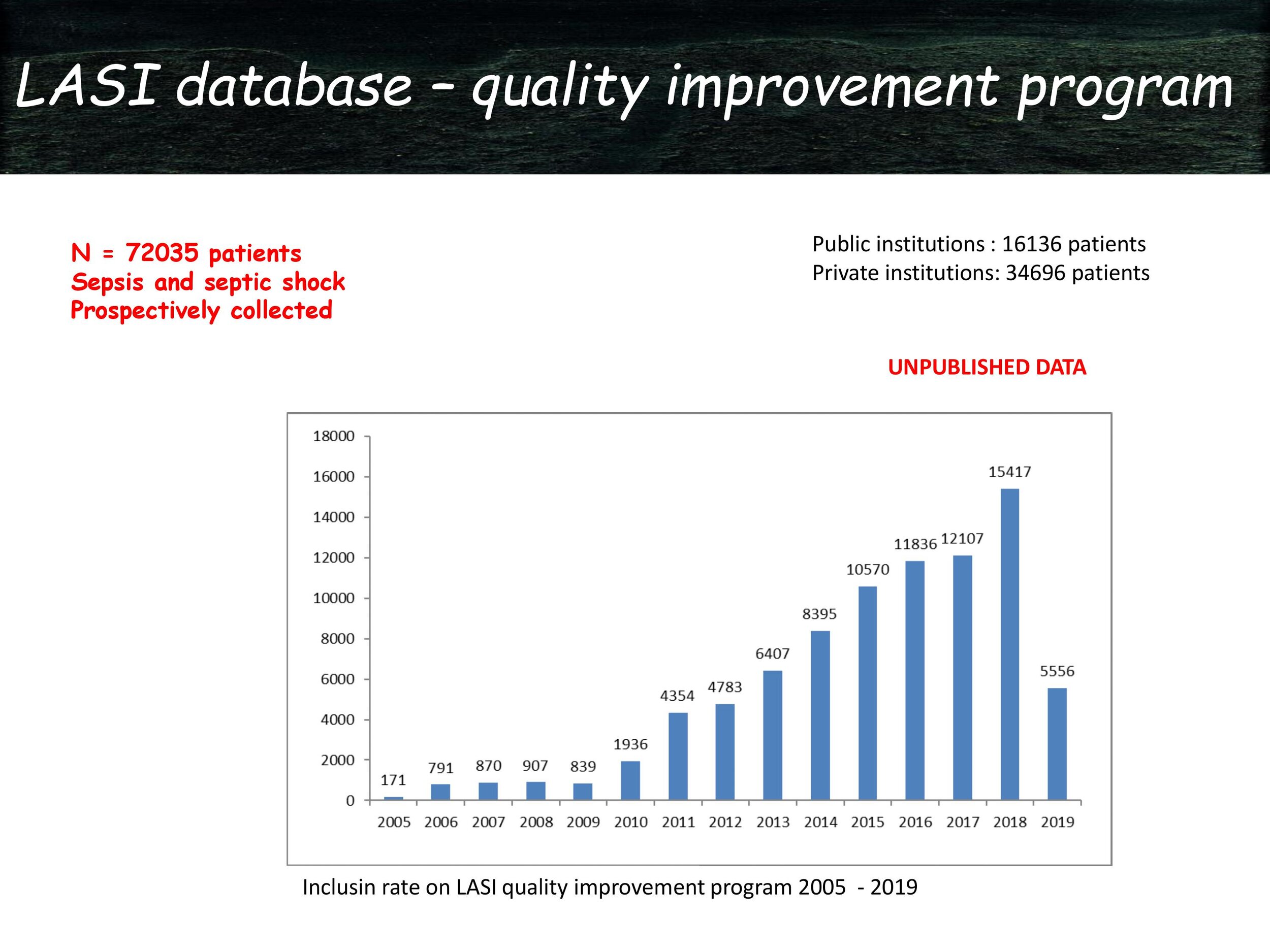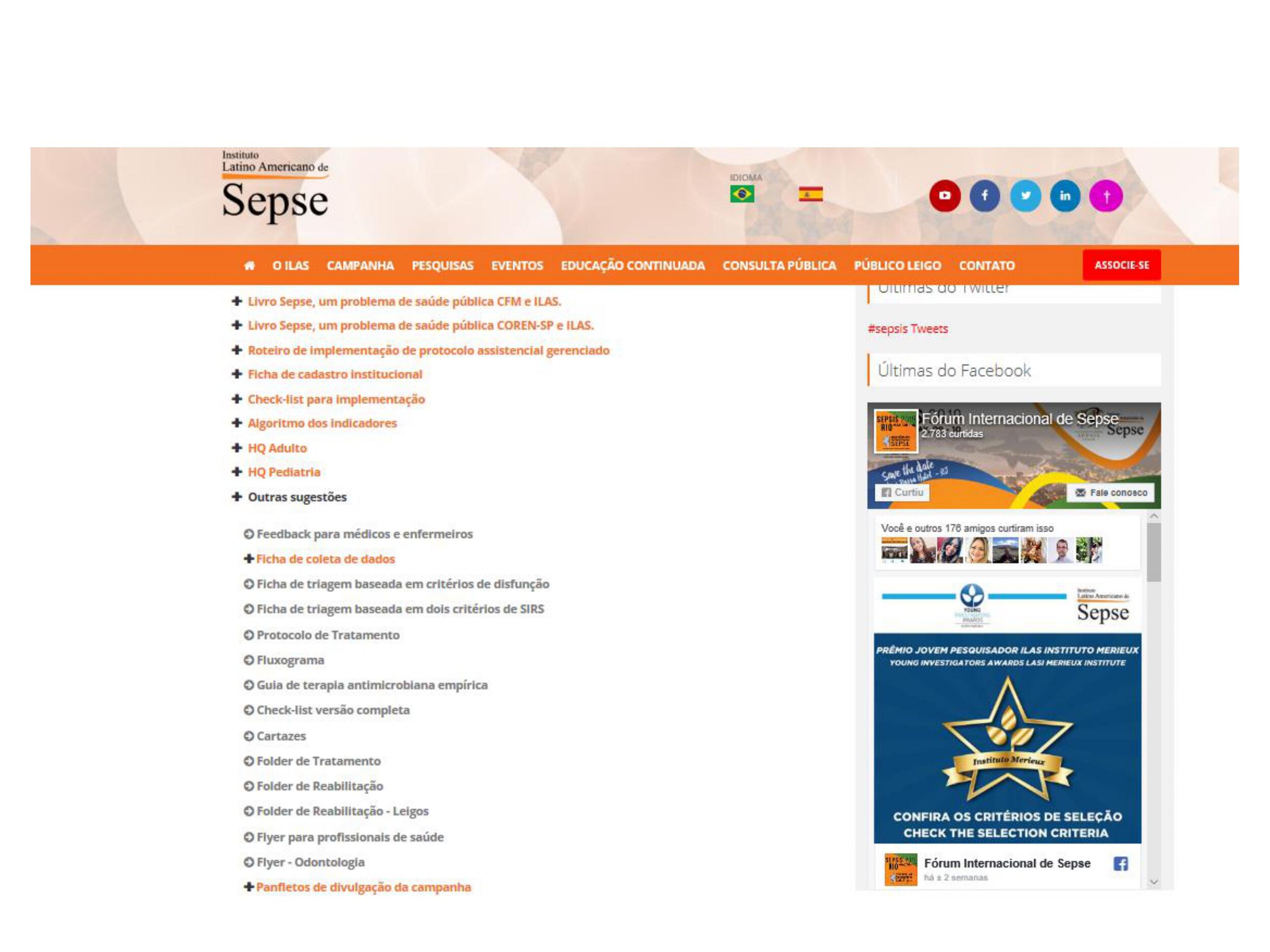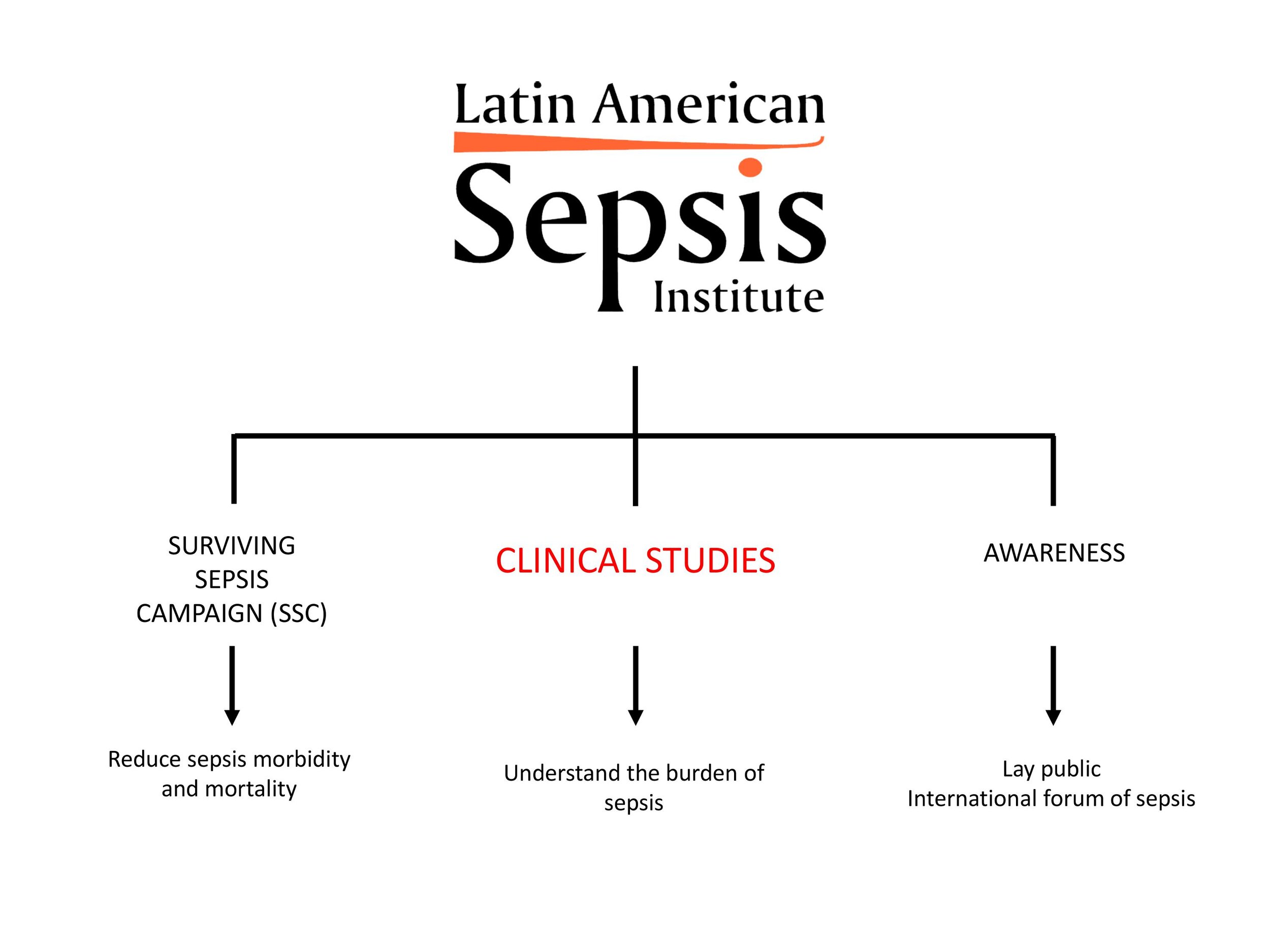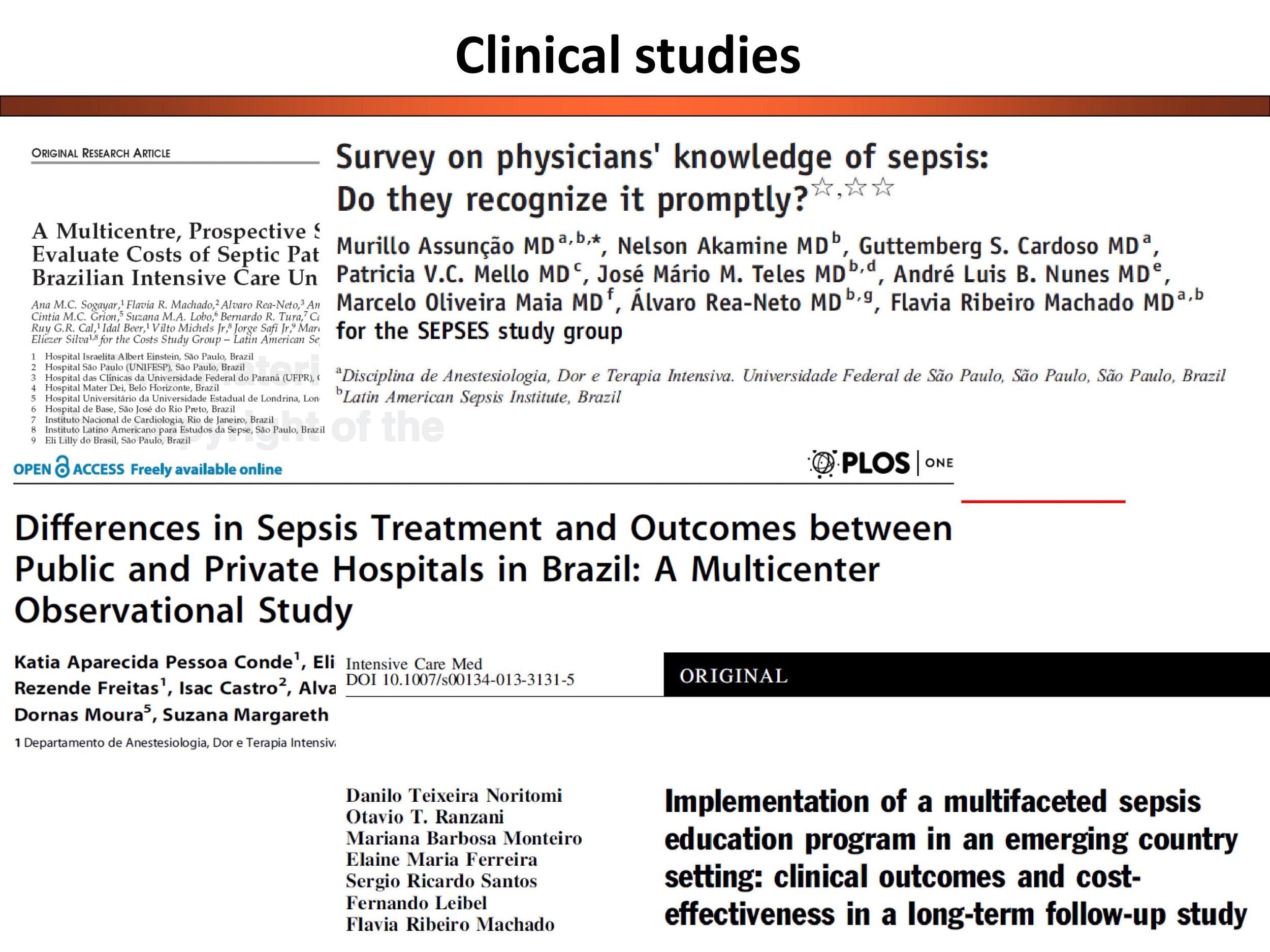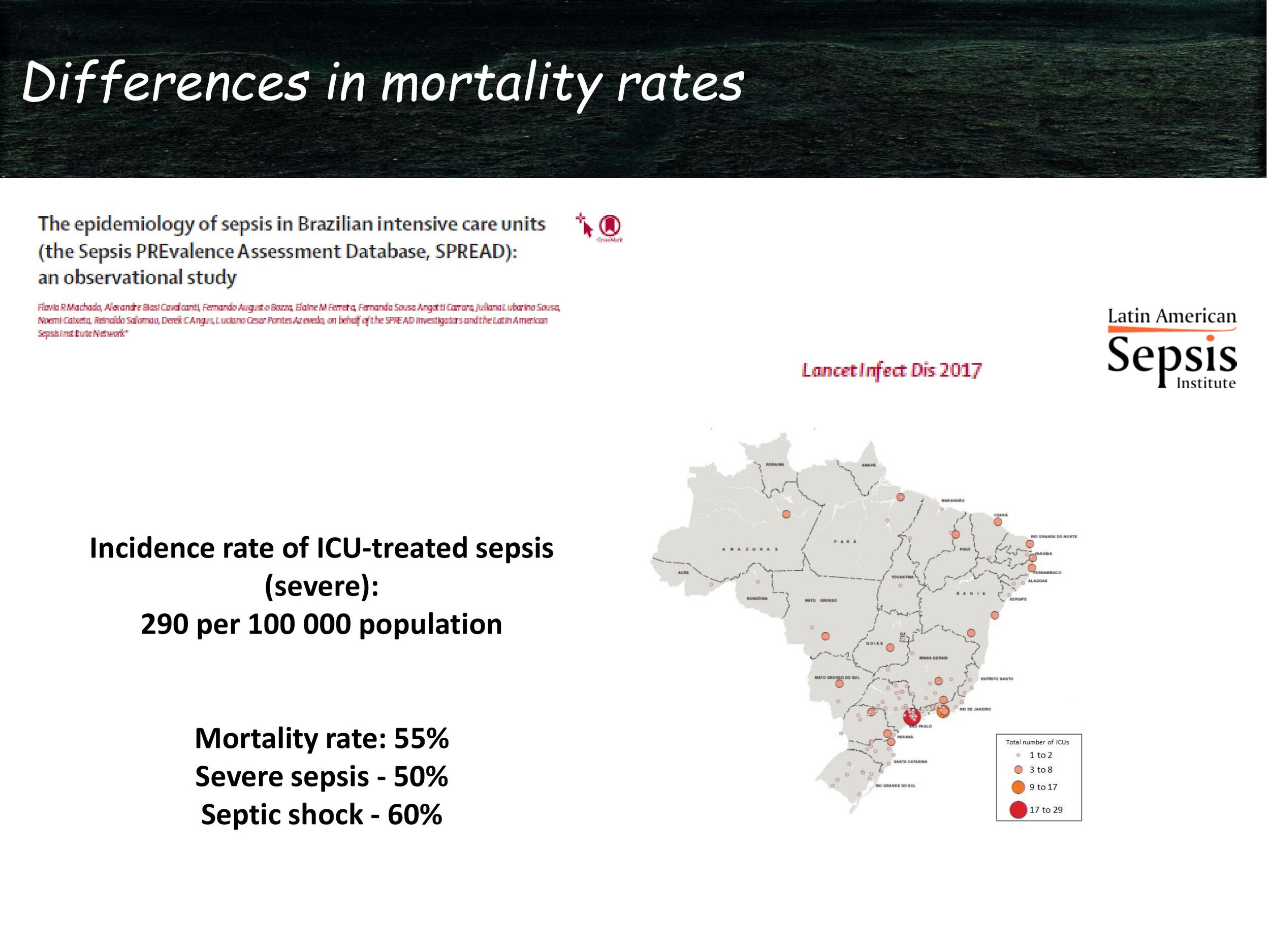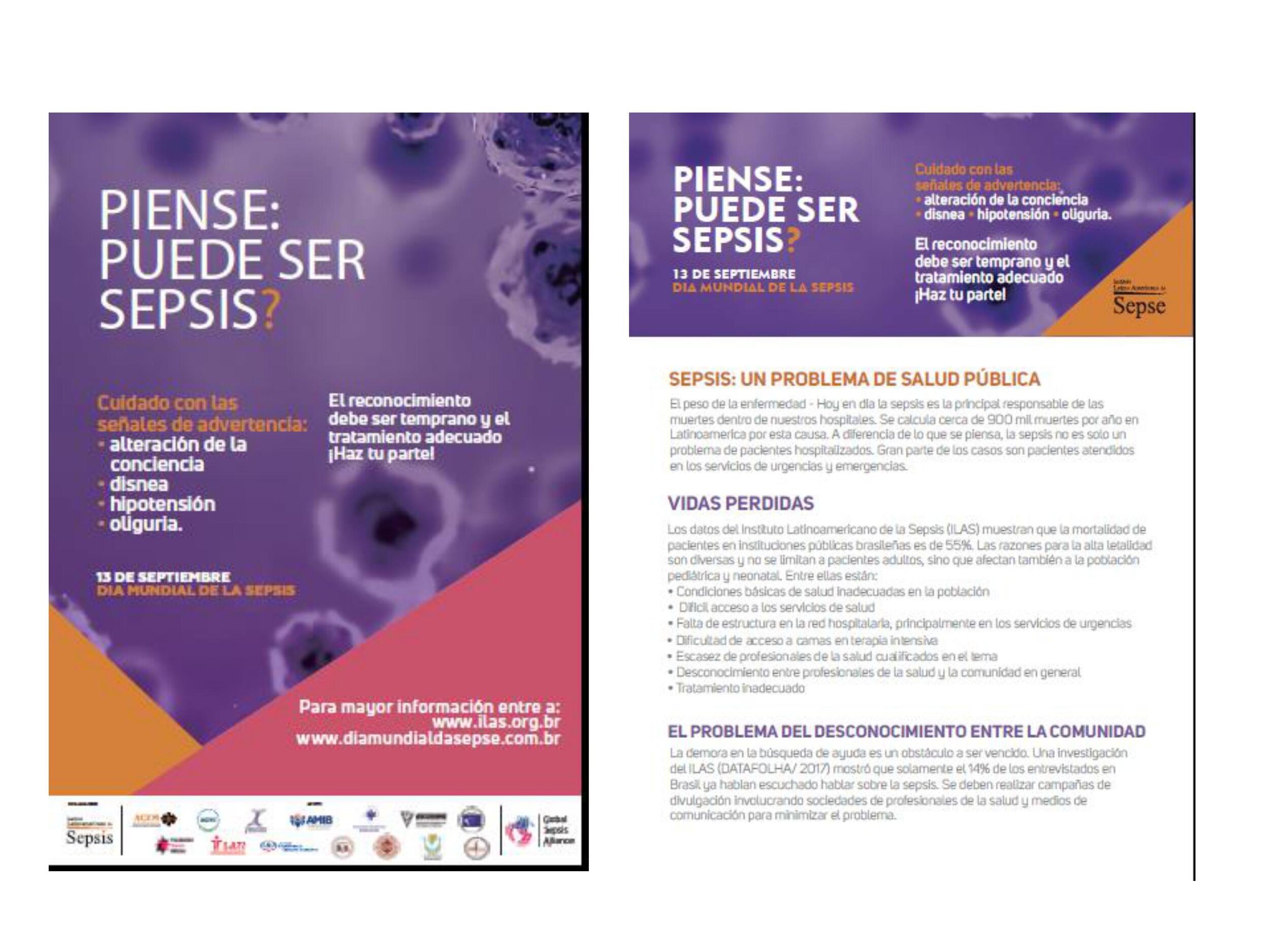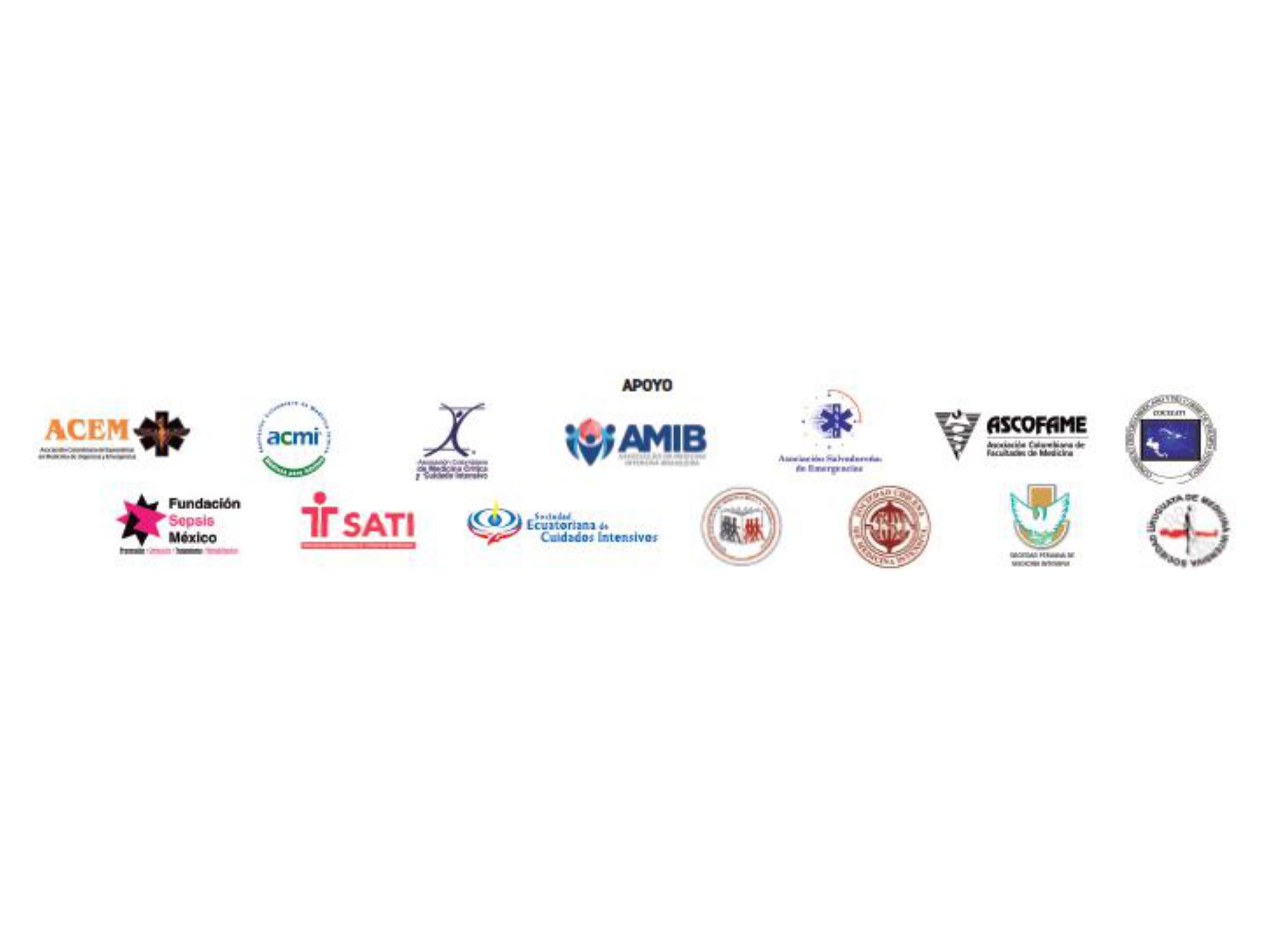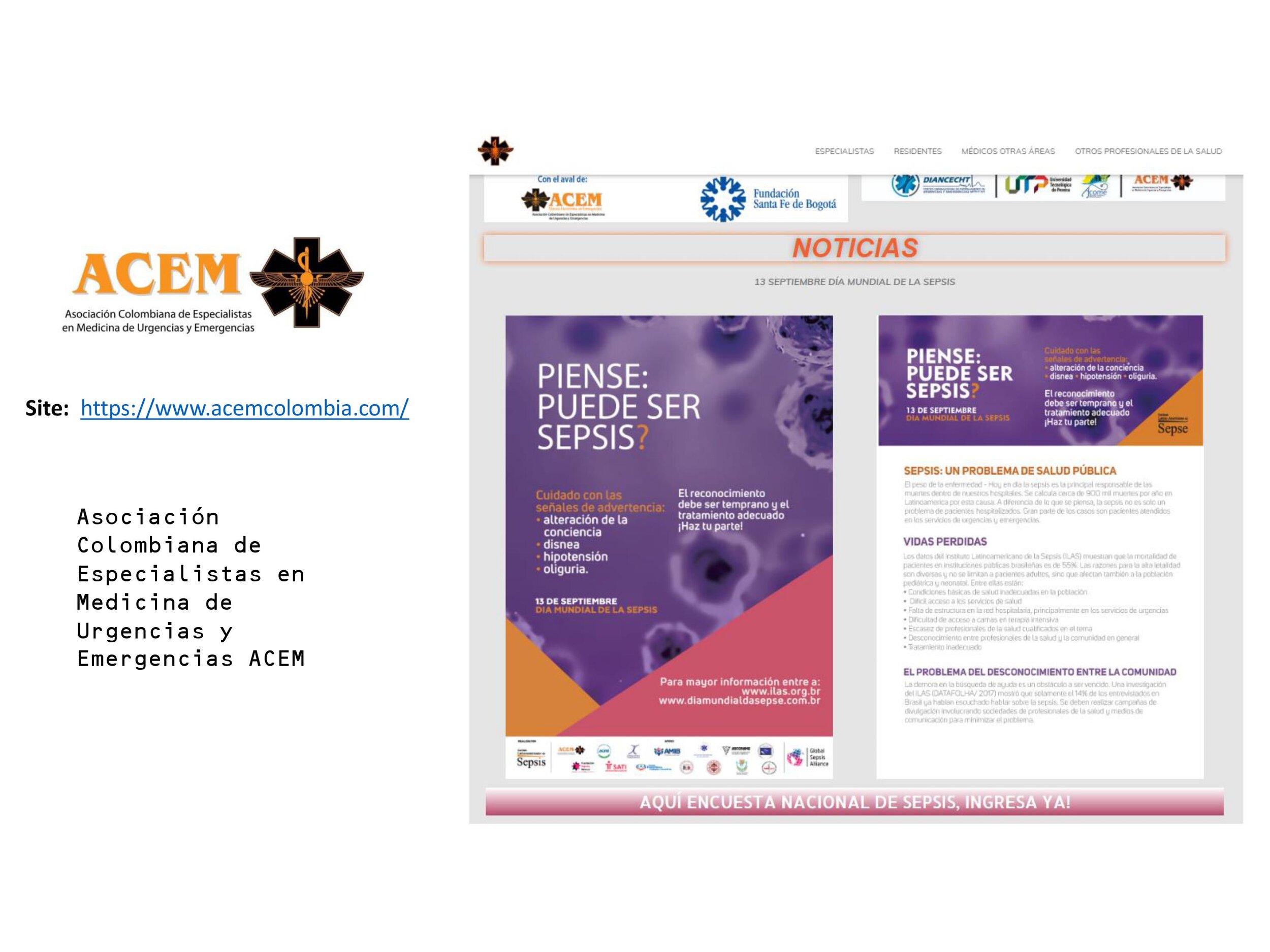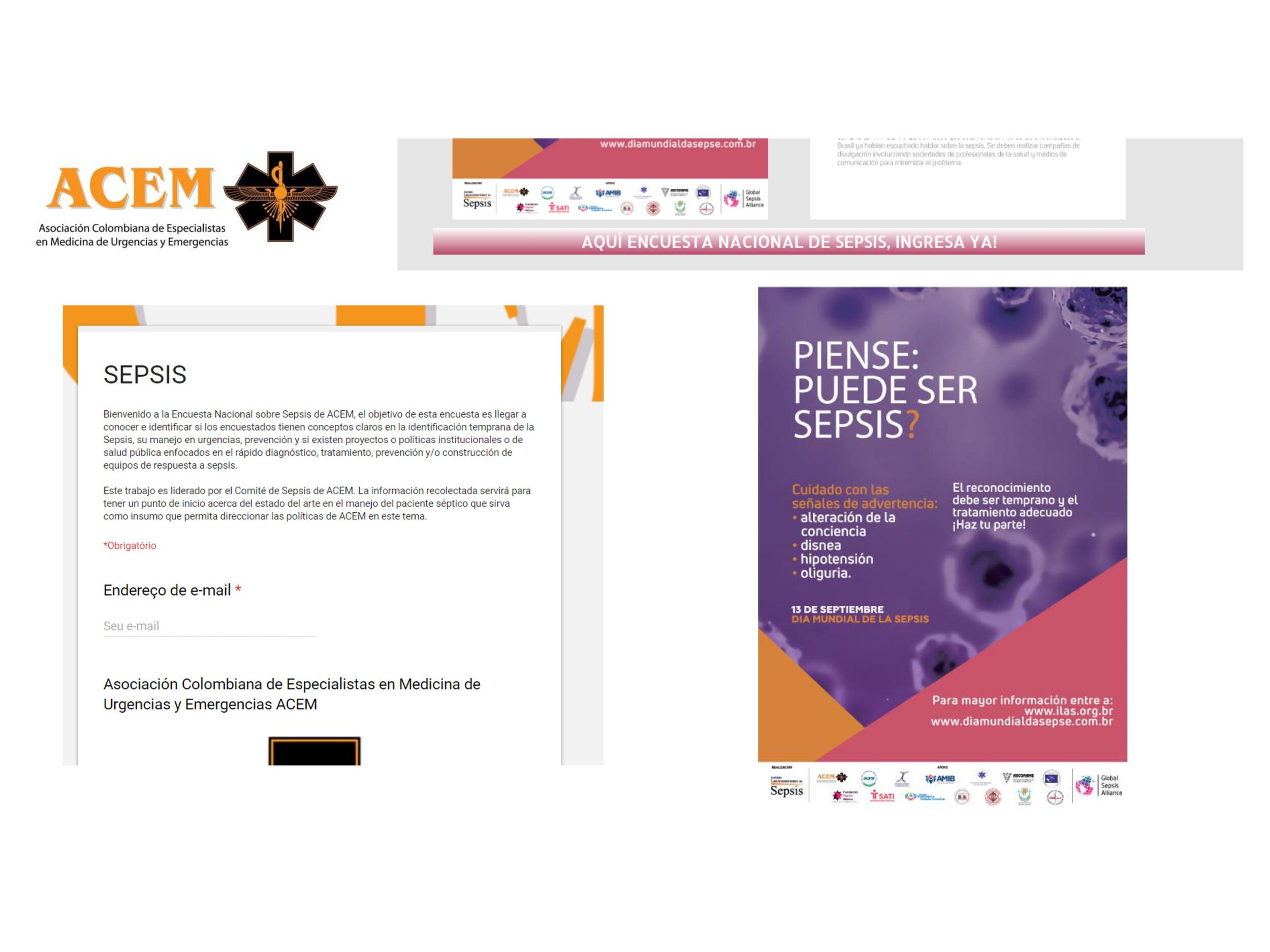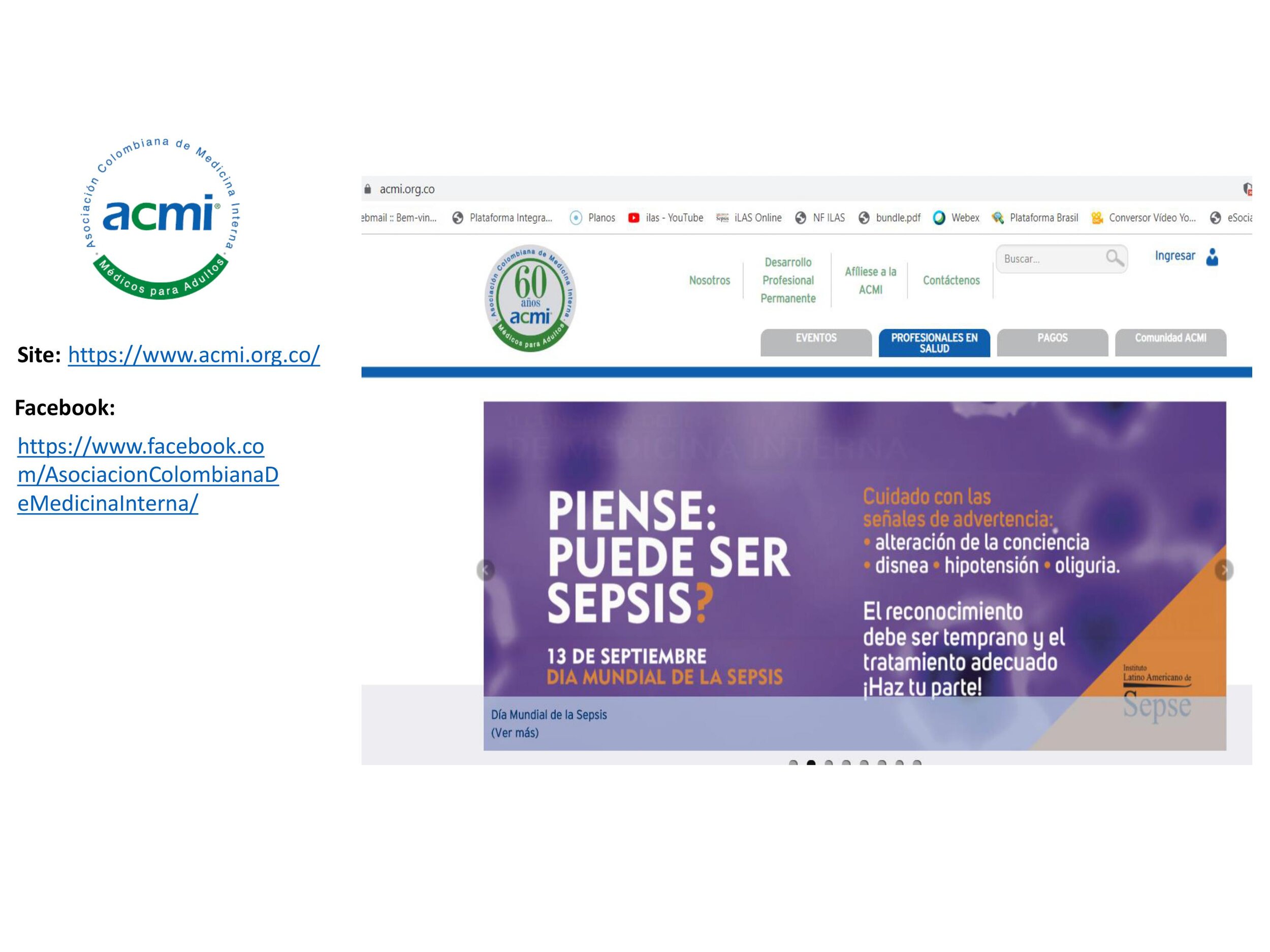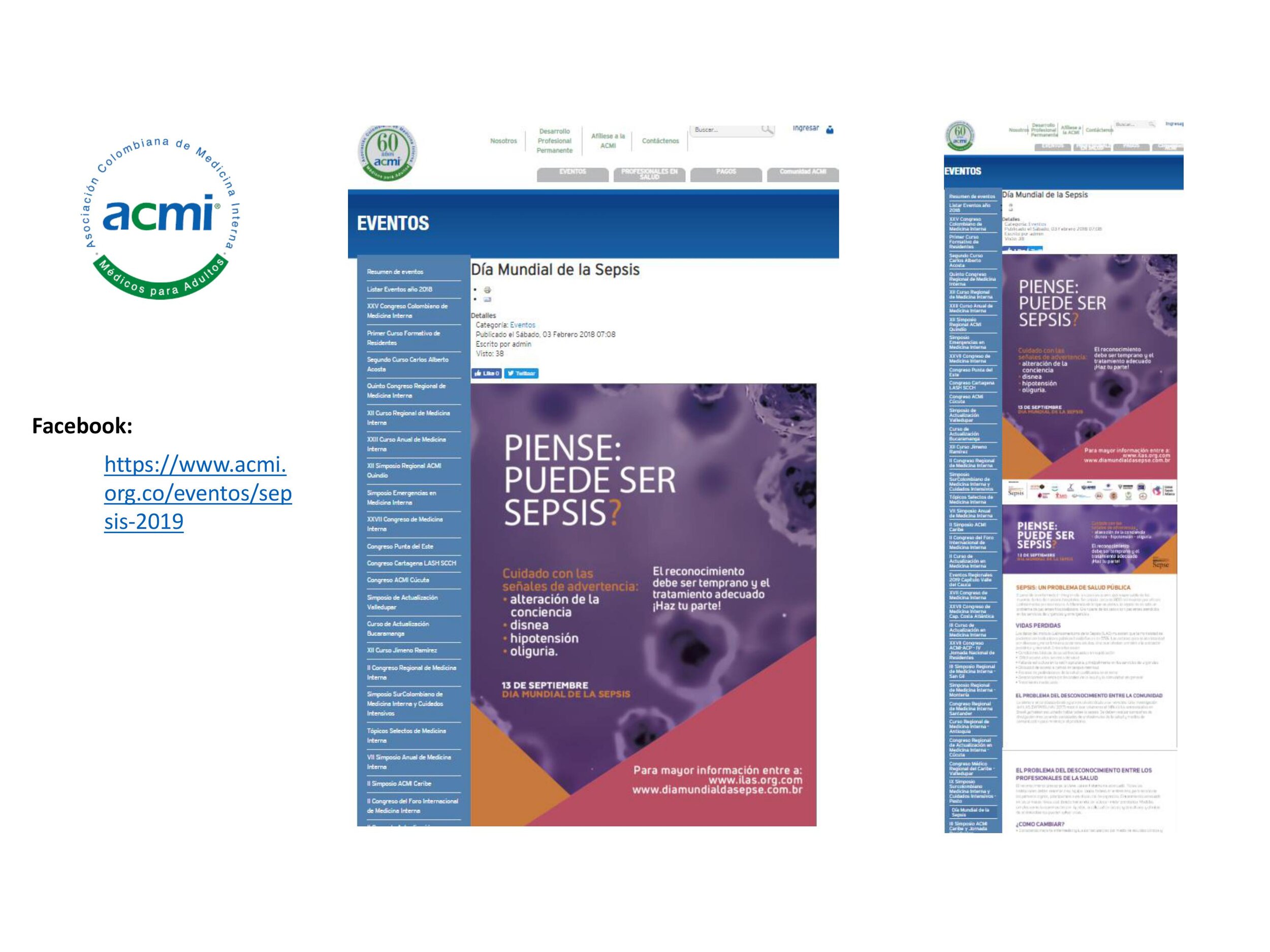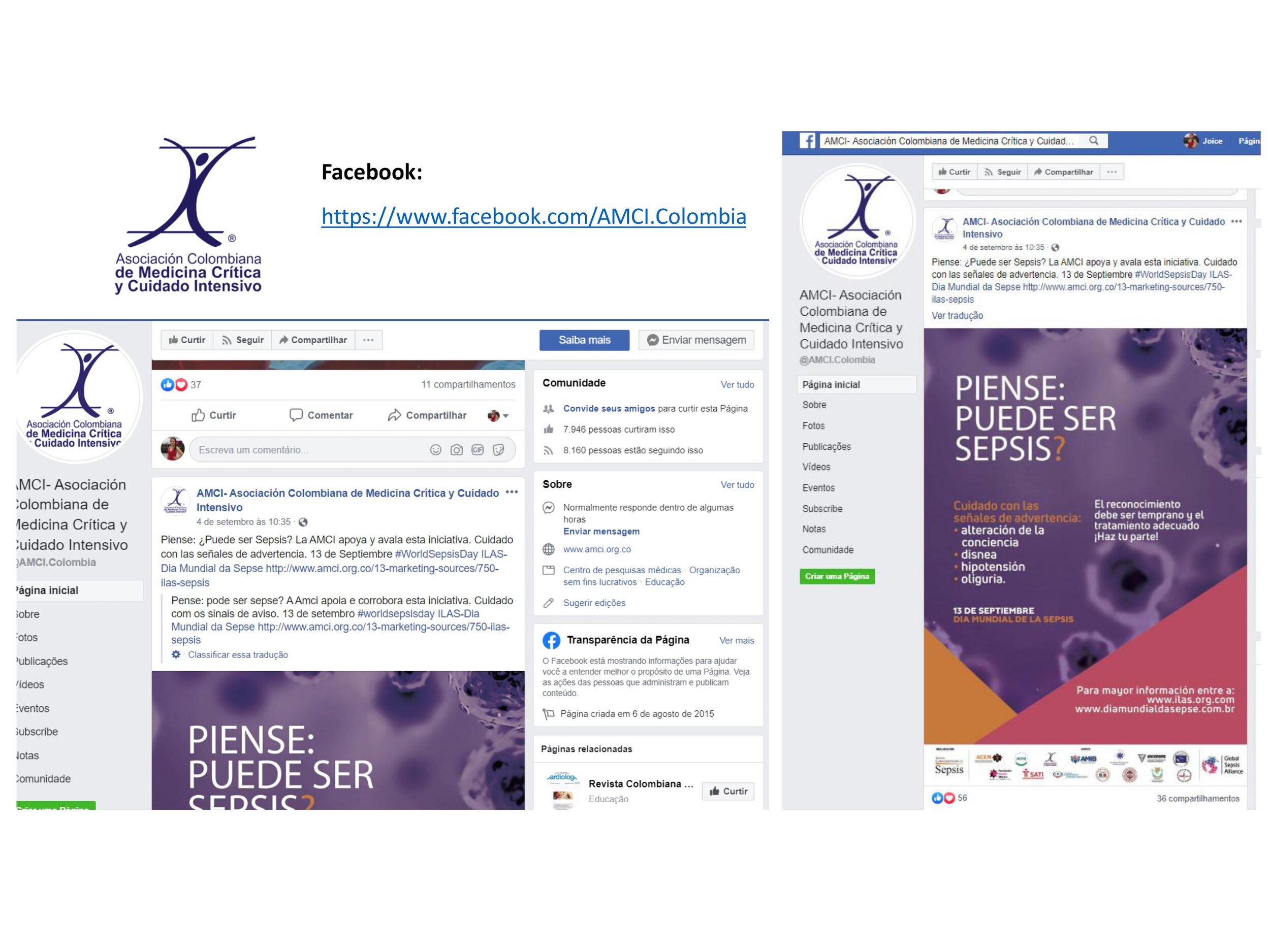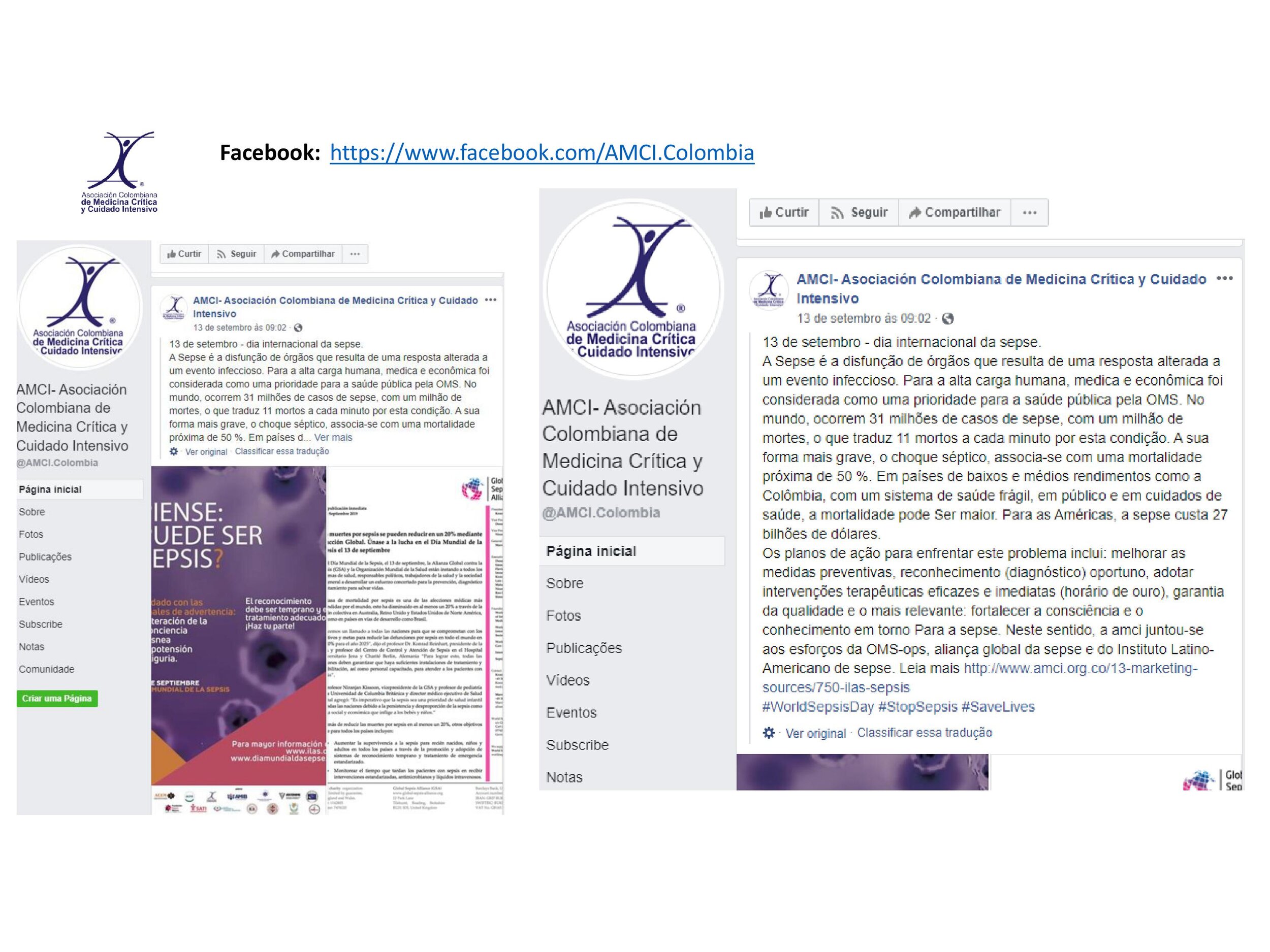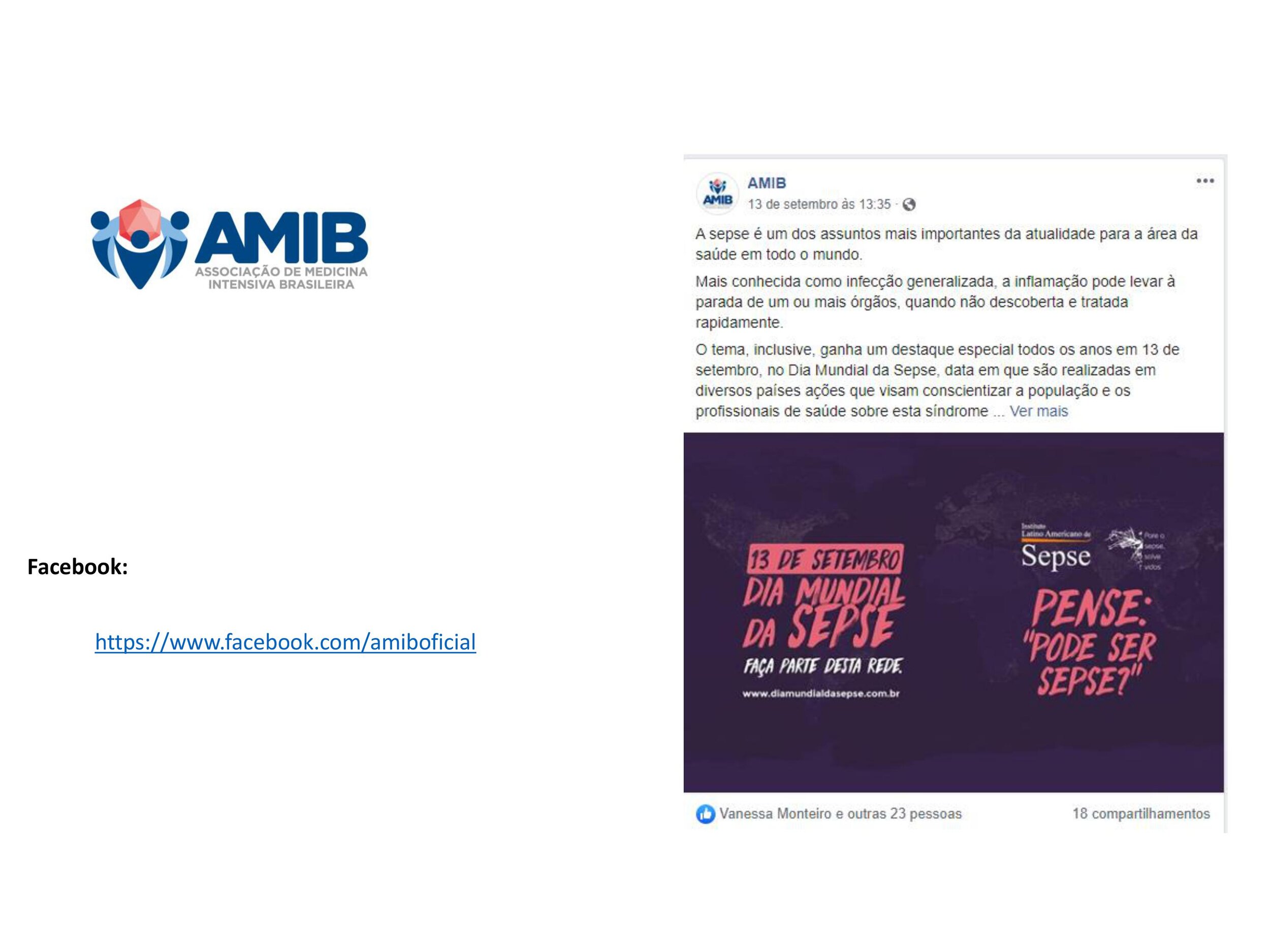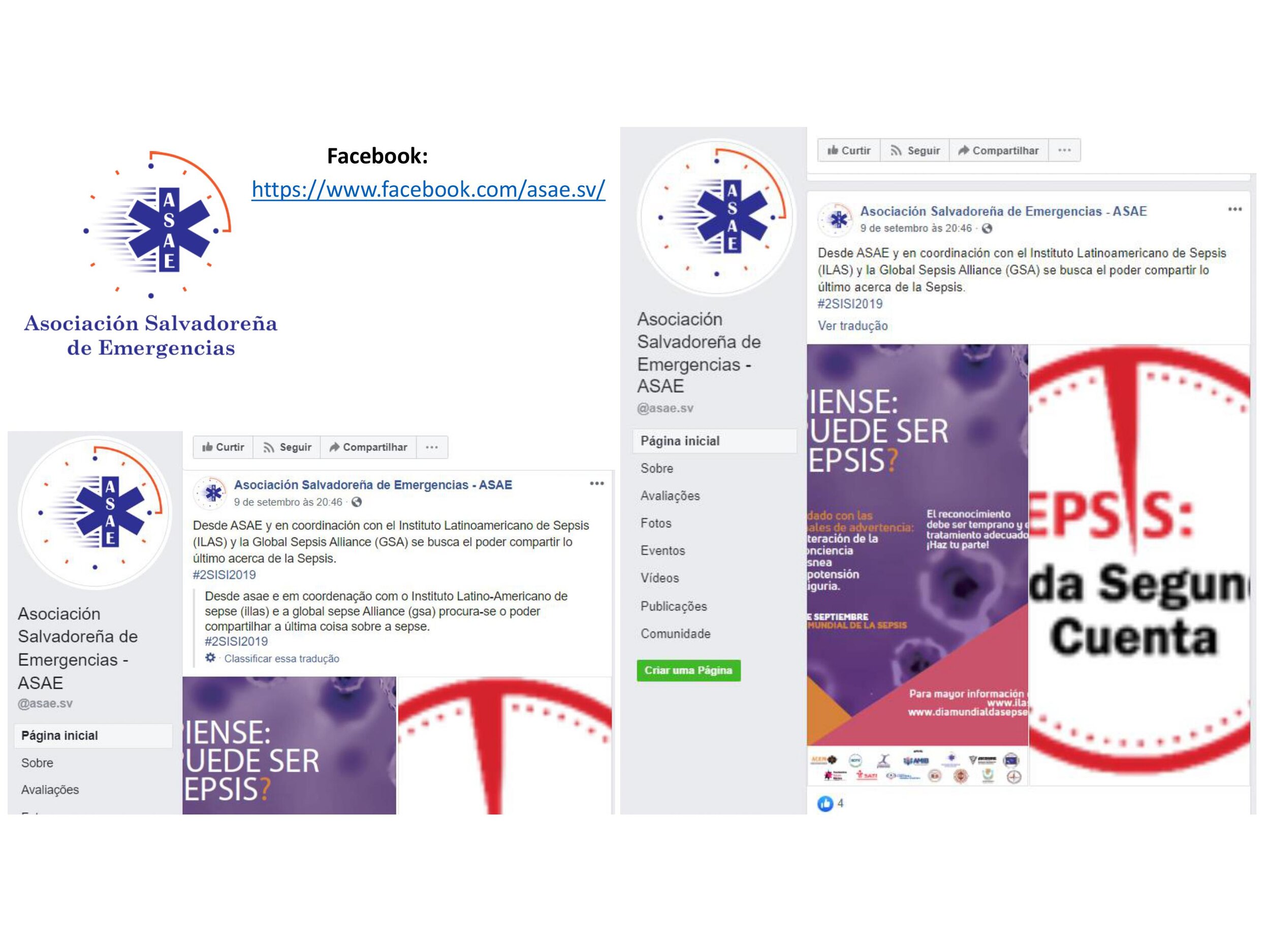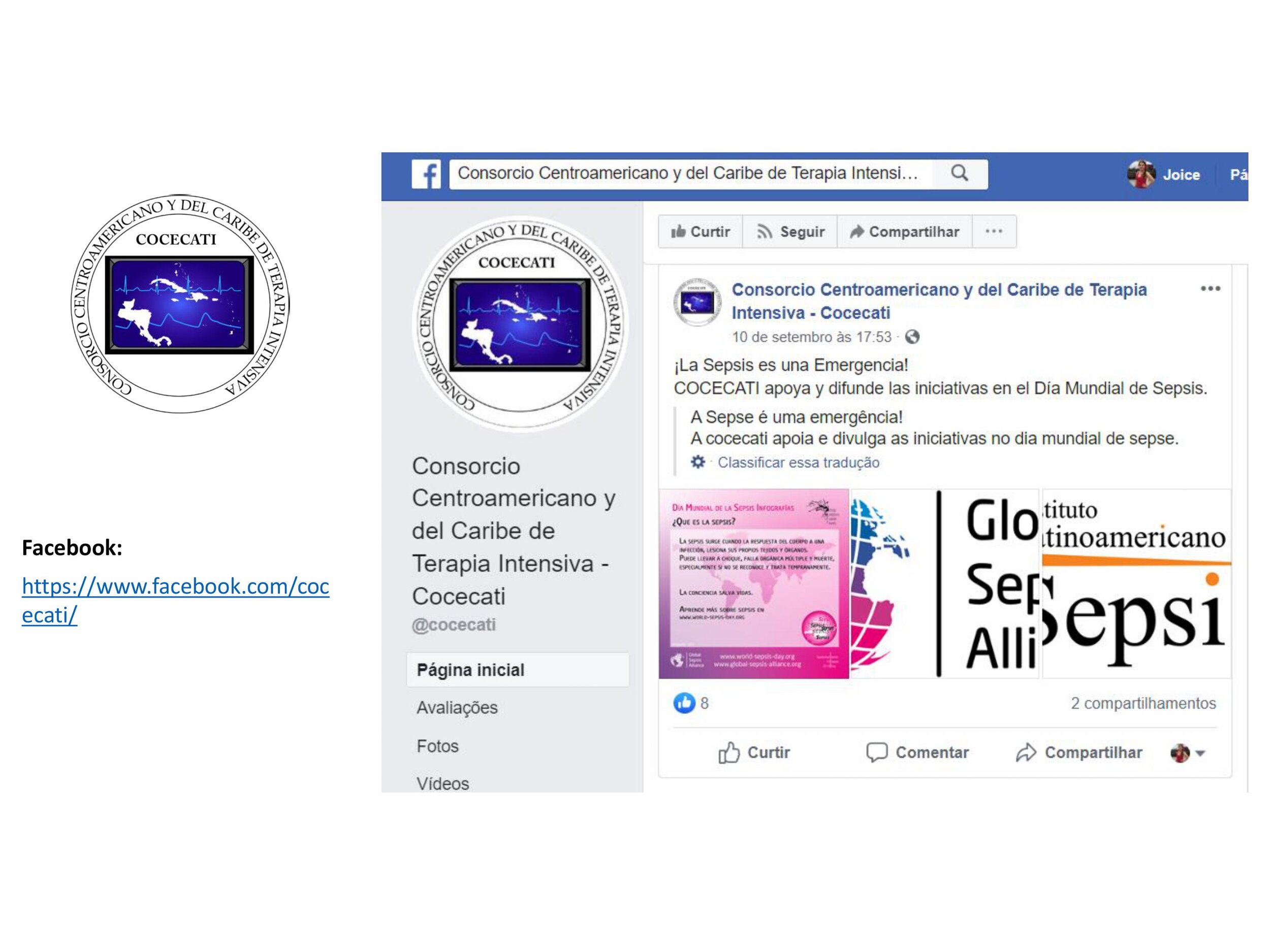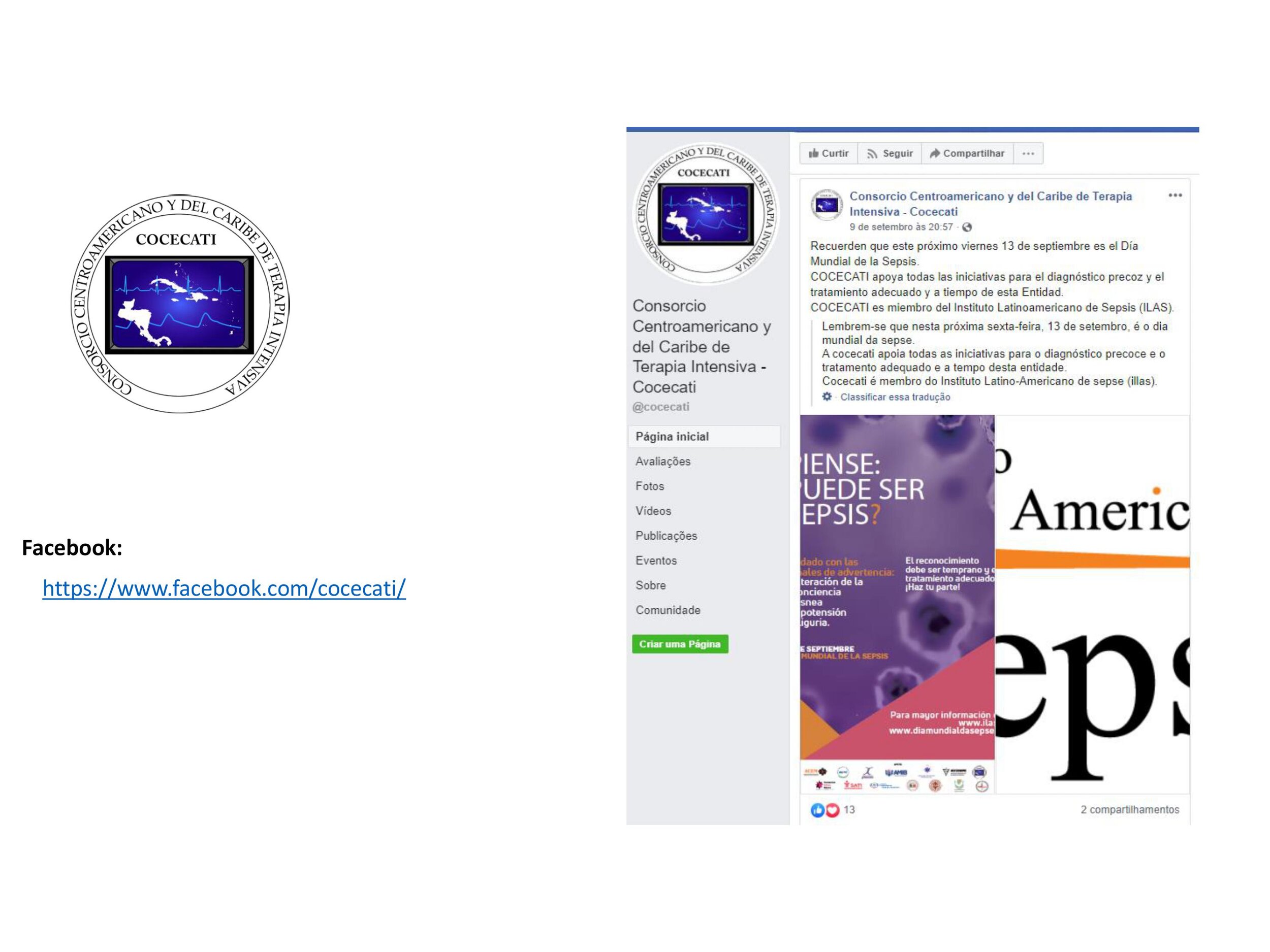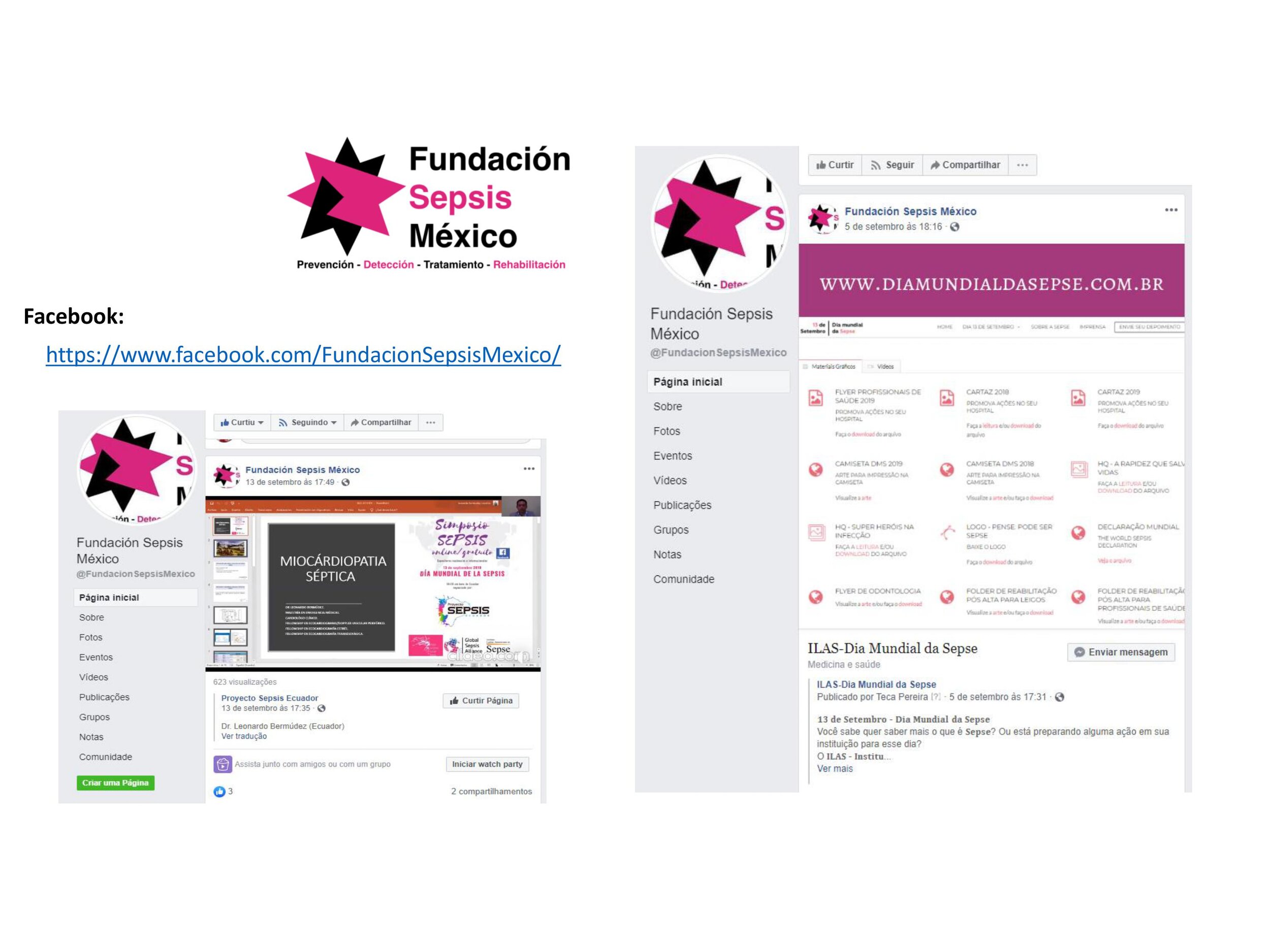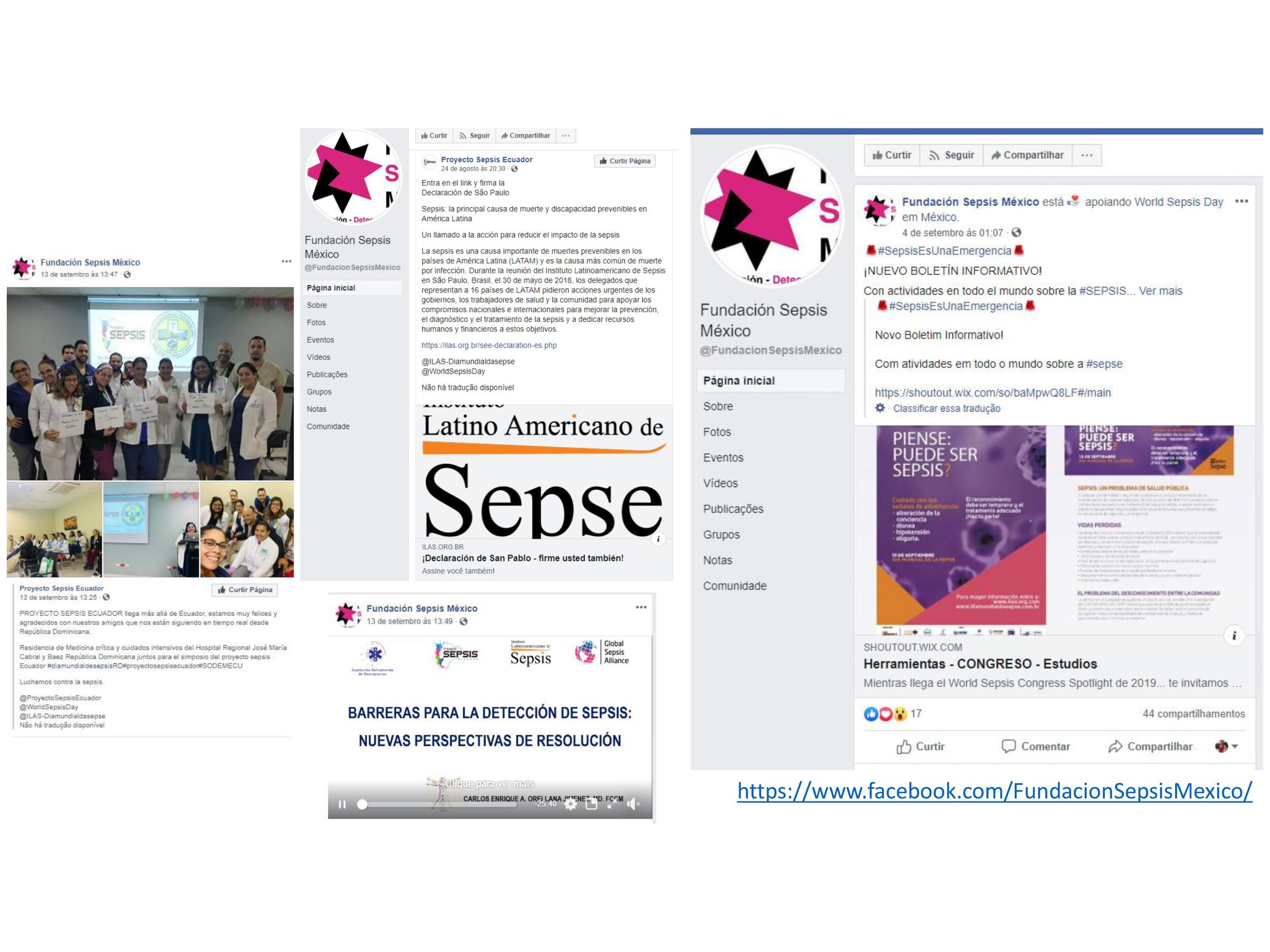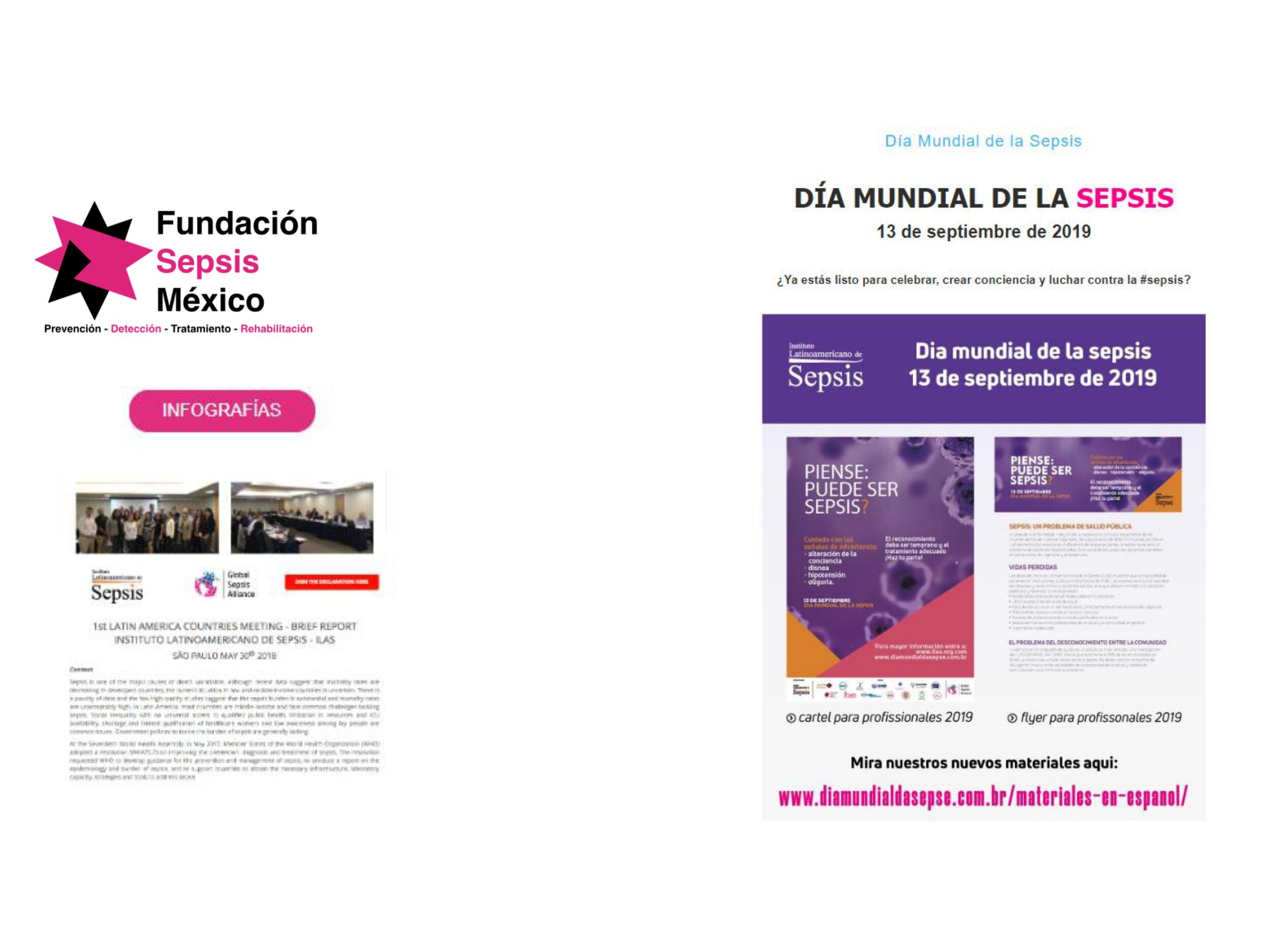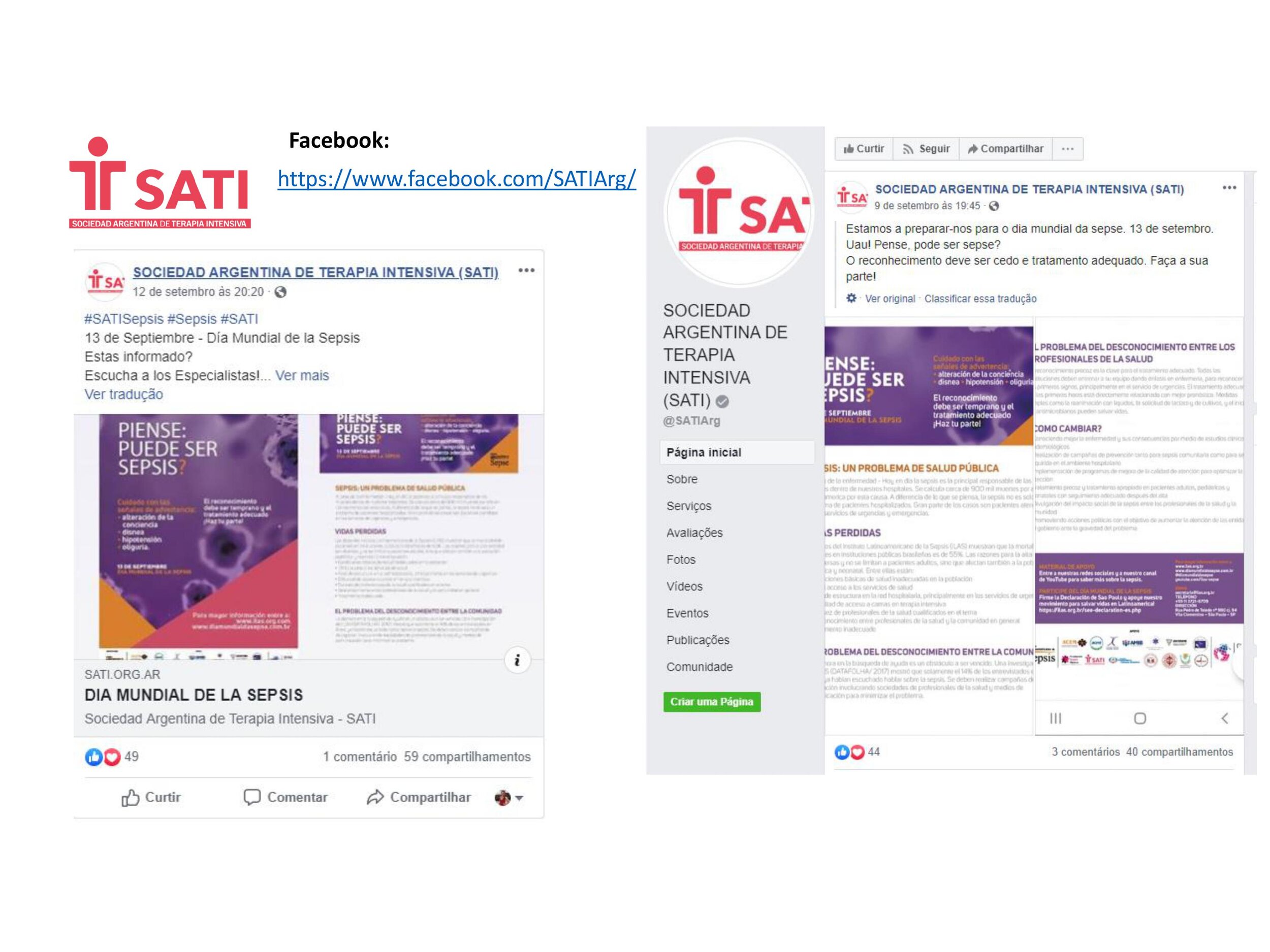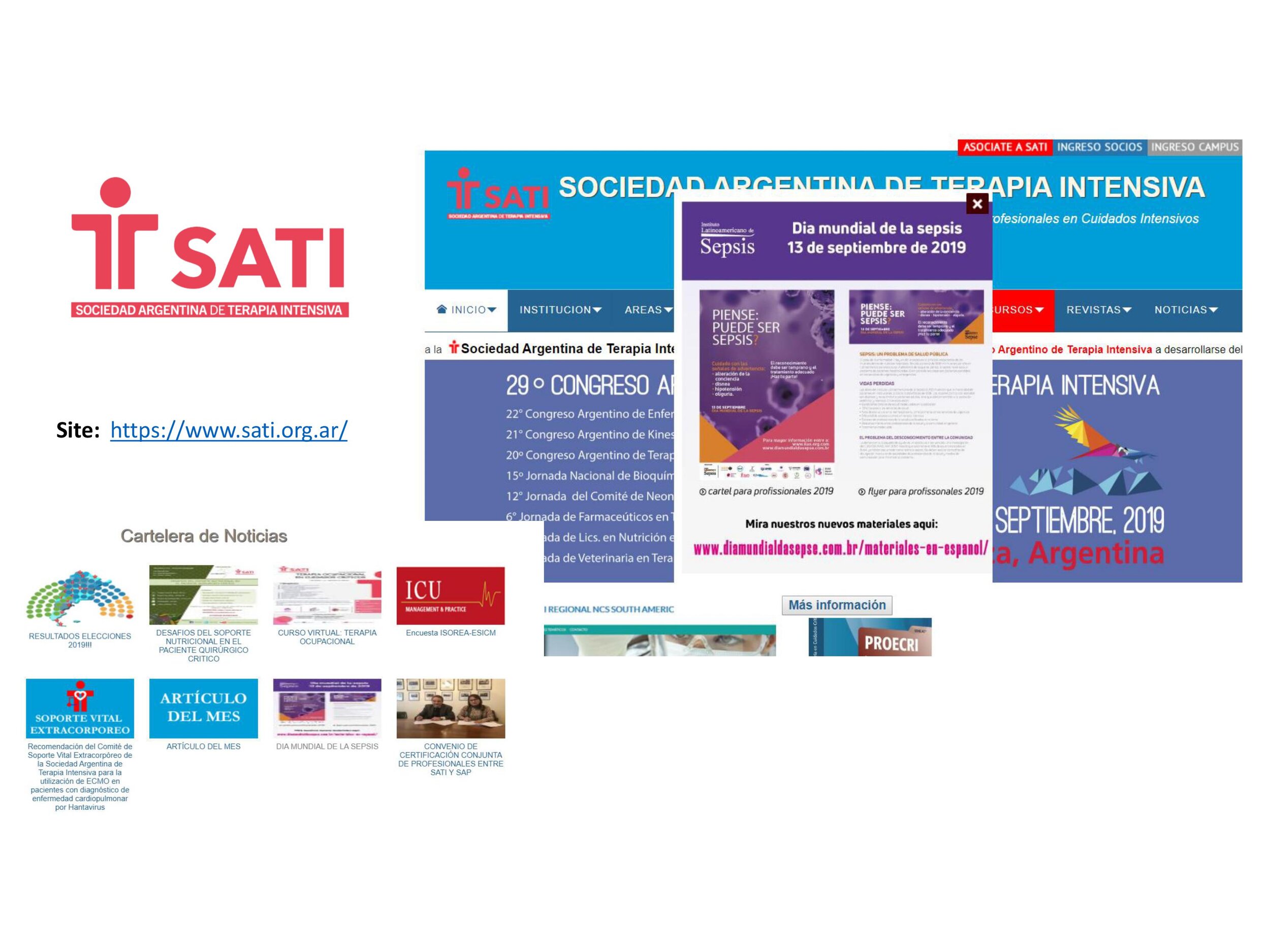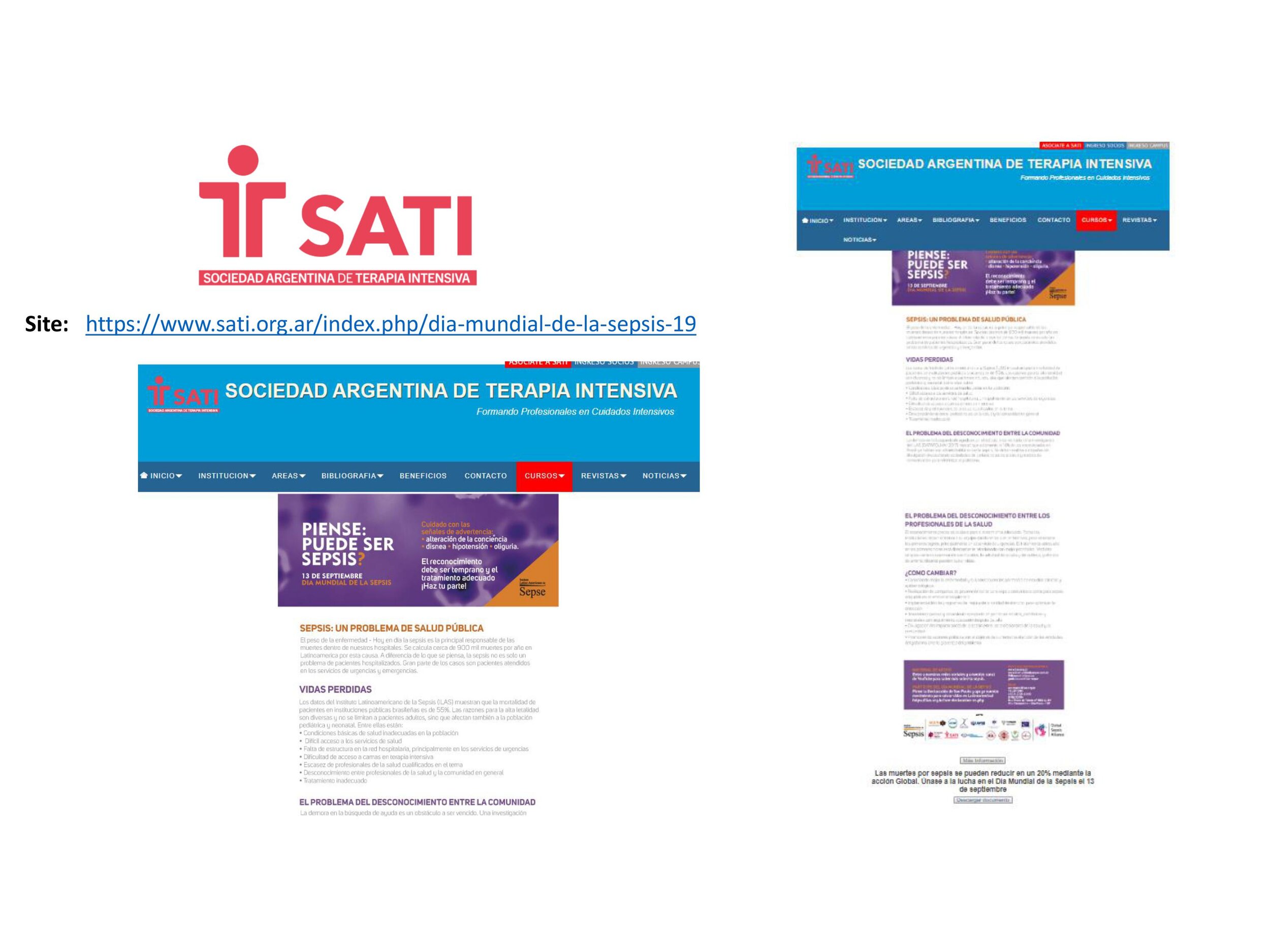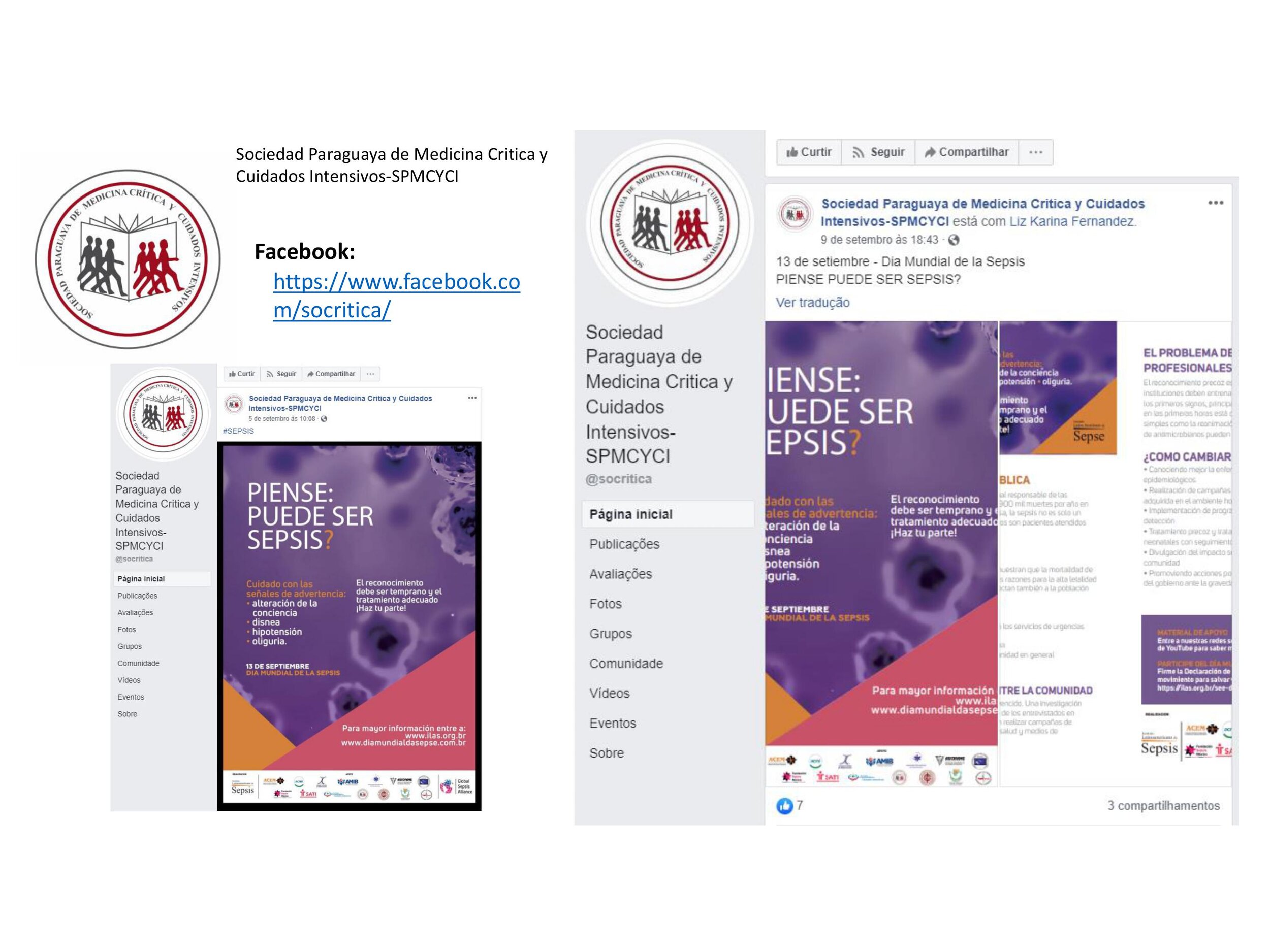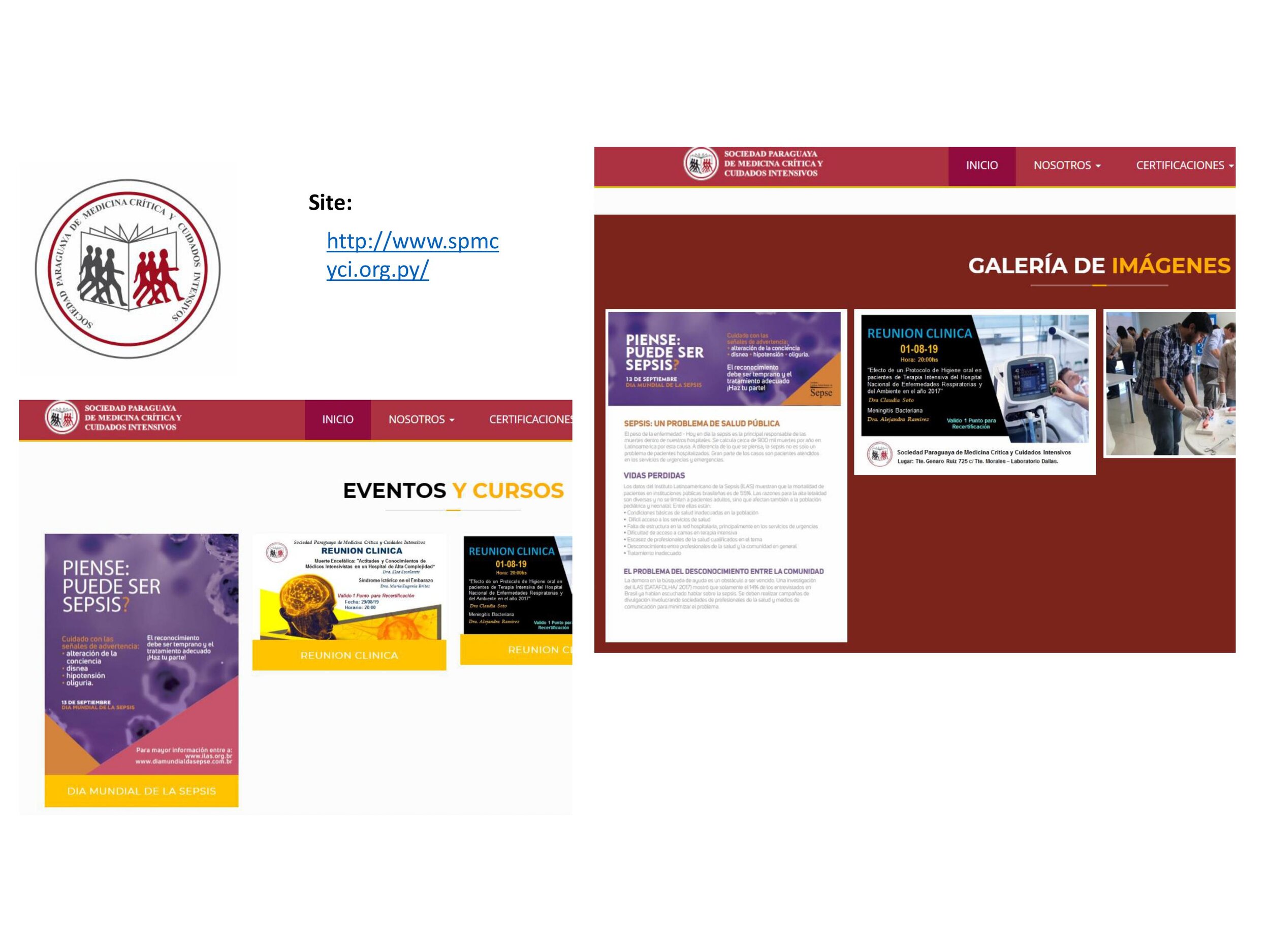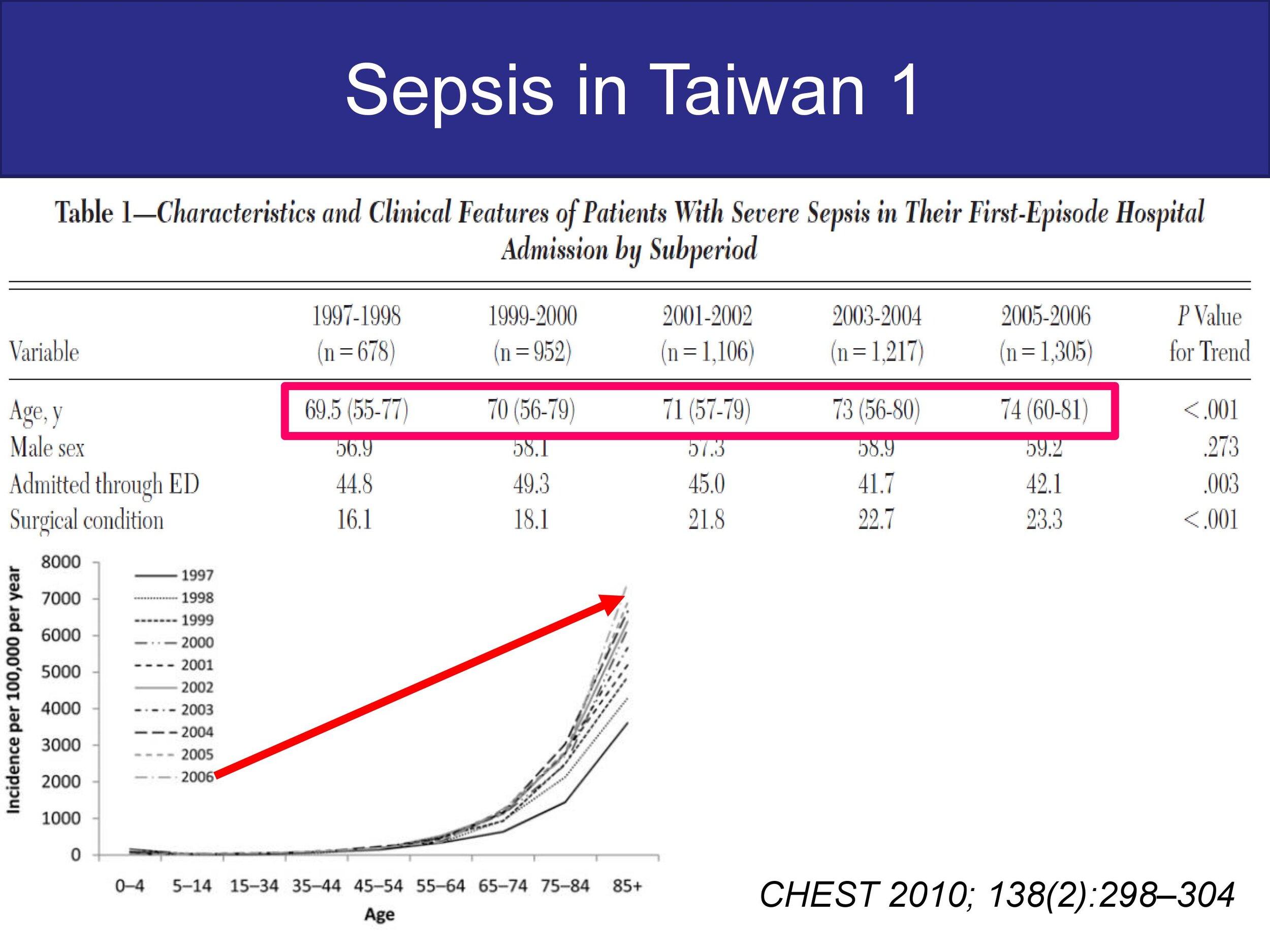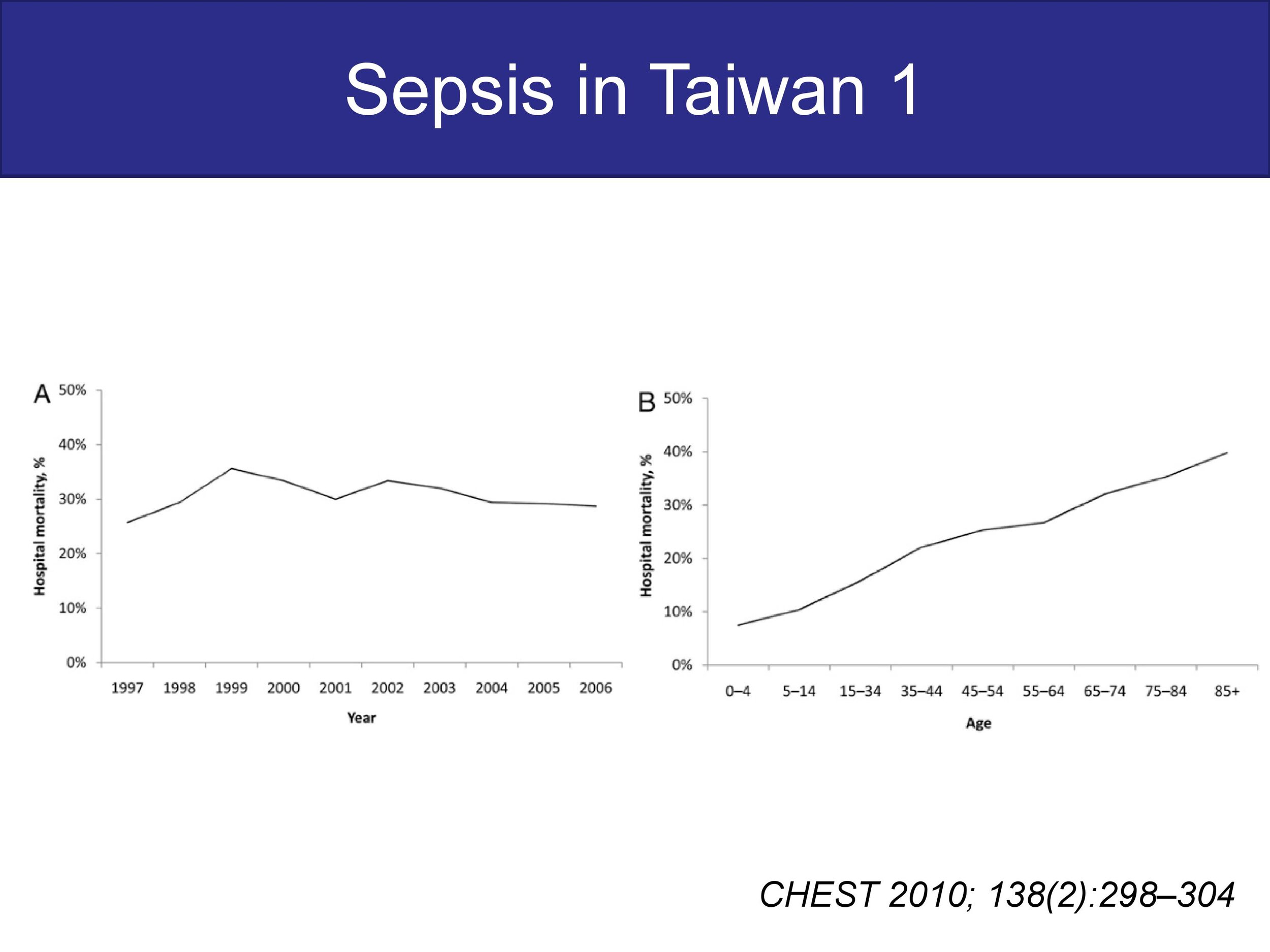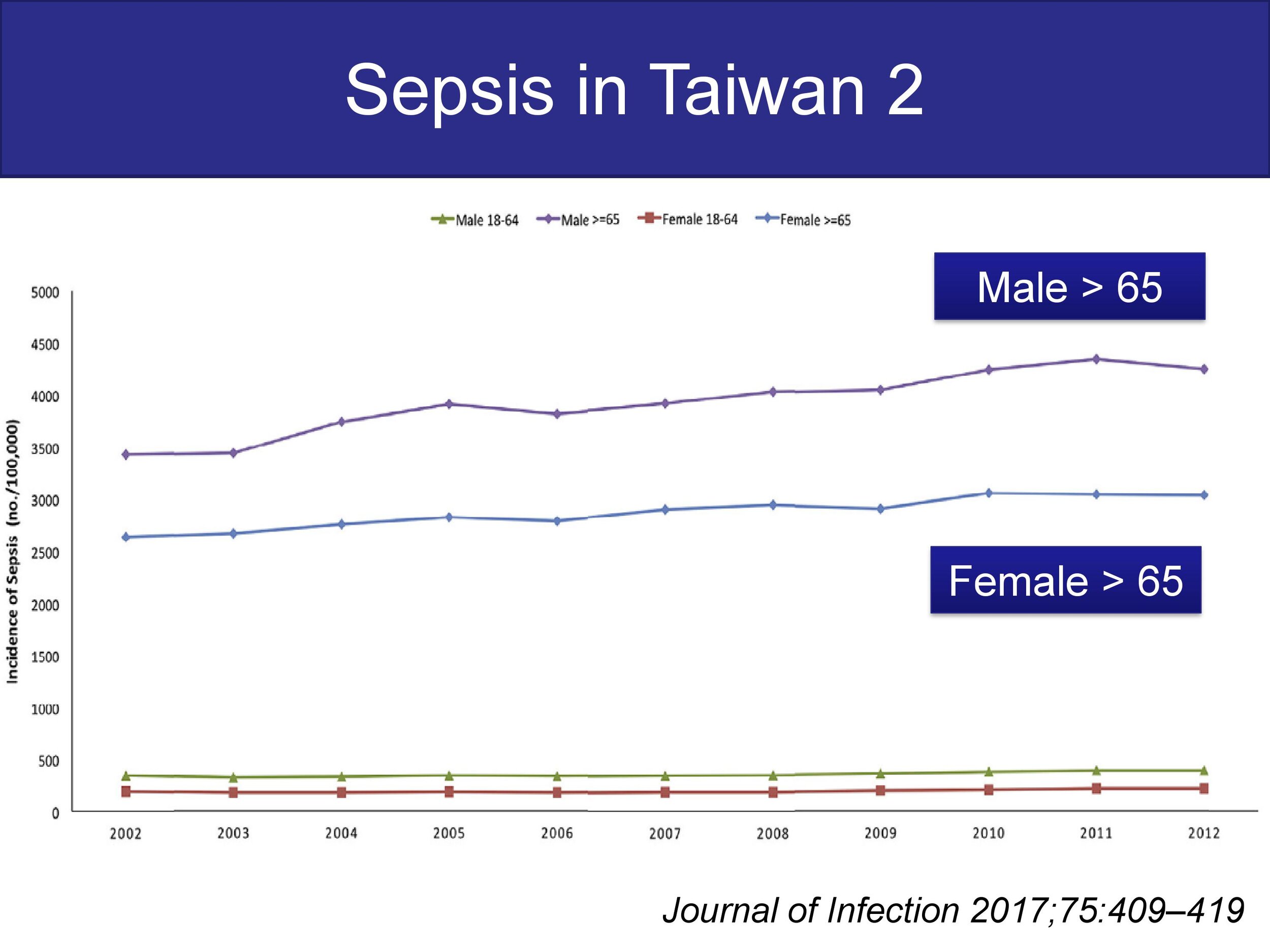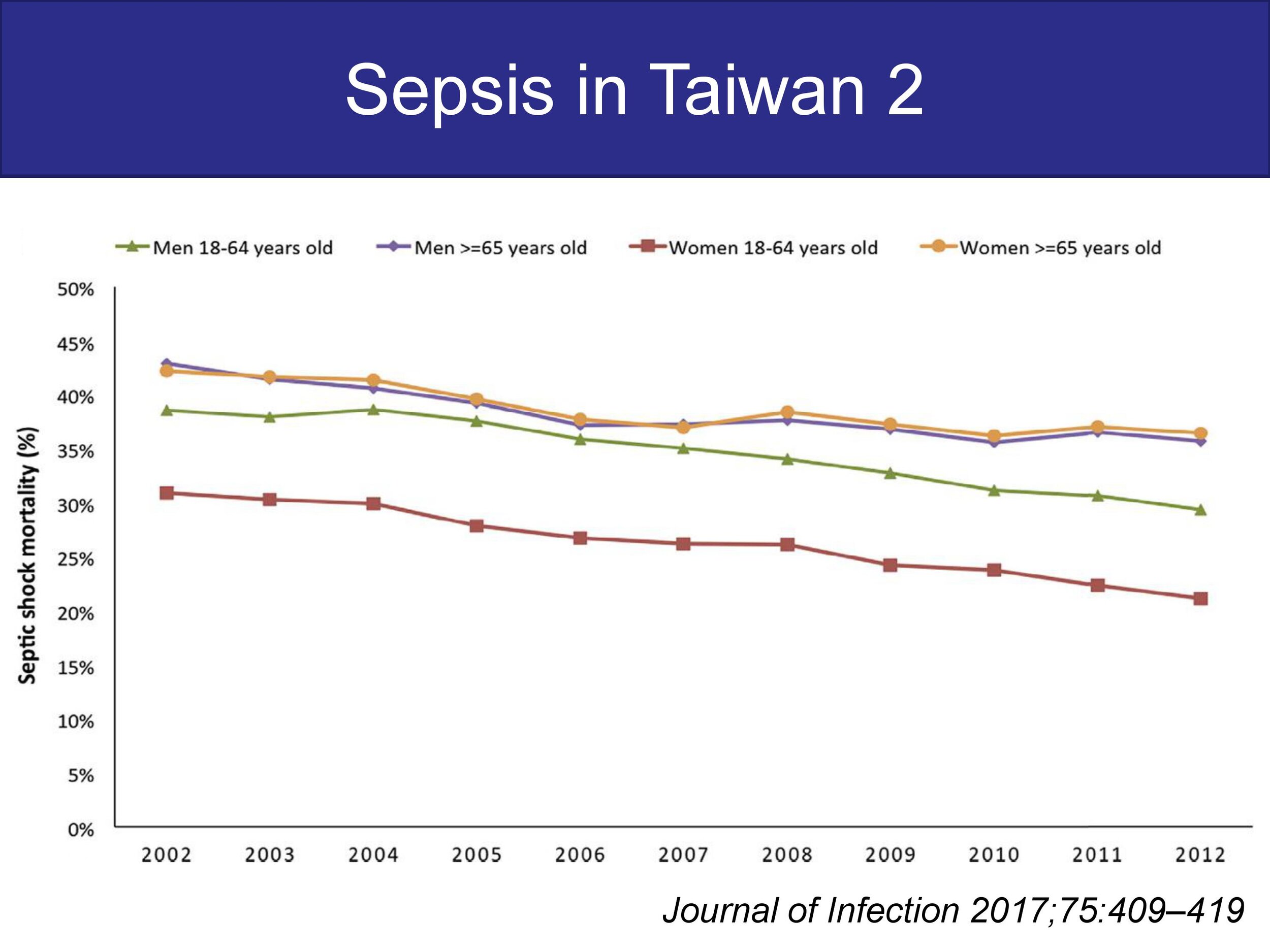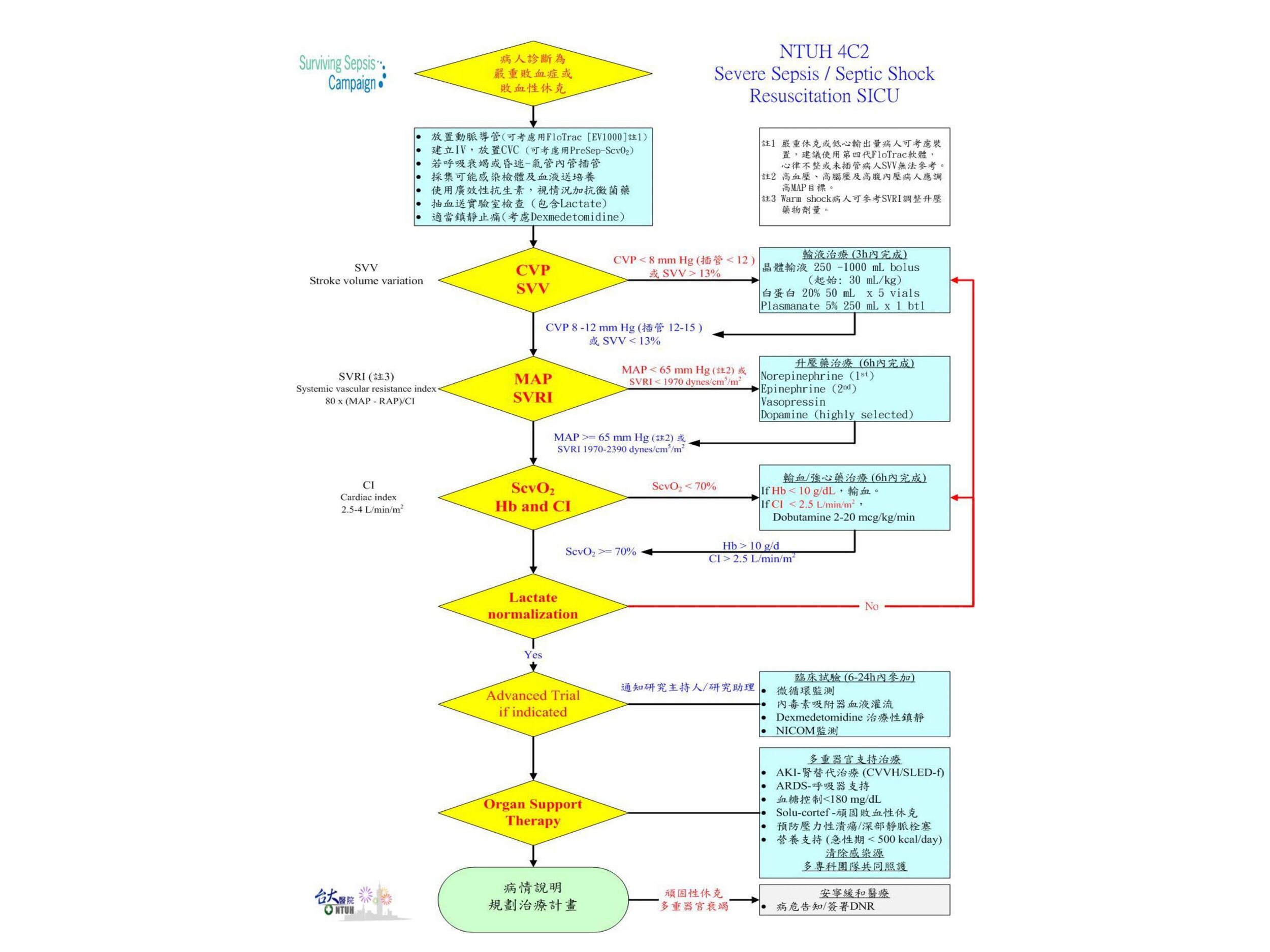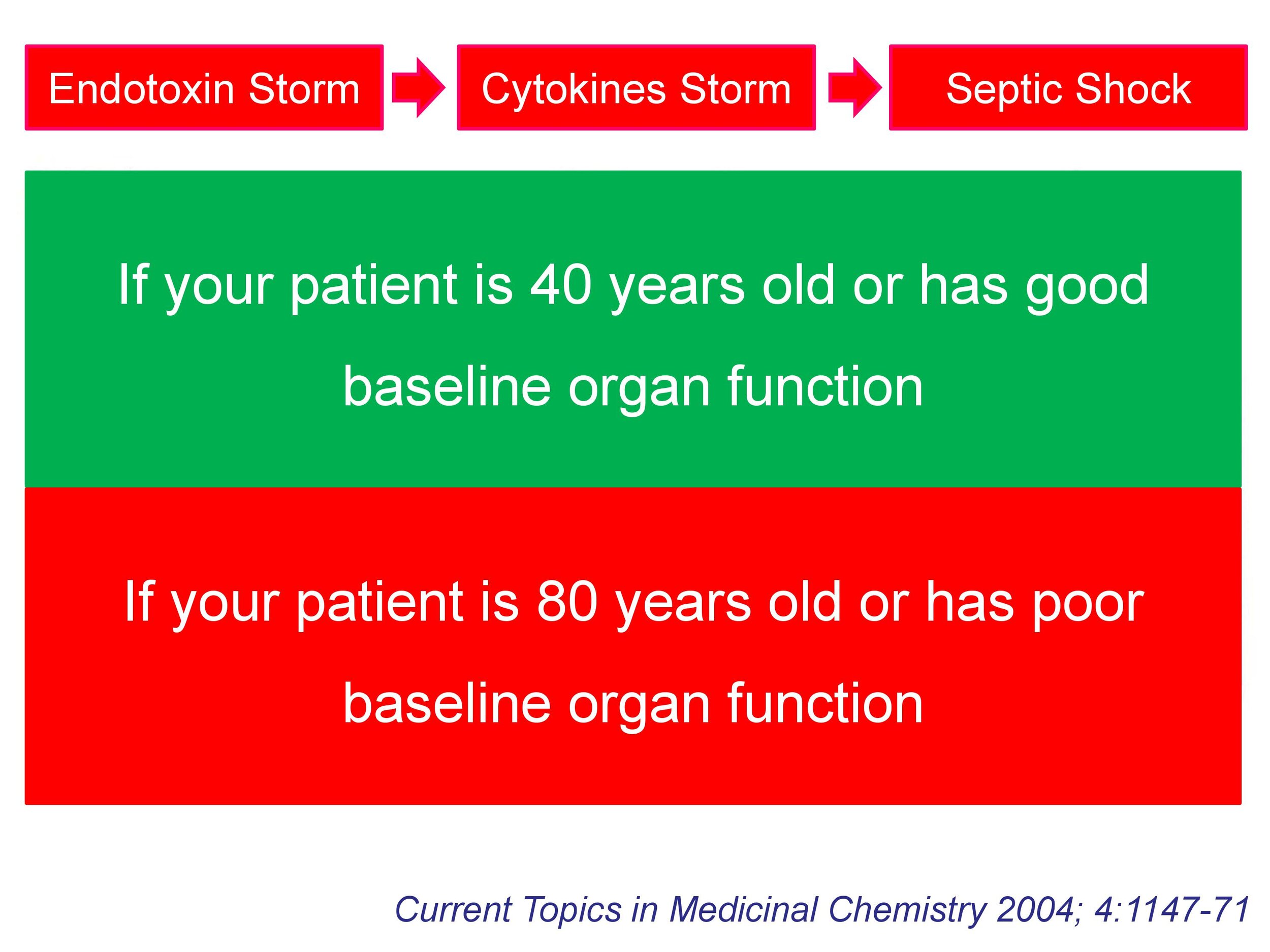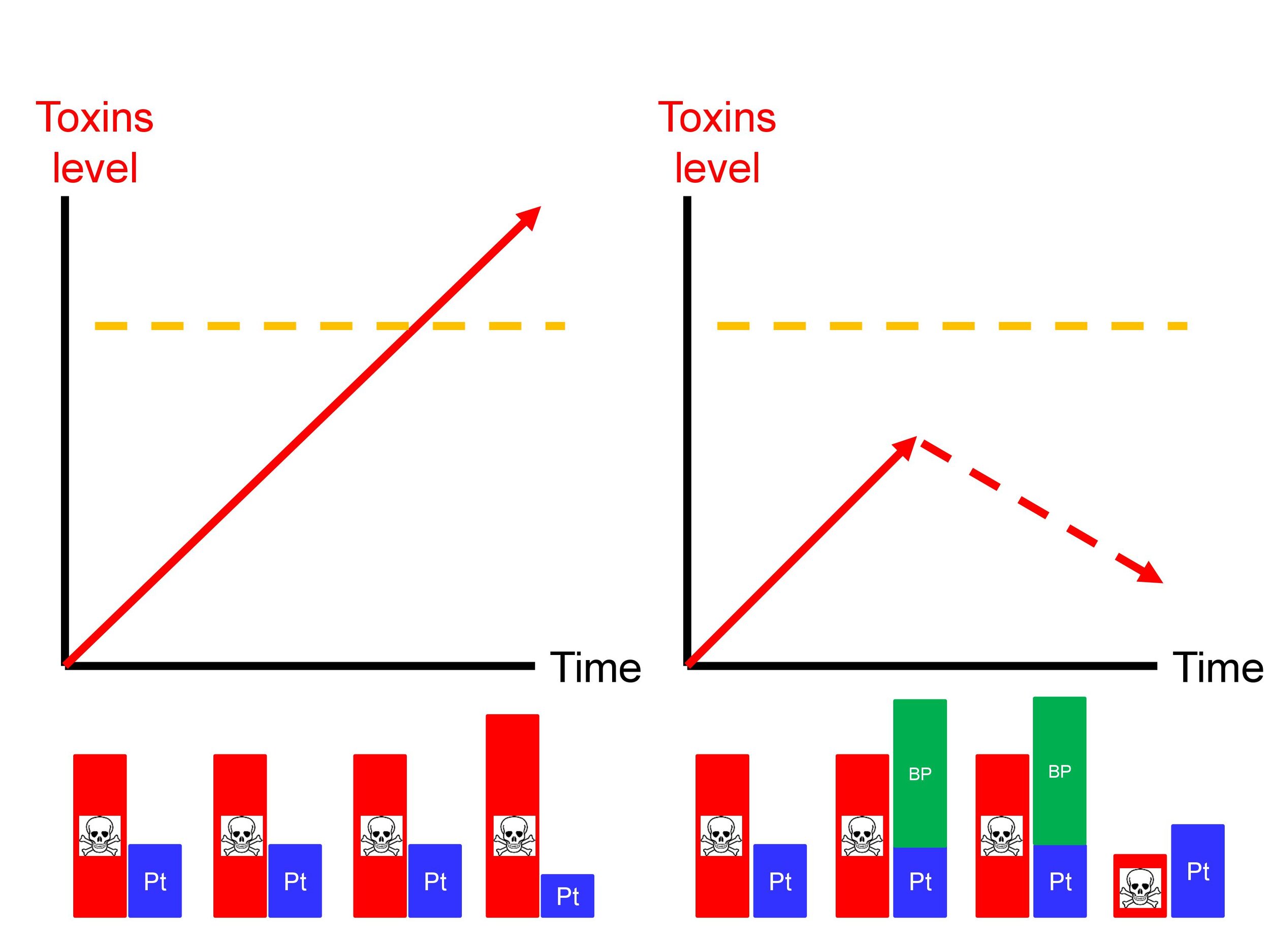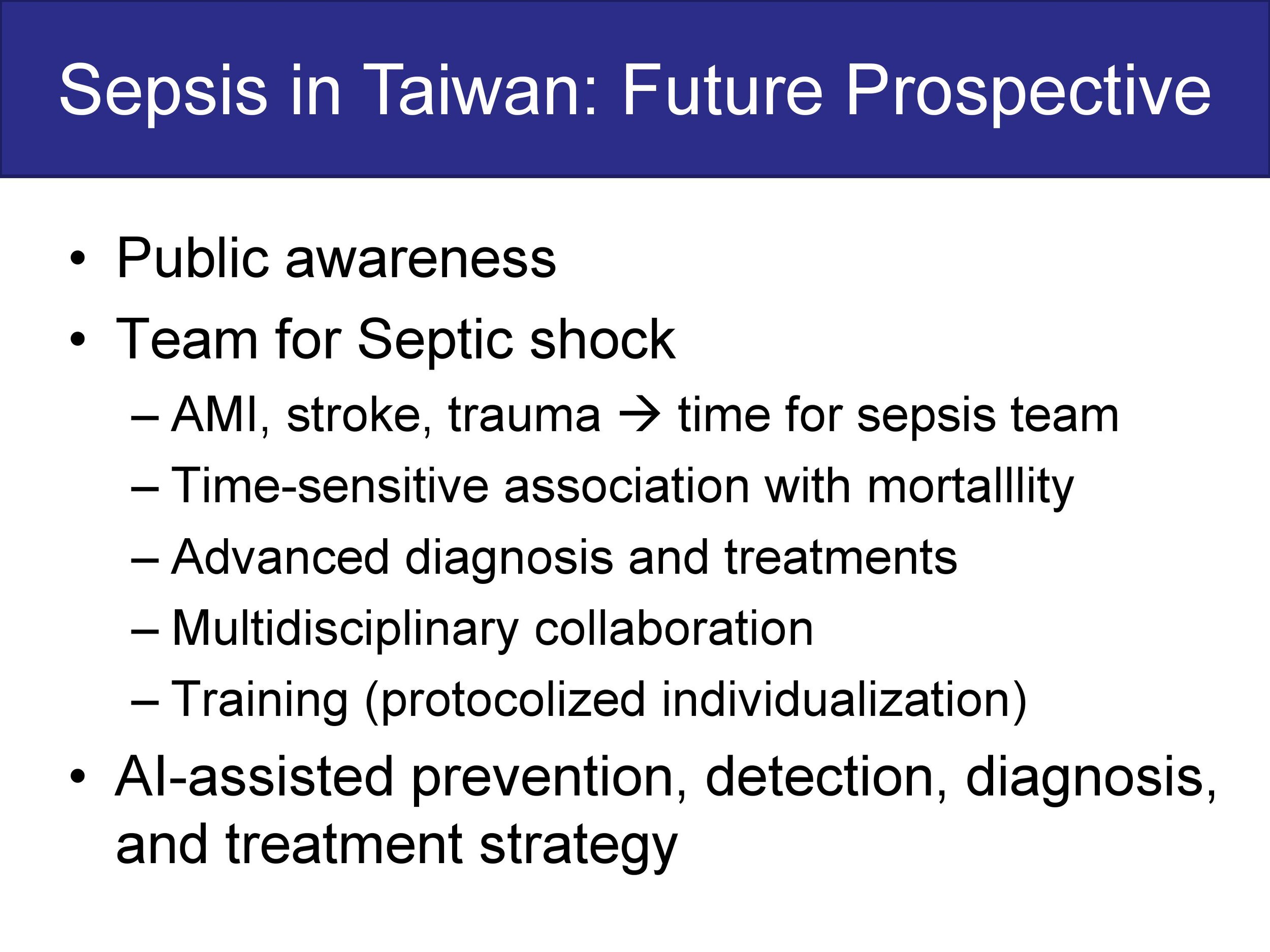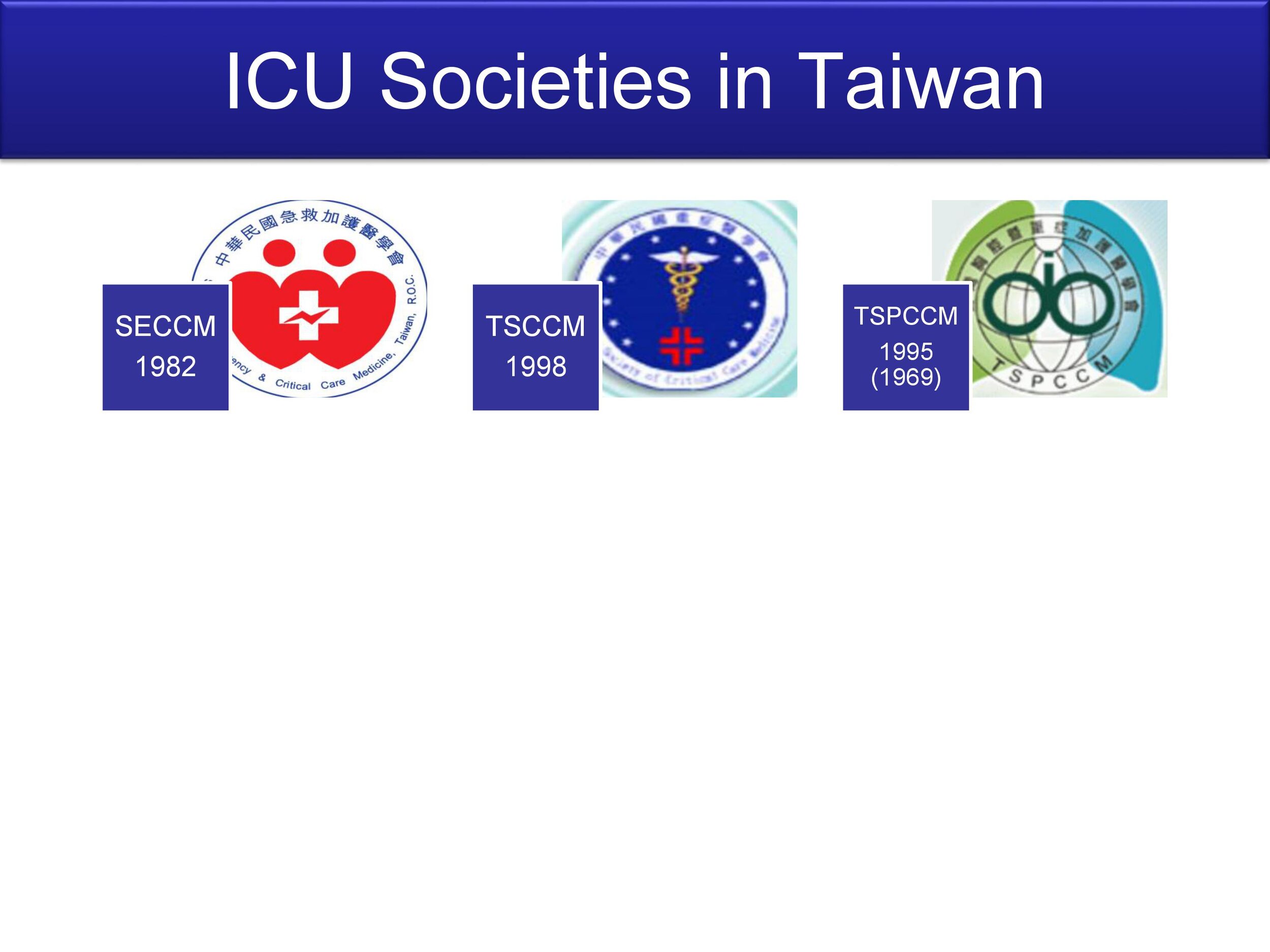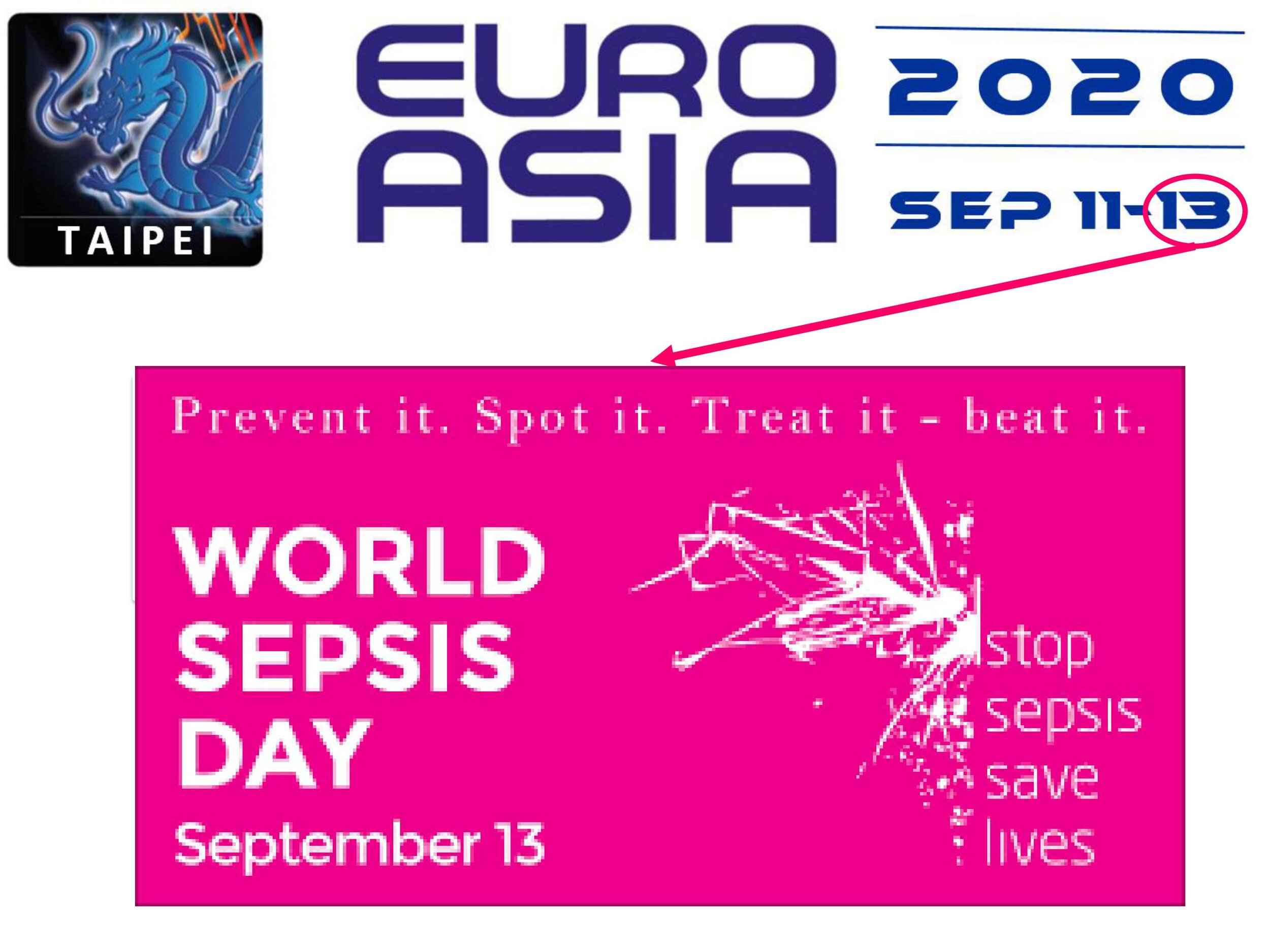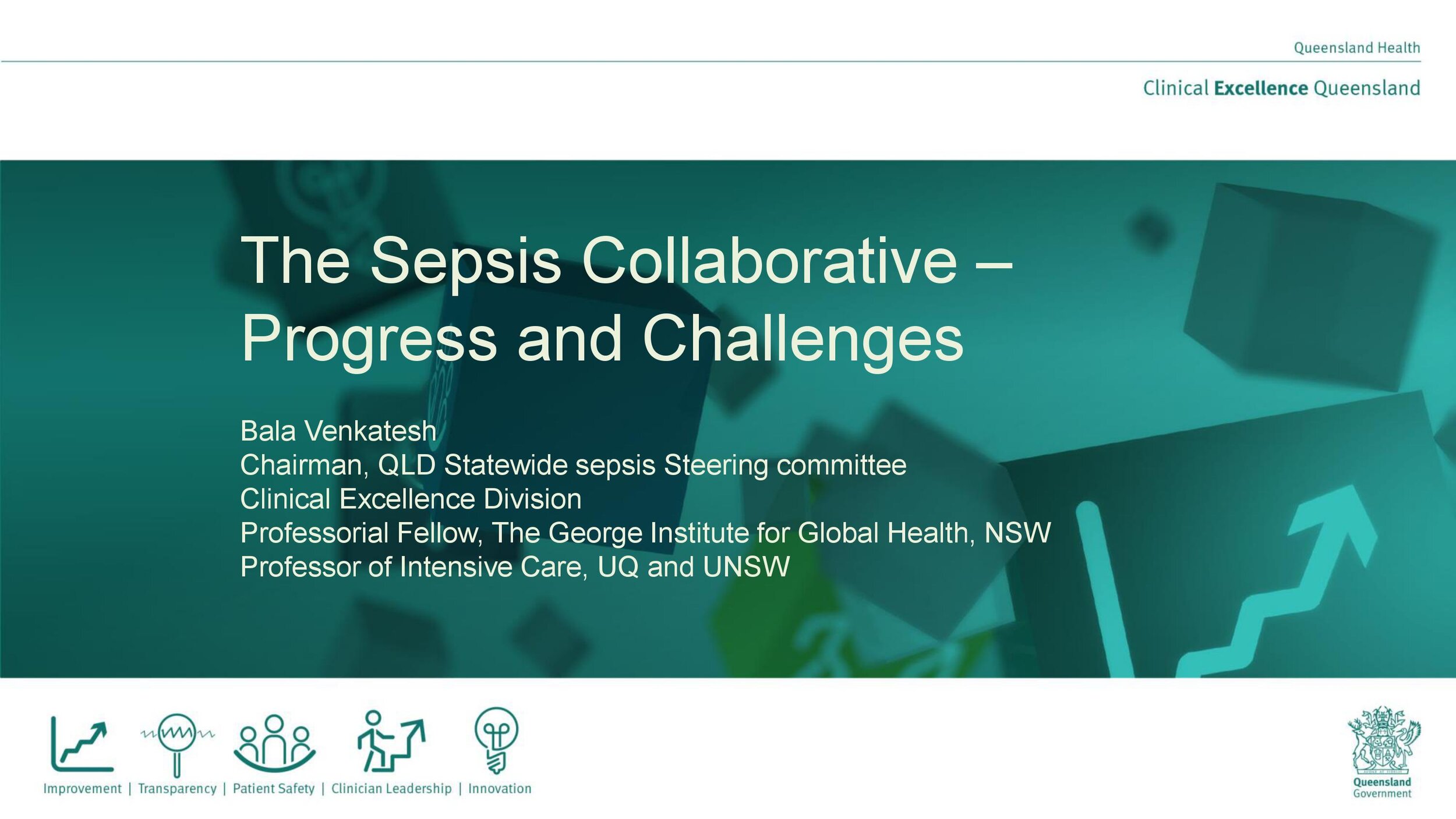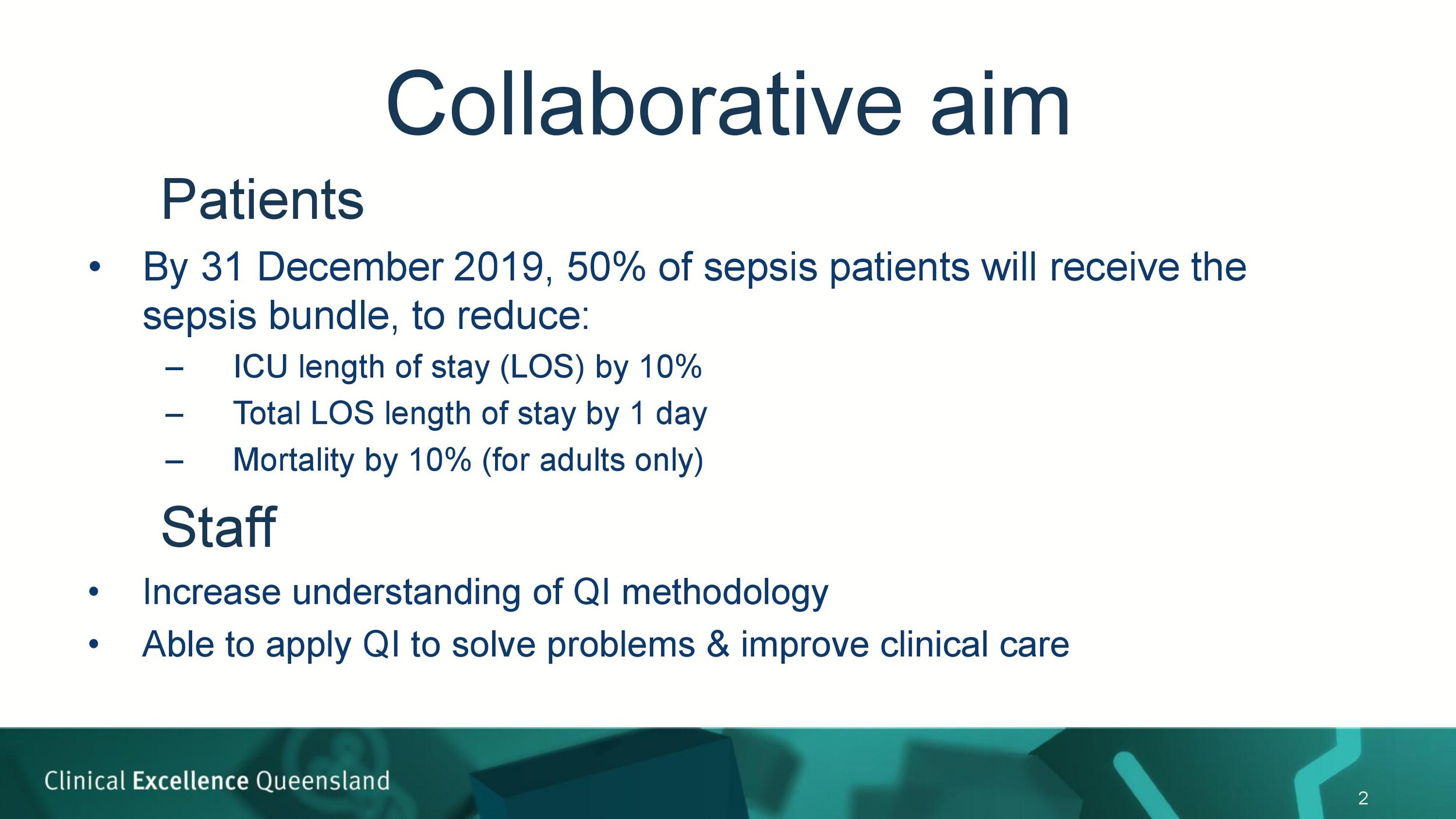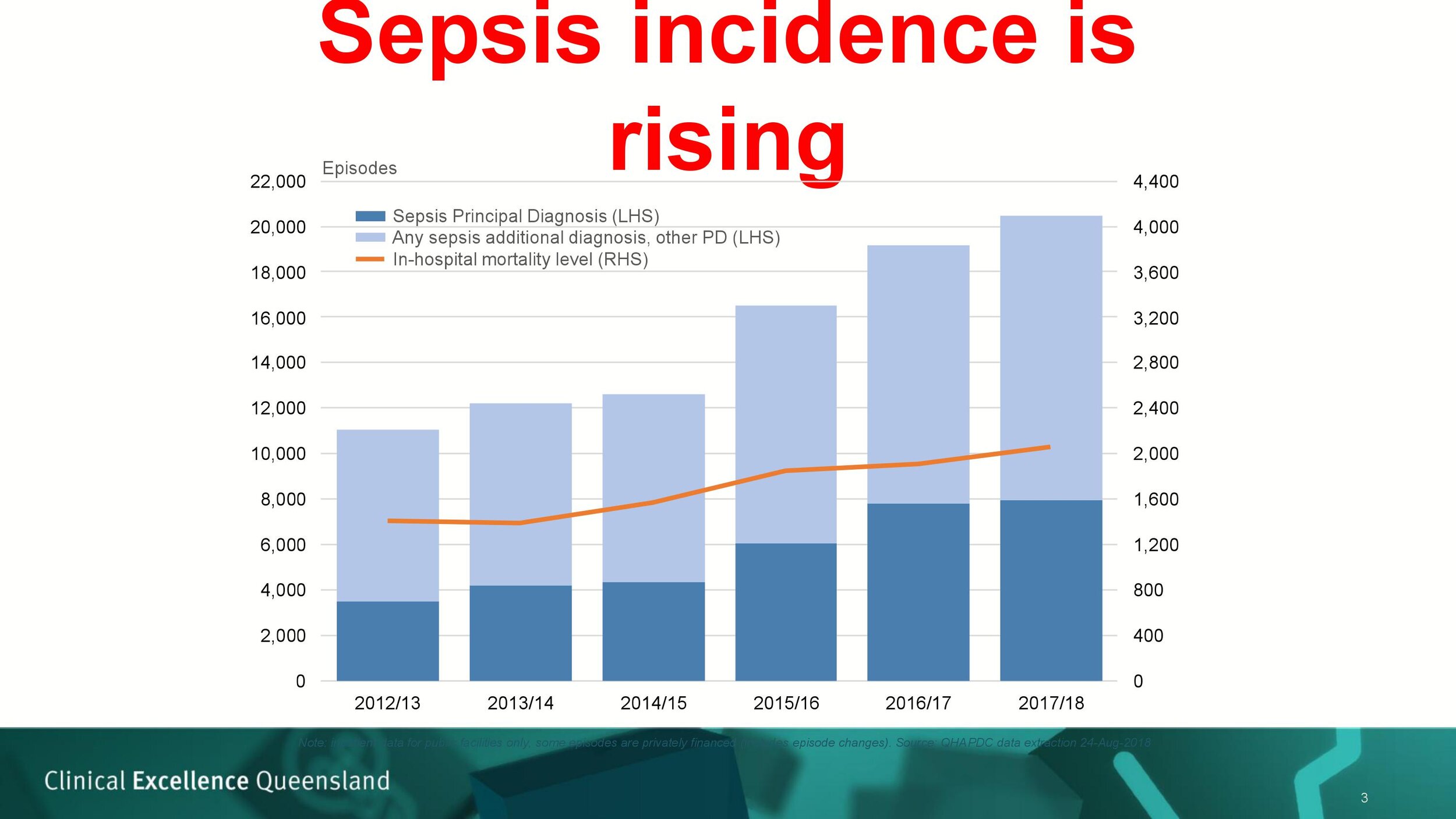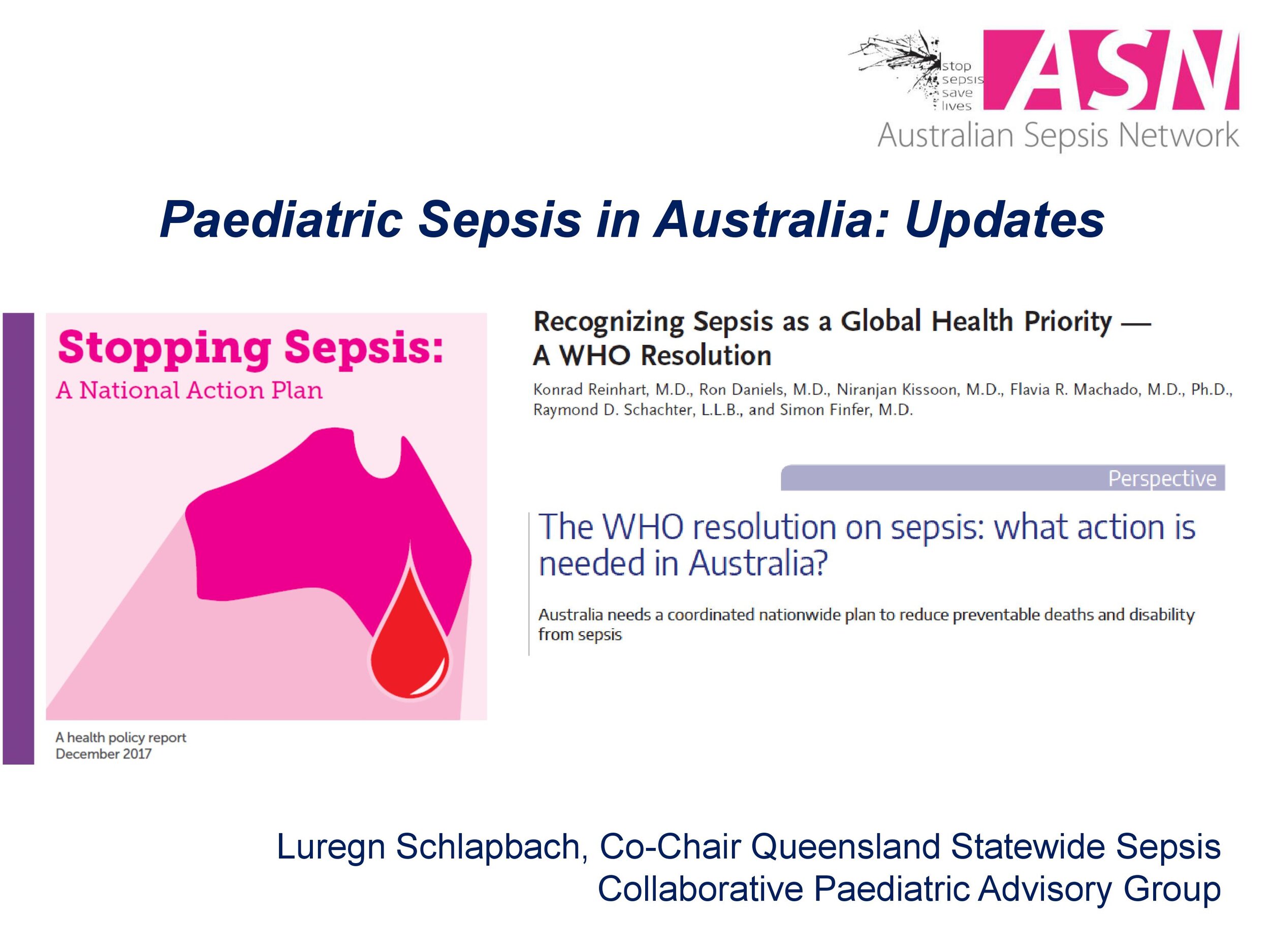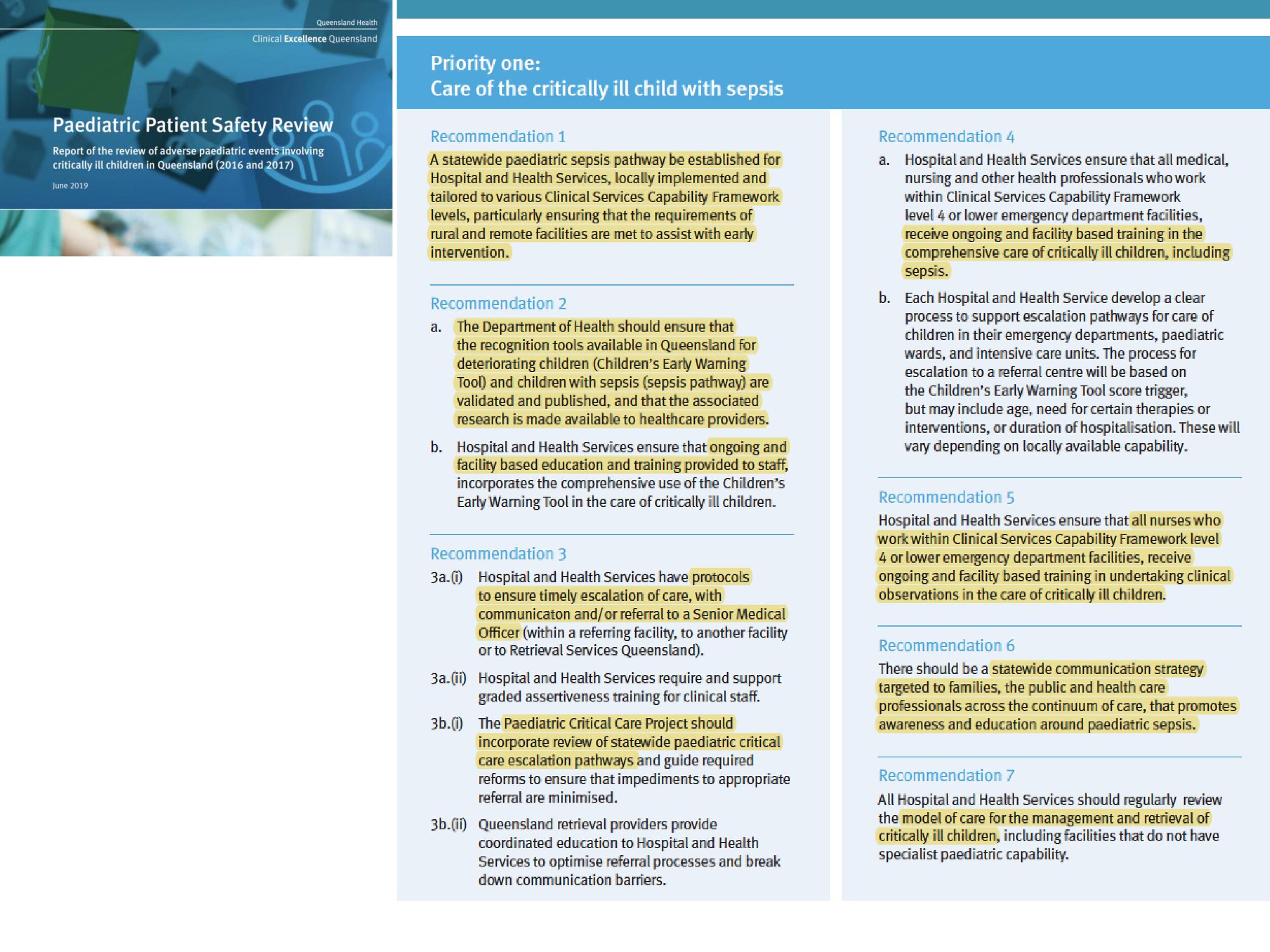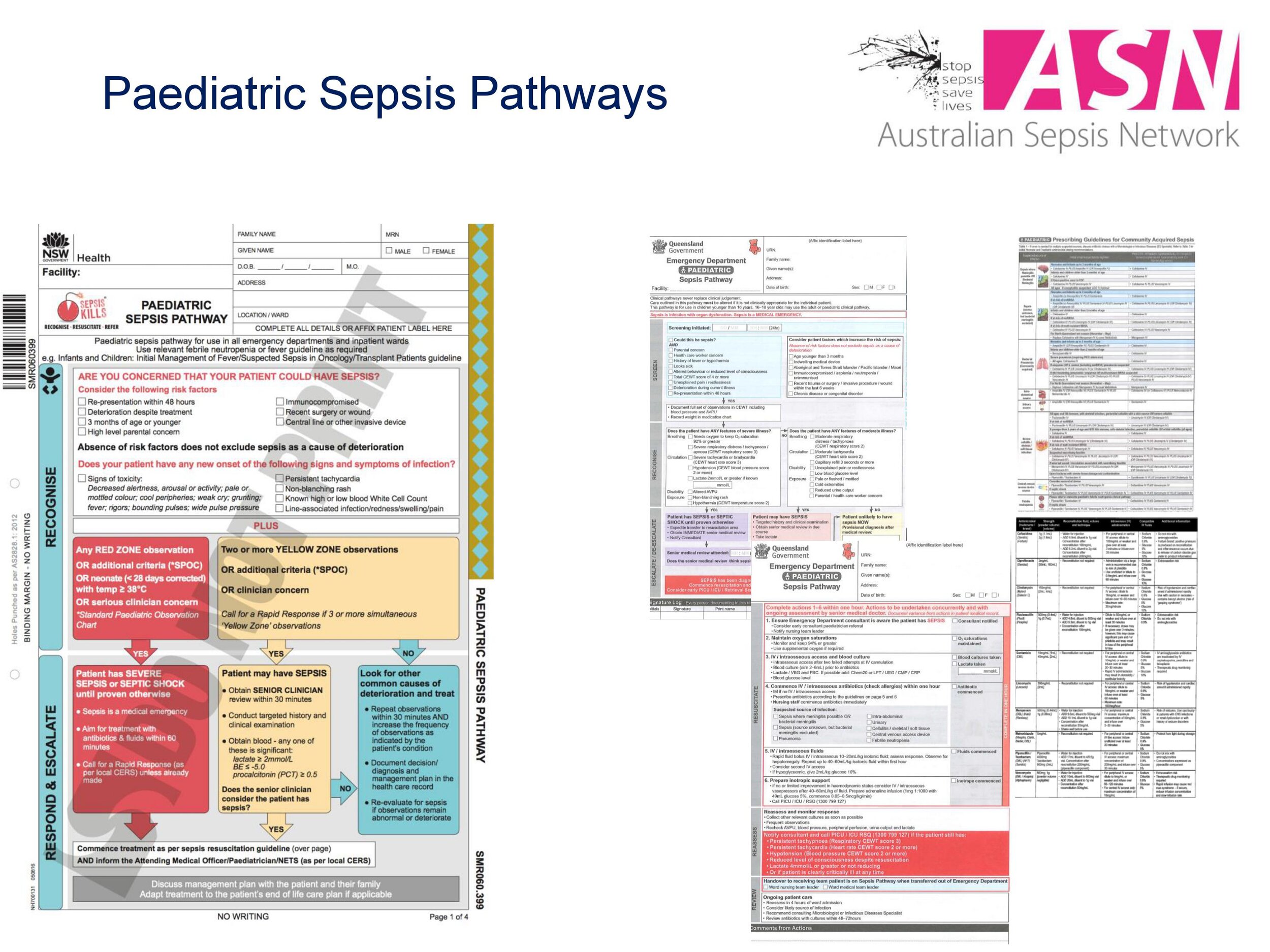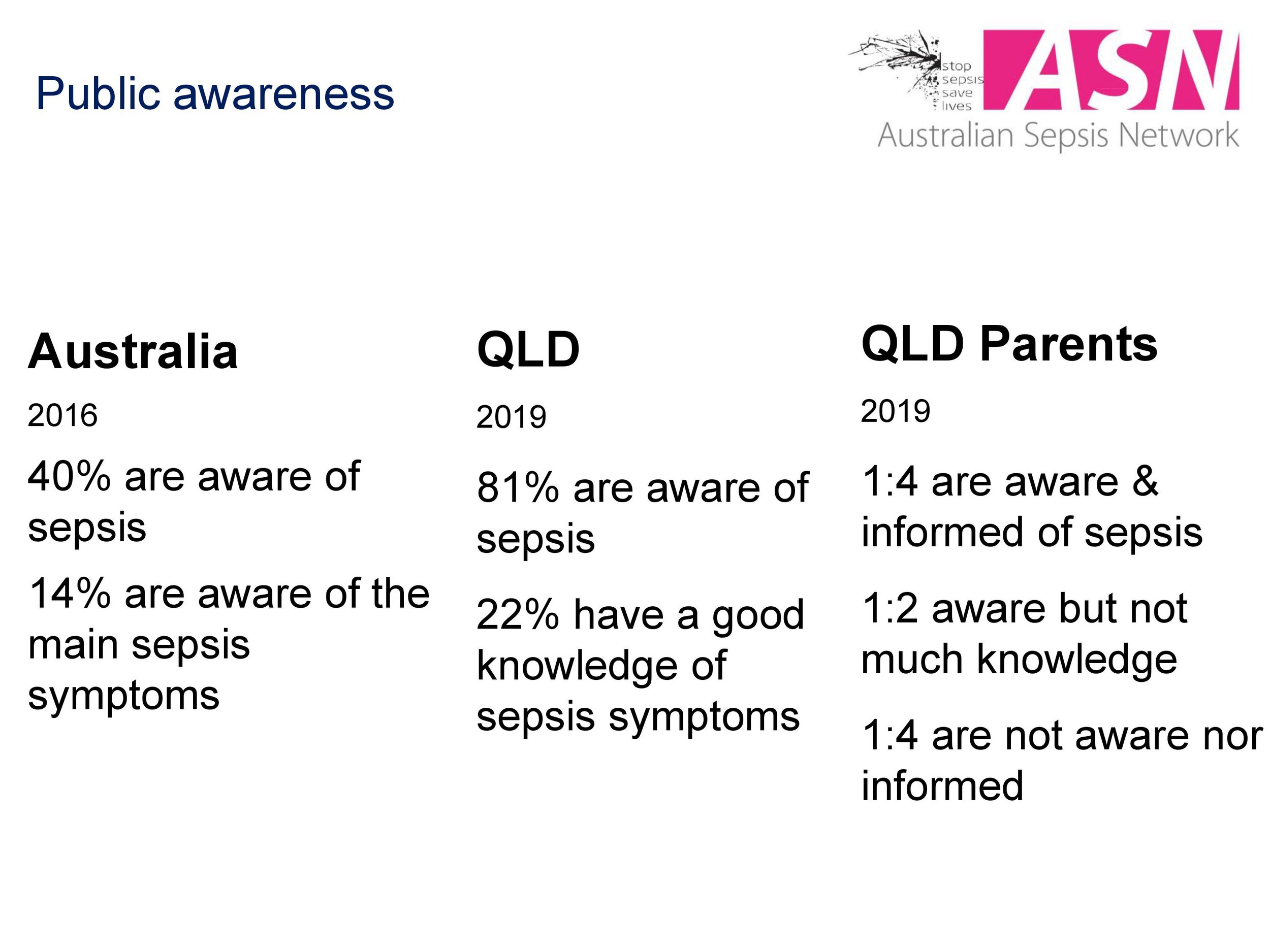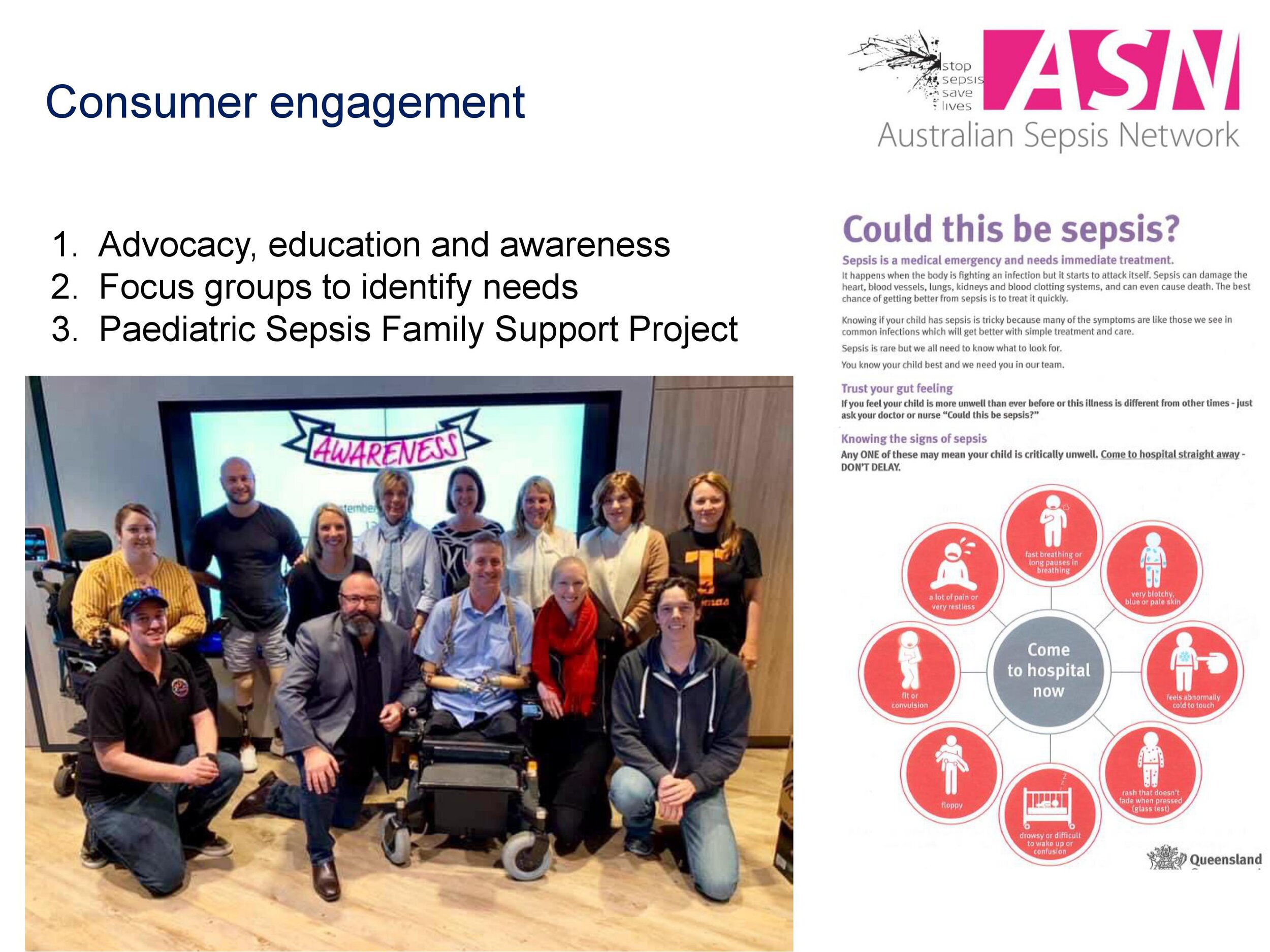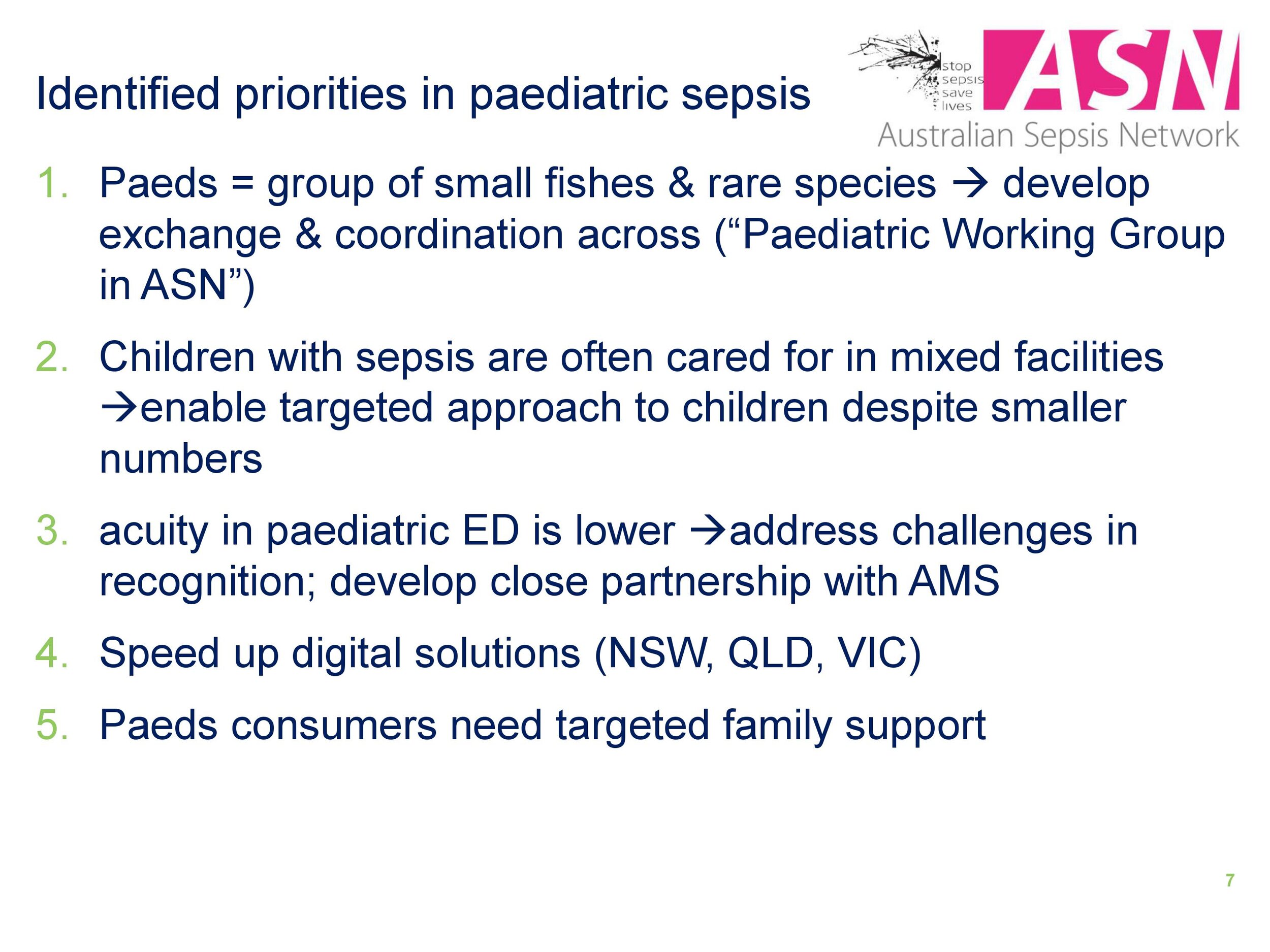The first part of the survey is now closed. On behalf of the APSA Executive and Workgroup Leads, please accept our sincere gratitude for completing this survey. Thank you so much, we are now analyzing the results and will share them with you soon.
Congratulations to George Institute’s Professor Simon Finfer for his appointment as an Officer (AO) of the Order of Australia in the Queen’s Birthday Honours list.
More information can be found here: https://www.georgeinstitute.org.au/news/george-institutes-professor-simon-finfer-recognised-in-queens-birthday-honours
The rapid global spread of the novel coronavirus SARS-CoV-2 has caused societal, economic, and medical upheaval not seen since the 1918 influenza pandemic. As of April 7th, the World Health Organization has confirmed cases in 203 countries, areas or territories, with over 1.2 million confirmed cases and over 65,000 deaths. Further, many experts believe these numbers to be a gross underestimate for a variety of reasons, including inadequate testing capacity and suboptimal reporting of cases. Despite extensive modeling by epidemiologists all over the world, it is not possible to accurately predict the course and duration of this pandemic. It is important that we continue to obtain objective data on which we base recommendations. A calm and rational approach from both society and individuals is necessary during these uncertain times.
There remains considerable confusion regarding the differences between seasonal influenza and COVID-19 (the illness caused by SARS-CoV-2). While both viruses are capable of causing severe illness and can spread rapidly, it appears that SARS-CoV-2 is a more deadly pathogen on a case-by-case basis, can be spread during the asymptomatic phase, and is capable of much more rapid spread. The higher burden and mortality may be attributed to the fact that SARS-CoV-2 is a “newly emerged” virus, and consequently, there is very little innate immunity to it among humans, unlike with influenza where both prior infection and annual vaccination can provide protection. Overall, however, the sheer contagiousness of this new virus has led to the high morbidity and mortality seen globally – simply put, healthcare systems have been unable to cope with the number of infected persons seeking care. Indeed, a proportion of the reported deaths are due to overwhelmed medical systems rather than the virulence of COVID-19. This is a crucial factor explaining the “flatten the curve” strategy adopted by many countries.
Now that more scientific data are available on COVID-19, the Asia Pacific Sepsis Alliance can more definitively state that COVID-19 does indeed cause sepsis. Sepsis is “a life-threatening organ dysfunction caused by a dysregulated host response to infection.” In the case of COVID-19, the effects on the respiratory system are well-known, with most people requiring hospital admission developing pneumonia of varying severity; however, virtually all other organ systems can be affected. This is consistent with a combination of direct viral invasion and sepsis. For example, in a recently published case series of severe COVID-19 cases from the Seattle area in the United States, over 30% had evidence of liver injury and 75% had evidence of a depressed immune response1; another series from the same region reported acute kidney failure in almost 20% of affected patients requiring ICU care 2, and both series reported septic shock severe enough to require drugs to support the heart and circulation in almost 70% of patients. A recent study from China reported that in patients hospitalized with COVID-19, 28% had evidence of significant heart damage (potentially from direct invasion of cardiac muscle by the virus), resulting in heart failure and abnormal heart rhythms – this damage was associated with a five-fold increase in the risk of death3. As there are no proven therapies effective against the virus itself, it is apparent that the best COVID-19 care includes good sepsis care.
Effective and safe treatments for COVID-19 are urgently being sought by scientists across the world. Although it is hoped that the first batches of a COVID-19 vaccine will begin to be tested in humans in April 20204, large-scale distribution of a viable vaccine may still be a year or more away. Treatment trials are underway with antiviral agents such as Lopinavir/ritonavir (LPV/r), Hydroxychloroquine (HCG), Hydroxychloroquine plus azithromycin, Favipiravir (FPV), Remdesivir (RDV), and with immunomodulators such as Tocilizumab, the anti-C5a antibody IFX-1, and Intravenous Immunoglobulin (IVIG). In addition, potential treatment with convalescent serum is being attempted and trialed.
However, despite these efforts, presently there are no specific treatments for COVID-19. As such, the Asia Pacific Sepsis Alliance continues to strongly advocate for strict adherence to the basic protective measures recommended by the WHO – handwashing, maintaining social distancing, avoiding touching one’s face, practicing proper respiratory hygiene, staying at home if feeling unwell, and obtaining prompt medical care if fever, cough, and breathing difficulty develop together. We also recommend close attention and adherence to the restrictions on social gatherings set by local health authorities and government bodies. We encourage you to assess the particular challenges faced by the healthcare systems in your area, and if you are able to materially assist in any way (including something as simple as volunteering to be a blood donor), please do so. We are in this together. Be safe.
This article was published on April 7th, 2020, with the most recent data from the WHO Situation Report from April 6th, 2020 - we expect both cases and deaths to rise further. The views in this news post are not intended or implied to be a substitute for professional medical advice. Special thanks to Nathan Nielsen, Niranjan ‘Tex’ Kissoon, Konrad Reinhart, Dennis Kredler, Mahawi Aljuaid, and Simon Finfer for helping to put this article together.
References
1 (Bhatraju PK, et al. NEJM 2020)
2 (Arentz M, et al. JAMA 2020)
3 (Guo T, et al. JAMA 2020)
4 https://time.com/5790545/first-COVID-19-vaccine/
Update April 7th: While the article below was factually correct at the time of publication, it has become outdated (as many things that were written or said a month ago) – an updated version is available here.
On January 30th, the World Health Organization declared the 2019 Novel Coronavirus (SARS-CoV-2*) a global health emergency, declaring it an “unprecedented outbreak.” Legitimate concerns of a deadly pandemic have increased due to the virus continuing to spread worldwide, with cases reported in 73 countries spanning across Europe, Asia, South America, North America, and the Eastern Mediterranean Region.
As with every major public health crisis, misinformation and fear run rampant. The importance of fact-based information is tantamount. To this end, the Asia Pacific Sepsis Alliance would like to provide the following answer to the question of whether COVID-19 can cause sepsis. The answer is a qualified “YES.”
The presently accepted definition of sepsis is a life-threatening organ dysfunction caused by a dysregulated host response to infection. From information presently available on clinical cases of COVID-19, it appears that a small percentage of COVID-19 infections can result in such organ dysfunction and death.
To date, the most reliable information on the clinical syndrome resulting from COVID-19 comes from recently published data out of Wuhan, China and was published in the Journal of the American Medical Association (JAMA) on February 7, 2020. The most common symptoms attributed to COVID-19 infection requiring hospitalization were fever, fatigue, and a dry cough. A majority of cases also had low white blood cell counts and abnormal blood clotting parameters. Of patients hospitalized with COVID-19, 26% were sick enough to be treated in an intensive care unit (ICU) – of these, approximately 60% developed respiratory failure and 31% developed shock. Prolonged hospital courses were not uncommon. Fortunately, even among patients ill enough to be hospitalized with COVID-19 infection, only 4% died – meaning that even among hospitalized COVID-19 cases, nearly 96% have survived. Broader epidemiological data from both inside and outside China also support a case fatality rate of about 1%.
However, despite the attention being paid to COVID-19, it is important to realize that it is by no means the deadliest infection globally in 2020. It is not even the deadliest virus. Fewer than 3,200 deaths have been attributed in total to COVID-19. In comparison, the influenza virus has been responsible for at least 16,000 deaths in the United States alone so far in the 2019-2020 influenza season, with an in-hospital death rate near 5% – higher than the 4% in-hospital death rate seen with COVID-19 in China. As an additional frame of reference, recent estimates place the annual deaths due to sepsis worldwide in excess of 11 million.
Treatments and vaccines are being sought with urgency but are unlikely to be available within the next year. In the meantime, all individuals, particularly those in areas where the COVID-19 has already struck, should focus on the basic protective measures recommended by the WHO – handwashing, maintaining social distancing, avoiding touching one’s face, practicing proper respiratory hygiene, staying at home if feeling unwell, and obtaining prompt medical care if the triad of fever, cough, and breathing difficulty develop.
In conclusion, while the fears of a COVID-19 pandemic are legitimate, it is the view of the APSA that robust and appropriately funded healthcare systems, having already improved the survival rates for sepsis significantly over the past two decades, will be able to adequately identify and manage patients with emerging infections such as COVID-19. Additionally, while the majority of individuals affected by COVID-19 will not develop life-threatening sepsis, the global threat posed by COVID-19 does underpin the need for all citizens and healthcare workers to ensure they are familiar with the early signs of sepsis and appreciate that sepsis can be caused by a multitude of infections, such as this novel coronavirus, other viral infections, seasonal influenza viruses, or common bacterial infections such as pneumonia, urinary tract, abdominal, or wound infections. Never has the slogan of the World Sepsis Day Movement rung truer than now – Stop Sepsis, Save Lives.
This article was published on March 4th, 2020, with the most recent data from the WHO Situation Report from March 3rd, 2020. The views in this news post are not intended or implied to be a substitute for professional medical advice. Special thanks to Nathan Nielsen, Luis Gorordo Del Sol, Emmanuel Nsutebu, and Simon Finfer for helping to put this article together.
*For simplicity, we’ll refer to the virus as COVID-19, even though it’s technically SARS-CoV-2, and the disease it can cause is COVID-19 (by analogy: HIV = virus, AIDS = the disease it can cause).
Twice as many people are dying from sepsis worldwide than previously estimated, according to a groundbreaking study by an international team of scientists published in The Lancet today. Among them are a disproportionately high number of children in poor areas.
This study, the most comprehensive clinical study on sepsis to date, revealed 48.9 million cases of sepsis in 2017 and 11 million deaths. 1 in 5 deaths globally are associated with sepsis. Sepsis arises when the body’s response to an infection injures its own tissues and organs. It may lead to shock, multi-organ failure, and death – especially if not recognized early and treated promptly. For sepsis survivors, it can create lifelong disabilities and suffering.
It was found that about 85% of sepsis cases occurred in low- or middle-income countries – especially in Sub-Saharan Africa, the South Pacific islands, and South, East, and Southeast Asia. While sepsis incidence is higher among females than males, more than 40% of all cases are occurring in children under 5.
“I’ve worked in rural Uganda, and sepsis is what we saw every single day. Watching a baby die of a disease that could have been prevented with basic public health measures really sticks with you. I want to contribute to solving this tragedy, so I participate in research on sepsis. However, how can we know if we’re making progress if we don’t even know the size of the problem? If you look at any top 10 list of deaths globally, sepsis is not listed because it hasn’t been counted.”
For their analysis, Rudd and colleagues leveraged the Global Burden of Disease Study, a comprehensive epidemiological analysis coordinated by the Institute for Health Metrics and Evaluation (IMHE) at the University of Washington School of Medicine. Previous global estimates for sepsis relied upon hospital databases from select middle- and high-income countries, making them severely limited and prone to overlooking the occurrence outside of the hospital, especially in low-income countries.
“We are alarmed to find sepsis deaths are much higher than previously estimated, especially as the condition is both preventable and treatable. We need renewed focus on sepsis prevention among newborns and on tackling antimicrobial resistance, an important driver of the condition.”
Although the number of cases are much higher than previously estimated, it is important to note that great international and collaborative work has been done worldwide in the past decades to fight sepsis. These efforts are conveyed in the study which examined annual sepsis incidence and mortality trends from 1990 to 2017. The study found that rates are actually decreasing. In 1990, there were an estimated 60.2 million sepsis cases and 15.7 million deaths, compared to the 48.9 million cases and 11 million deaths in 2017. However, the study highlights we still have a long way to go in the global fight against sepsis and we need to continue to build upon the work being done worldwide.
“This research confirms the urgent need for policymakers, healthcare providers, clinicians, and researchers to work together to implement robust national sepsis strategies, as called for in the 2017 WHO Resolution on Sepsis.”
This research was funded by The Bill & Melinda Gates Foundation, the National Institutes of Health (grants T32HL007287, T32HL007820, R35GM119519), the University of Pittsburgh, the British Columbia Children’s Hospital Foundation, the Wellcome Trust, and the Fleming Fund.
A comprehensive press release, a template for a press release, and a contact person for media inquiries is available on the website of our friends at World Sepsis Day.
The most comprehensive clinical study on sepsis will be released in The Lancet this Thursday, January 16th, 2020 at 18:05h Central European Time. This research contains the most far-reaching and up-to-date data on the incidence and mortality of sepsis worldwide. This study has the potential to change health policy and disease management all around the world, in both developing and under-developed countries.
The results of said study will be presented at the Critical Care Reviews Meeting this Thursday, January 16th, 2020, at 16:35h Belfast Time (17:35h Central European Time, please click here to see to the event in your time zone). There will be a livestream* available (embedded below for your viewing convenience), where you’ll be able to follow along. We urge you to tune in and share the link with your colleagues and other interested parties.
As soon as the presentation has concluded, we’ll share the new numbers on the global burden of sepsis, as well as further documentation.
Livestream
*Livestreams are tricky, especially when being set up in advance. If the link doesn’t work on the day of the event, we’ll make sure to update it promptly, so stay tuned.
On November 19th, 2019, the Sepsis Alliance Pakistan (SoAP) was launched by a diverse group of 43 doctors in Pakistan, as well as the Karachi Sepsis Declaration adopted. Honorable Governor Sindh Imran Ismail himself signed the Karachi Sepsis Declaration at the Sindh Governor House, Karachi, Pakistan.
Karachi Sepsis Declaration
Commitment to Improve Sepsis Awareness, Early Recognition, Prevention, Care, and Research in Pakistan
Sepsis results when the body’s response to an infection injures its own tissues leading to vital organ failure and critical illness if not managed early and appropriately. It is responsible for killing over 6 million people per year worldwide, claiming more lives than bowel and breast cancer combined.
Sepsis does not discriminate against age, gender, religion, social status or geographic borders. An estimated 60-80% of deaths in developing countries like Pakistan occur due to sepsis. Low standards of living, poor hygiene, malnutrition, limited access to healthcare facilities and weak health systems contribute to the disproportionately high morbidity and mortality from sepsis in our region.
We acknowledge that;
Despite the unacceptable number of deaths and disabilities caused by sepsis, the awareness of sepsis among healthcare providers and laypeople in the country is very low.
There is usually an unacceptable delay in recognizing sepsis and a wide variation in practice among doctors to treat sepsis.
Hospital-acquired infections (HAI) and antimicrobial resistance (AMR) are a major healthcare issue in the country.
National policies to improve prevention, recognition, and treatment of sepsis are lacking in Pakistan.
On November 19th 2019, members of various medical societies urge government authorities, policy makers, healthcare managers, professionals and philanthropists to help us to;
Promote Sepsis Awareness among lay people and healthcare workers, by commemorating World Sepsis Day every year on September 13th and throughout the year by focused activities.
Prioritize Sepsis Prevention by promoting practices of good general hygiene and hand washing, improvement in sanitation, clean deliveries and nutrition, and encouraging vaccination in high-risk groups.
Reduce the time-to-recognize sepsis by front line physicians and the variation in Sepsis Management in hospitals and intensive care units through undergraduate and postgraduate education and training of healthcare professionals.
Encourage hospital managements to adopt measures aimed at minimizing the risk of development and spread of AMR and HAI.
Facilitate collaborative Sepsis Research in the country through establishment of sepsis registries to document burden of disease in Pakistan and identify vulnerable groups and cost effective interventions to improve outcomes.
Guide policy makers formulate a National Action Plan to adopt the WHO resolution (WHA 70.7) of May 2017 for improving the prevention, diagnosis and clinical management of sepsis
We encourage representatives of various professional societies of physicians, surgeons, paediatricians, emergency and intensive care medicine, infectious diseases and microbiology, public health and nurses from government and nongovernment organizations to join hands with Sepsis Alliance Pakistan (SoAP) to fight sepsis in our country.
Today, we are incredibly excited to unveil the new logo of the Asia Pacific Sepsis Alliance - we hope you like it. To give feedback or become involved, please contact us.
P.S.: Additionally, there is also a white version of the new logo, to be used on colored backgrounds, for example the header of this website.
Welcome to the new website of the Asia Pacific Sepsis Alliance - we hope you like it.
We are just getting started, so please excuse it looking a little rough around the edges.
If you want to contribute, join, or get in touch, please contact us!
Our website now supports your operating systems native dark mode - depending on the settings of your device, this website will be either light or dark, making it more user friendly and easier on the eyes when viewed at night. Please note that you need to use a relatively modern browser for this to work.
How to Enable Dark Mode
Enabling dark mode depends on your device. Here is a quick how-to for the most common operating systems:
iOS / iPad OS (iPhone / iPad)
Make sure you have at least iOS 13.0 installed (you can check in Settings -> General -> Info)
Access control center (by swiping down from the top right on Face ID enabled devices or from the bottom up on devices with a home button)
Long press on the brightness slider and tap the dark mode icon at the bottom left
Android (can be different depending on manufacturer)
Make sure you have at least Android 10 installed (you can check in Settings -> About Phone -> Software Information)
Open the settings app
Navigate to Display -> Theme and enable ‘Dark Theme’ (you can also add a tile to the quick settings pull-down menu)
Mac
Make sure you have at least macOS Mojave (10.14) installed (you can check by clicking on the Apple Menu at the top left, and then ‘About this Mac’)
Open the settings app and navigate to General
Use the buttons at the top to switch between a dark and a light appearance (with macOS Catalina (10.15), you can also set this to automatic, based on sunset at your location)
Windows
Make sure you have at least Windows 10 installed (you can check by clicking on the Start Button -> Settings -> System -> About)
Open the settings app and go to Personalization -> Colors
Under ‘Choose your default app mode’, choose Dark
Feedback
We are constantly improving our websites, dark mode is just one of many improvements (although a big one). If you have issues with dark mode, have ideas to improve our websites further, or have other feedback, we’d love to hear from you. If you are interested how we implement dark mode, there is a tutorial on the World Sepsis Day website.
Every year on September 13th, World Sepsis Day raises awareness for sepsis with countless events all over the world, including in the Asia Pacific region. The above picture is from a WSD Event in Pakistan, hosted by the Pakistan Society of Critical Care Medicine, while the video below (provided by Dr. Sebastian Tan) shows WSD activities in Malaysia.
We’d love to feature more events from the region in this article - if you hosted an event, please contact us and we’ll add it to this post.
This article was originally published on the World Sepsis Day website, before the website of the APSA existed. It has been retroactively published here for the sake of completeness.
On Wednesday, October 16th, 2019, World Sepsis Day Supporters from all around the globe came together at the World Congress of Intensive Care in Melbourne, Australia, for a World Sepsis Day Supporter Meeting.
Simon Finfer, John Marshall, Flavia Machado, Ged Williams, Alison Fox-Robichaud, Djillali Annane, Abi Beane, Tony Yeh, Bala Venkatesh, Luregn Schlapbach, and Brett Abbenbroek provided an update on regional and national sepsis related activities. Presentations can be viewed and downloaded below (please note that not all presentations had slides). Topics included the strategy of the Global Sepsis Alliance for 2019 and 2020, a look back on World Sepsis Day, an update on the Asia Pacific Sepsis Alliance, African Sepsis Alliance, and Latin America Sepsis Institute, along with recent achievements in the fight against sepsis in Canada, France, Taiwan, the Eastern Mediterranean, South East Asia, and Australia.
Our next World Sepsis Day Supporter Meeting will take place at ISICEM 2020 in Brussels, Belgium.
Summary of GSA and WSD Activities in 2019 - Flavia Machado and Simon Finfer
WHO Resolution on Sepsis - Progress - Flavia Machado and Simon Finfer
Asia Pacific Sepsis Alliance - Simon Finfer
Latin American Sepsis Institute - Flavia Machado
Sepsis in Taiwan - Tony Yeh
Queensland Sepsis Steering Committee – Bala Venkatesh
Pediatric Sepsis in Australia – Luregn Schlapbach
This article was originally published on the World Sepsis Day website, before the website of the APSA existed. It has been retroactively published here for the sake of completeness.
The next WSD Supporter Meeting will be held on October 16th, 2019 at the World Congress of Intensive Care in Melbourne. Main topics will be the collaboration with the WHO to roll out the demands of the Resolution on Sepsis, an update on the establishment of regional sepsis alliances, World Sepsis Day, and more. Please download the preliminary agenda below.
If you are in Melbourne in October, we encourage you to participate – we are looking forward to connecting with you and hearing your ideas and suggestions to continue to raise awareness for sepsis worldwide.
Wednesday, October 16th, 2019
12:30 to 14:00h
Meeting Room: Hospitality Suite 4
Snacks will be provided
Participation is free of charge and open to everyone
























